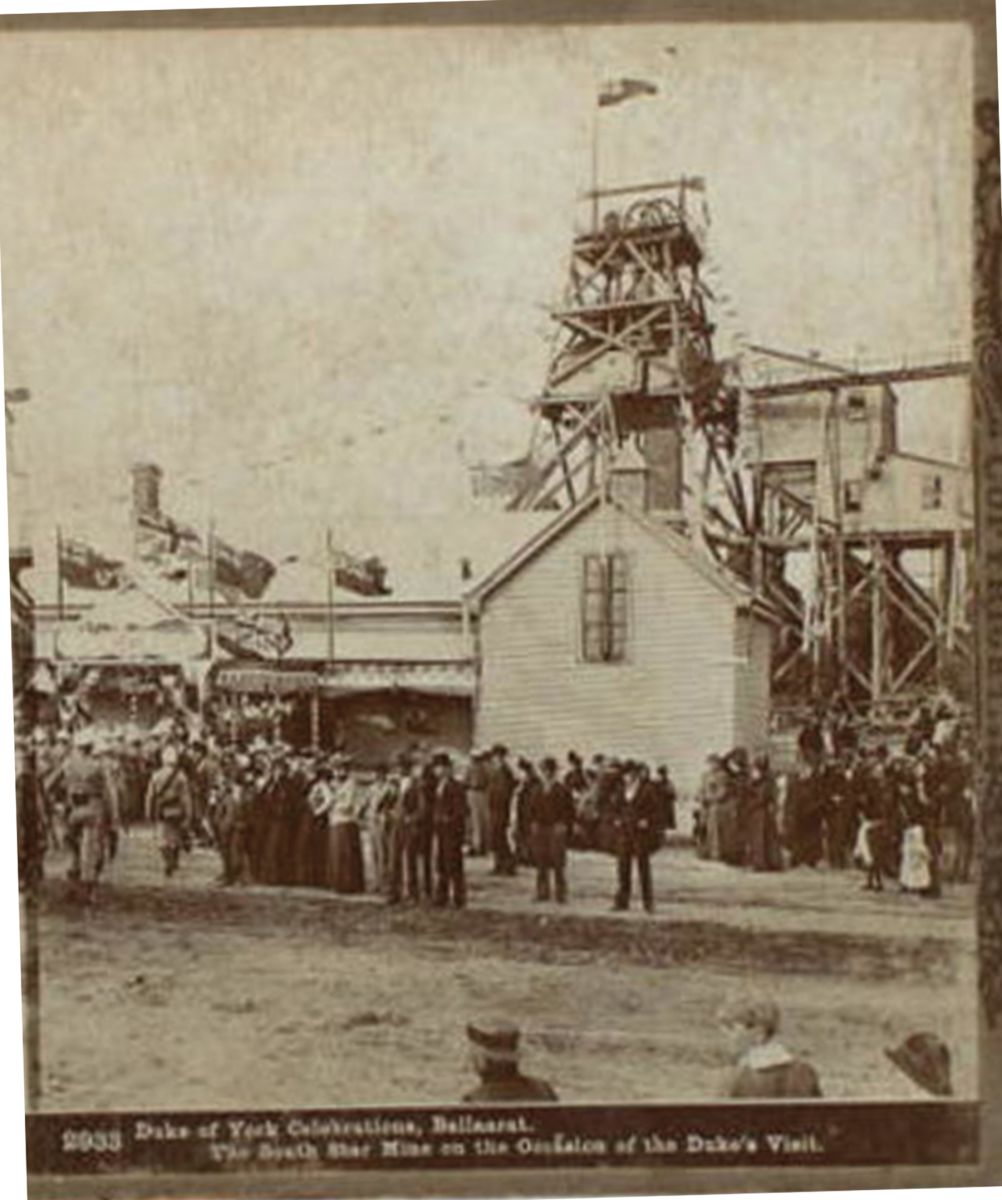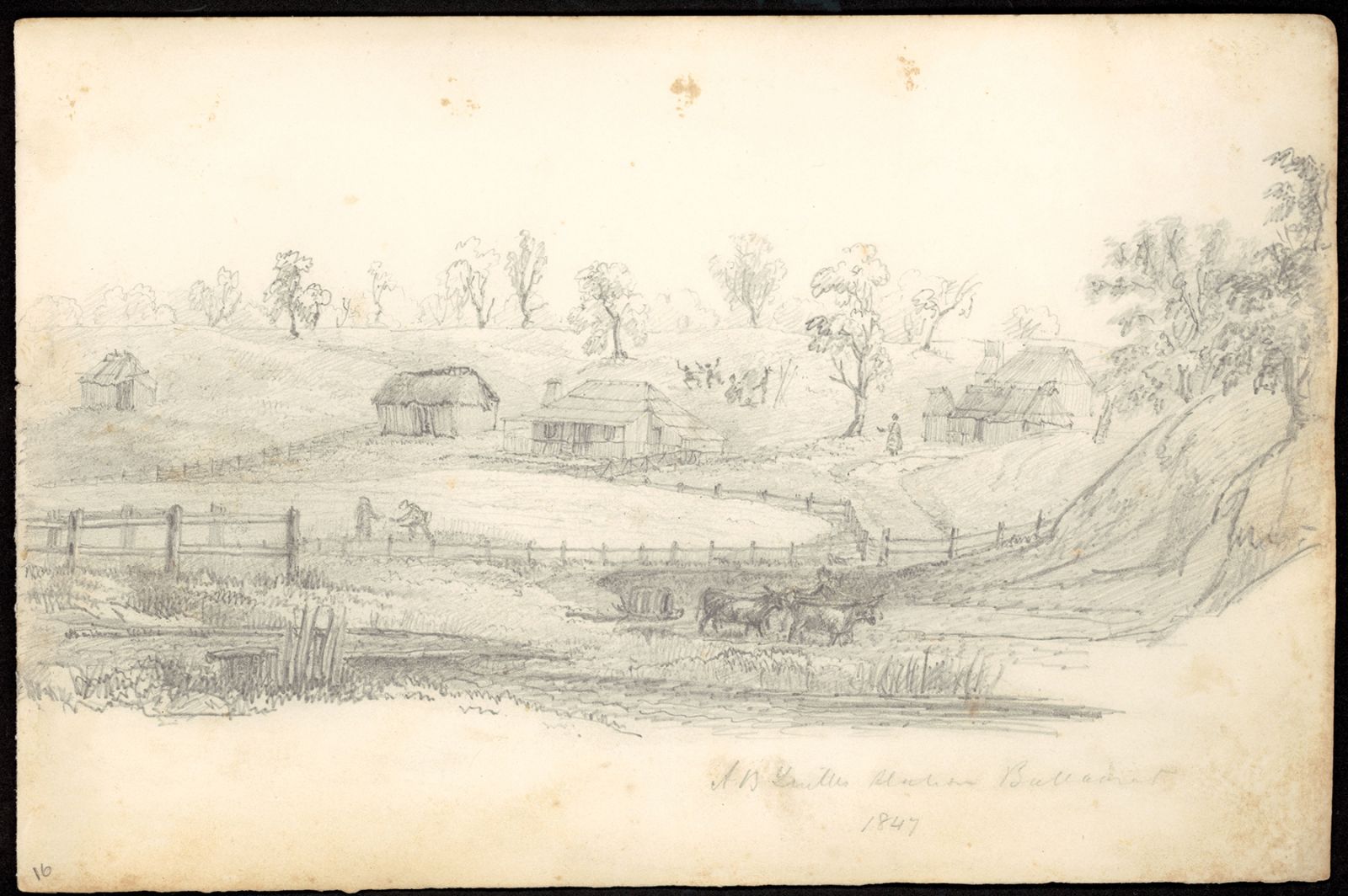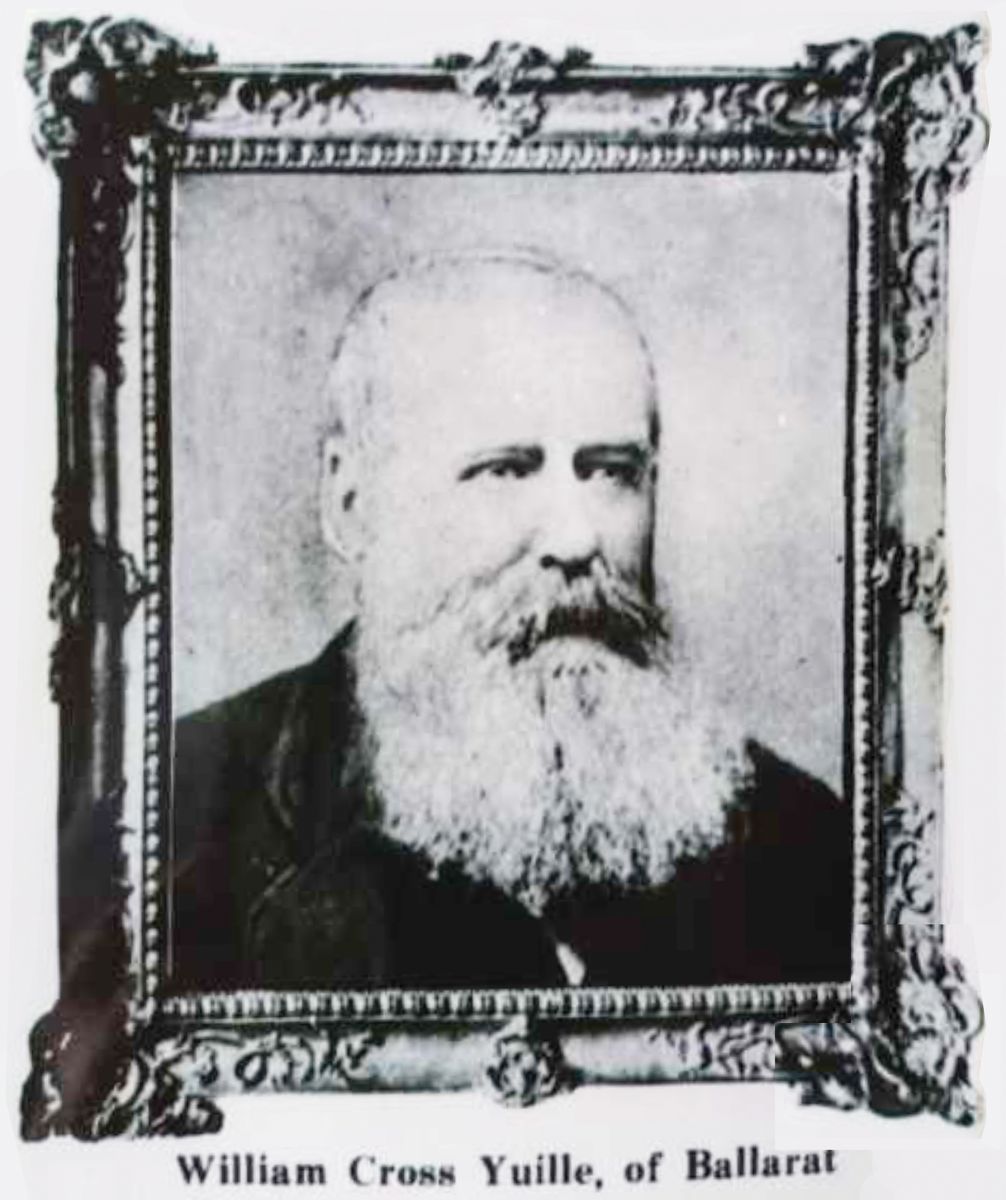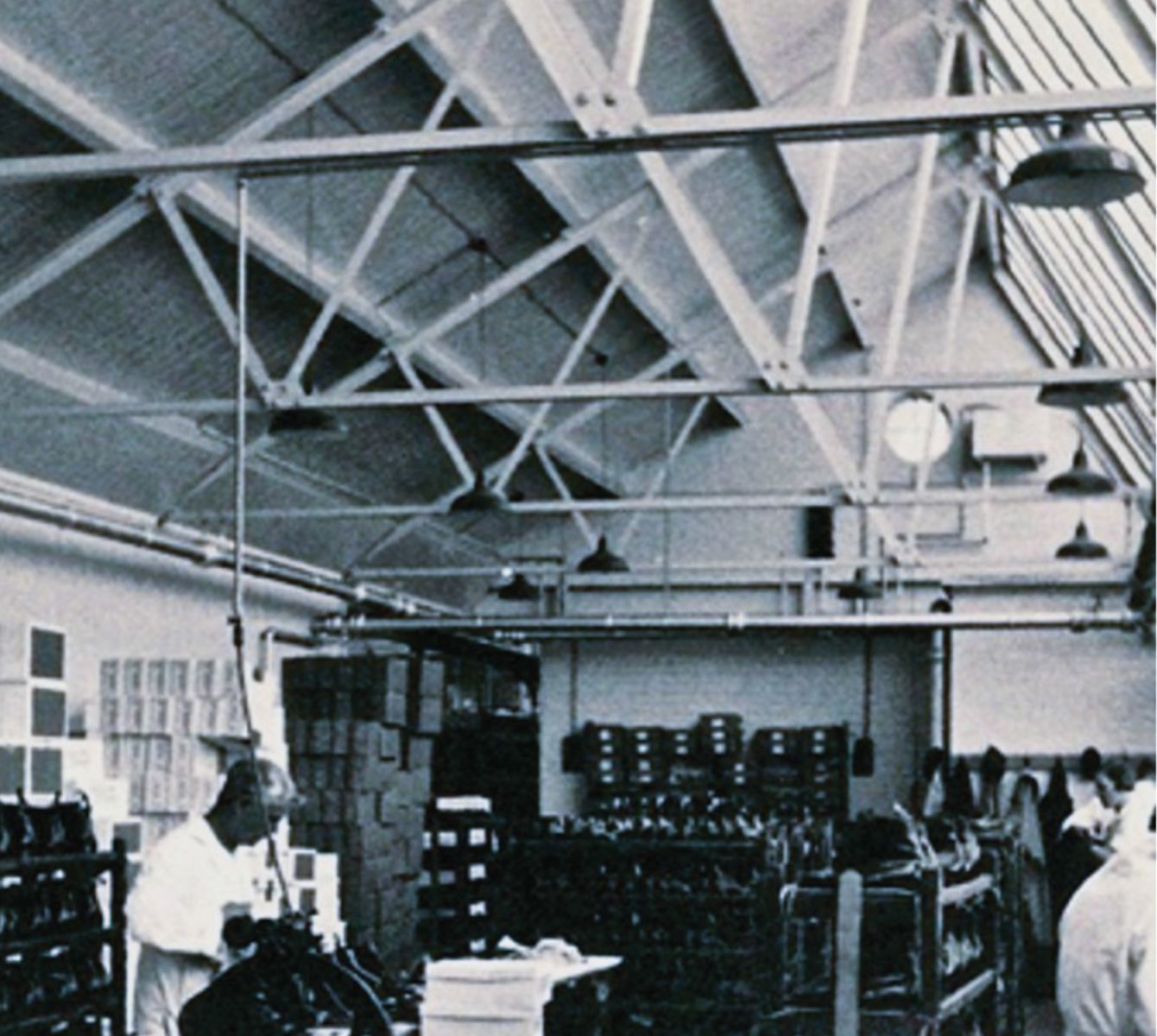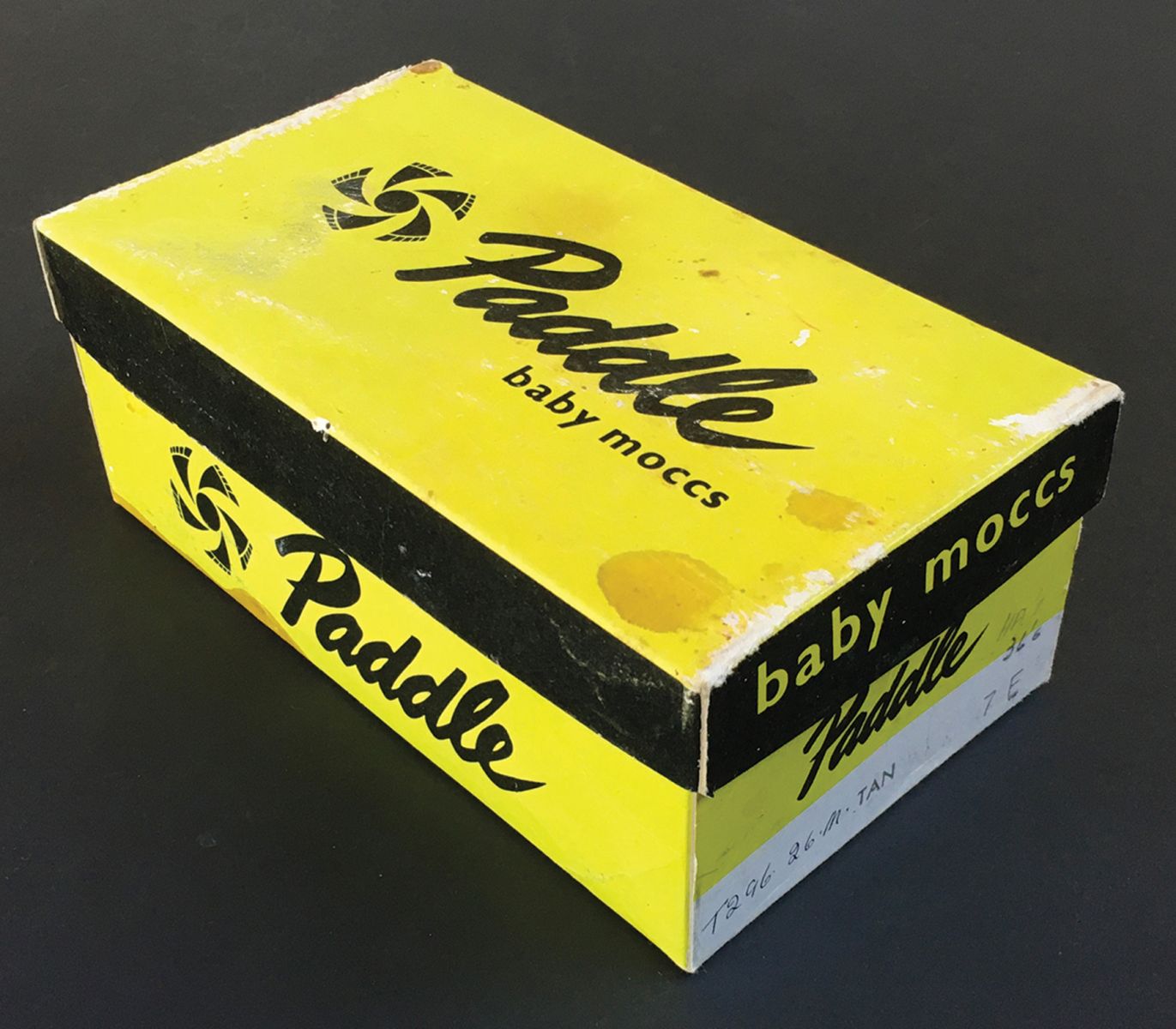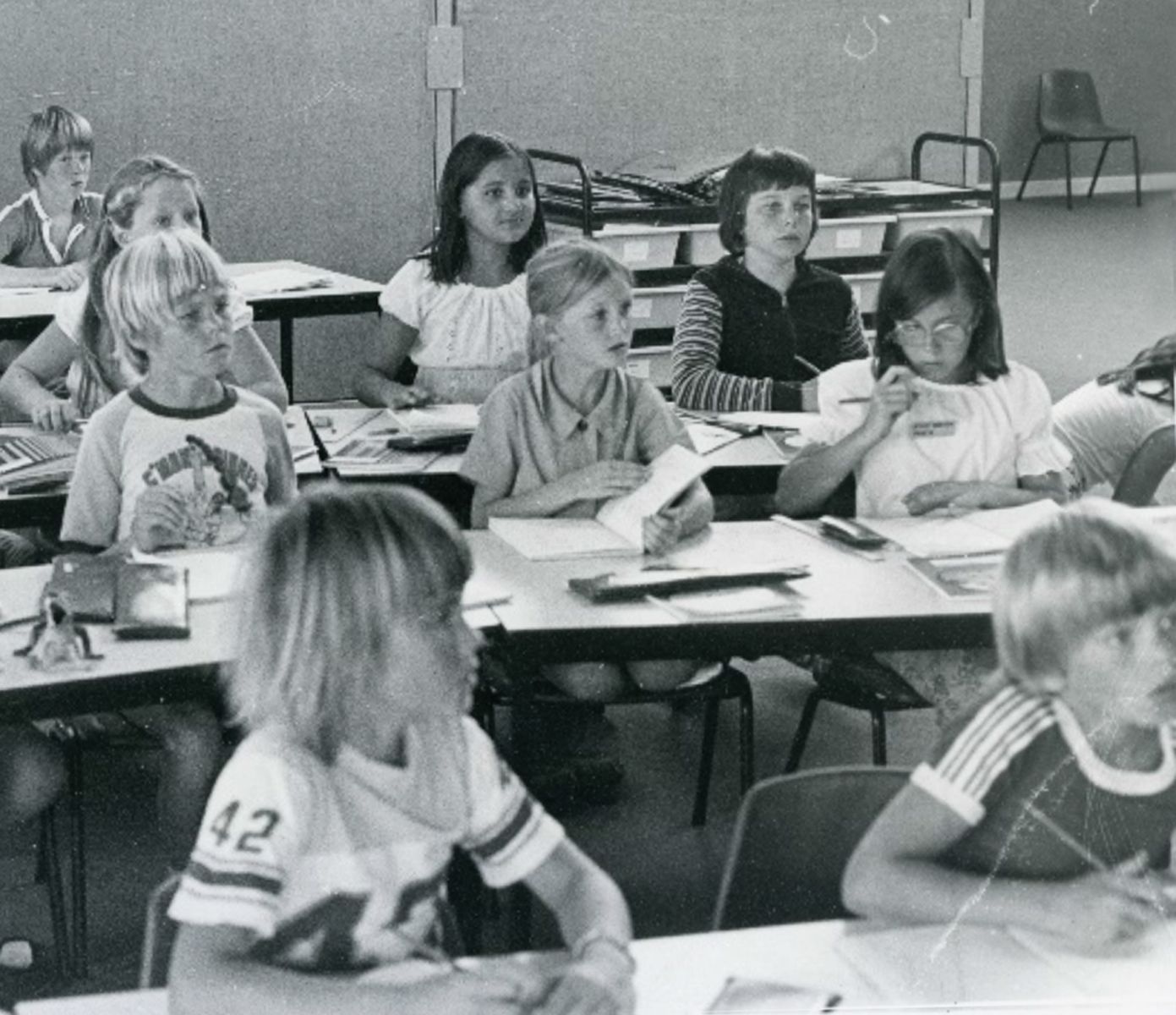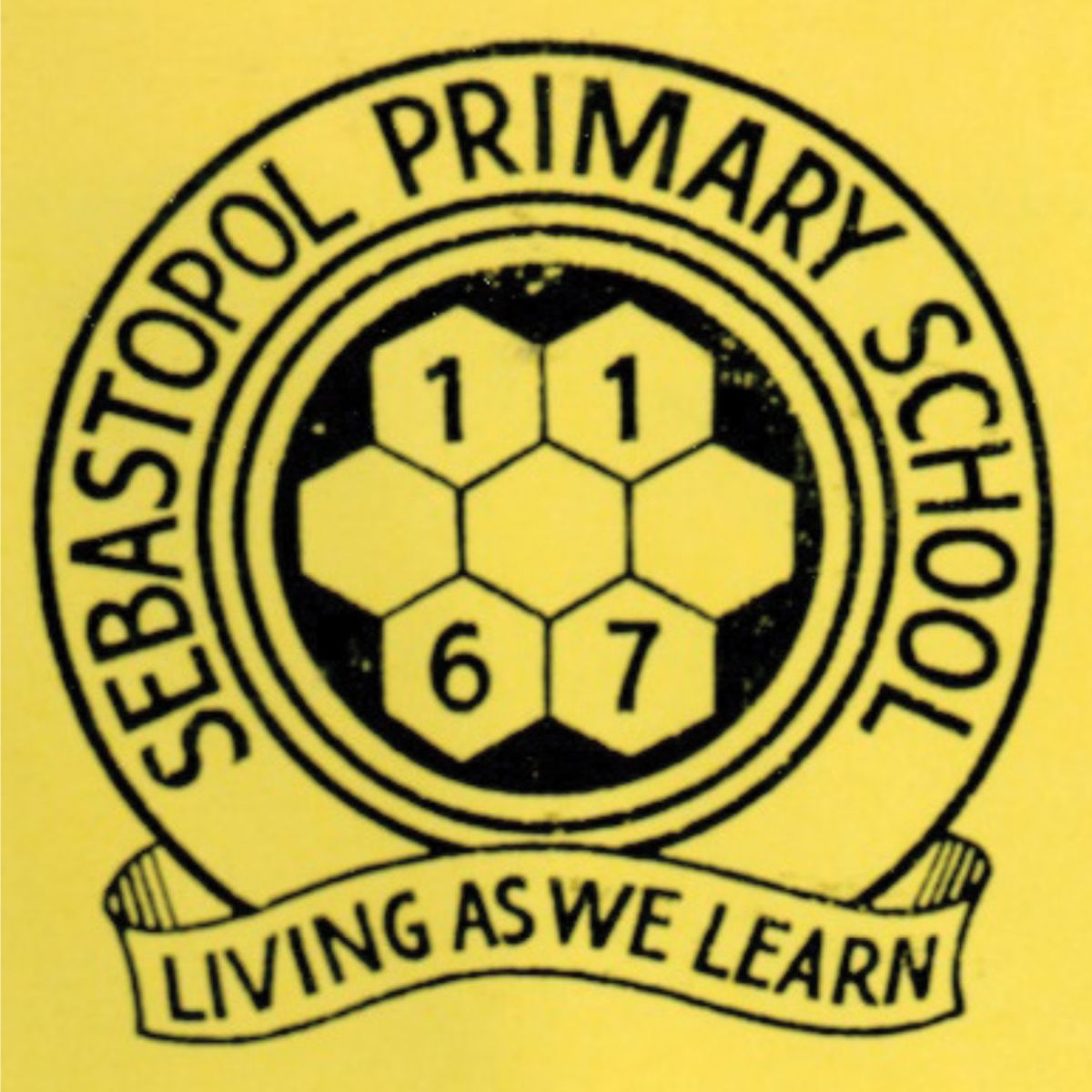Discover Historic Sebastopol
Explore the 'Burra'
Discover Historic Sebastopol was a joint project between Sebastopol Historical Society and Ballarat Neighbourhood Centre , aimed at sharing and promoting the rich history of Sebastopol with the community. Through ten informative signs installed at key sites around the suburb, and stories of twenty-seven significant sites explored in the project brochure, there is plenty of fascinating history to discover in the ‘Burra.’ The Discover Historic Sebastopol project was funded by Regional Development Victoria as part of Spotlight on Sebastopol, with support from the City of Ballarat.
The Wadawurrung: 60,000 years of history
Warrenheip Hills near Ballarat, 1854, Eugene von Guérard (Source: National Gallery of Victoria)
Aboriginies met on the road to the diggings, 1854, Eugene von Guérard (Source: Geelong Gallery, Gift of W Max Bell and Norman Belcher, 1923)
Bunjil - The Creator
According to the documented Dreamtime legend, 60,000 years ago Bunjil soared over Wadawurrung Country, shaping the landscape and creating all the people and animals. A wedge-tailed eagle creator being, Bunjil made the laws for people to live by, before becoming a star to live forever alongside the stars of his two black swan wives. This constellation appears nightly in the skies above Ballarat and the Western Plains.
Wadawurrung Country
The Traditional Custodians of the land and waterways, of which Sebastopol is part, are the Wadawurrung. The Wadawurrung nation is also known by Wathaurong, Wathaurung, and Wadda Wurrung. They are part of the Kulin alliance. The Wathaurong language was spoken by 25 clans south of the Werribee River, across the Ballarat area, the Bellarine Peninsula and west to Streatham.
For thousands of generations, the Wadawurrung people have lived in the Ballarat region. Wadawurrung Country provided all of the food, clothing and shelter the people needed and their lives were rich with culture and ritual. They typically lived in family groups and, by following the laws of Bunjil and other creator ancestors, they took great care of their country to make sure it would always look after them.
Ballaarat is a word of Wadawurrung origin from “Balla” and “Arat” meaning “resting place”. It was a camp ground and place where groups gathered. Sebastopol, the meeting place of two creeks, was a seasonal hunting and fishing ground. In 1837 these two words were first recorded by the squatter William Cross Yuille as “Ballaarat”, who no doubt accentuated the vowels in his Scottish brogue. He chose this name for his sheep run on the Yarrowee River. With the arrival of Europeans, particularly with the gold rush of the 1850s, the lives of the Wadawurrung people were changed forever.
We acknowledge that we travel across the ancient landscapes of First Nation communities. These lands have been nurtured and cared for over tens of thousands of years and we respect the work of Traditional Custodians for their ongoing care and protection.
We recognise the past injustices against Aboriginal and Torres Strait Islander peoples in this country. As our knowledge grows, we hope that we can learn from their resilience and creativity that has guided them for over 60,000 years. As we invite you to visit and explore Sebastopol, we ask that alongside us, you respect the stories, living culture and connection to country of the Ancestors and Elders of our First Nation Peoples. We acknowledge the Wadawurrung people, Traditional Owners of this land, and pay respects to Elders, past, present and emerging.
Introduction
British settlement in this part of the world began in 1838 when W. C. Yuille and his cousin Archibald set up their station at the end of what we now call Bala St, overlooking the valley of the Yarrowee. They named their station ‘Ballaarat’. The main road to Ballaarat in the 1840s was not Main Road or even Melbourne Road, it was Government Road, later named Albert Street, in Sebastopol. It was formed from the trail blazed by Yuille and his party from Geelong to Buninyong and then onto Yuilles’ ‘Ballaarat’ station, where the road met the Portland Bay Road, the modern Glenelg Highway. Thirteen years after Yuille’s arrival gold was discovered at Poverty Point, and for the first five years, all mining was in Ballaarat East.
Alongside this brochure, to understand and enjoy the history of Sebastopol spend some time at the Sebastopol Library examining both Arthur Jenkins’ wonderful artwork depicting 19th Century Sebastopol and his nearby map which shows the buried rivers under Sebastopol. These buried rivers, called leads, flow down from the White Horse Range, under the Yarrowee Creek and then under Sebastopol. These buried rivers contained rich gold deposits, which brought the miners and their families, who built churches, schools, shops and businesses thus creating the fledgling township of Sebastopol in the late 1850s, and greater permanence by the 1860s.
A walk of discovery along the Yarrowee Creek from Magpie to the Redan Wetlands will cross the following six gold-filled buried rivers – Cobblers, Lord Raglan, Frenchmans, White Horse, Terrible and Woolshed. Look to the west and you will see the dramatic cliff, the point at which the lava simply stopped flowing, and you will understand why the miners called it Sebastopol Hill. However, that was the problem. Sebastopol is built on a lava flow, a plateau of hard, solid, bluestone basalt which helps us to understand why there was no mining in Sebastopol until 1856. The first gold miners of Sebastopol were not really diggers. They were blasters. They had to be to penetrate the lava.
And this, of course, was why the area was called Sebastopol. The blasting by the miners reminded people of the heavy guns used in the Siege of Sevastopol in the Crimean War (1853-56). The miners did penetrate the basalt and the rest of the story of Sebastopol flows from this incredible achievement. The names of the mines are fascinating in themselves. The Newcastle was the breakthrough mine, but Swipers Mob, the Twelve Apostles, the Red Jacket, and hundreds of others also made their contribution. The mining companies and miners developed new technology to counter the thick basalt, with Sebastopol leading the way in contributions to mining techniques and safety.
Beside the Redan Wetlands on the edge of the escarpment are the remnants of Ballarat’s greatest quartz mine – the Star of the East. Its wealth saved the city when Ballarat was in terrible economic trouble in the 1880s.
During the 1860s local government matters were administered by the Buninyong Roads District and from the 1st February 1864, the Shire of Buninyong. On the 31st of October 1864 Sebastopol separated from Buninyong and became a Borough, the first election being held in December of that year.
By 1888 the residents of Sebastopol had access to a reliable transport into Ballarat when horse-drawn trams arrived, replaced by electric trams in 1913. Early lighting in the Borough was provided by a gas supply, then electricity arriving with the State Electricity Commission in the 1930s. Sebastopol was first con-nected to the sewerage network in the 1920s.
The Borough of Sebastopol was always innovative with many firsts, for example, the first roundabout in regional Victoria and Victoria’s first supervised school crossing scheme started here.
Local history allows us to connect the area in which we live; to its history, its geography and the people of the community. As you wander about modern Sebastopol, picture it as it would have appeared to the early miners and their families with its gravel streets and ramshackle wooden buildings.
This brochure and its accompanying signs tell the stories of the community created by those early miners, the development of Sebastopol and beyond. Join us to Discover Historic Sebastopol.
Discovery Sites
Sebastopol Town Hall and lamps, c. 1940s.
(Source: Sebastopol Historical Society)
Borough of Sebastopol Municipal Offices, erected in 1959. (Source: Sebastopol Historical Society)
1 Borough Town Hall
Following its separation from the Shire of Buninyong in 1864, the newly proclaimed Borough of Sebastopol Council needed a venue to both conduct its daily business and to serve as a meeting place for the local community. In 1868 a Crown Allotment was acquired and the Council Offices, Magistrate’s Court Room and Clerk’s Room were constructed at a cost of £604. In 1869 the Town Hall was built at a cost of £1,056.
For ninety years the Town Hall was a community hub for social, cultural and political events. By 1959 the Town Hall building had fallen into a state of disrepair and was largely demolished and replaced by modern Council Offices, a Library and a Maternal & Child Health Centre. The council offices were no longer required when the Borough of Sebastopol became incorporated into the newly-formed City of Ballarat in 1994 and were demolished to make way for the new Library. Further alterations were made in 2017 to extend and modernise the Sebastopol Library and other facilities.
Remnants of the original Sebastopol Council buildings can be seen at the rear of the Library building from Wilsons Lane.
(Visit Sign 1 in Wilsons Lane for more details.)
2 Former Sebastopol State School
Built in 1874, Sebastopol State School No. 1167 was amongst the earliest State Schools in the Ballarat area. The two-storey building of local brick with a slate roof was constructed in Yarrowee Street to the design of William Ellerker by Llewellyn Edwards & Co. at a cost of £3,395/19s/6d. More than 650 students could be housed in its original six class-rooms. A portion of the land had originally been used for livestock and before that mining. The first steam powered mine in Sebastopol was less than half a mile from the site.
For most decades of its service as a school the building accommodated large student enrolments, peaking at 1024 in the late 1870s. In the 1960s, with ‘Baby Boomer’ generation enrolments surging to around 750 the school became cramped and outdated, and the Education Department sought to have it replaced. In 1974 a plan for a new school was formulated. The new school was built during 1977-78, and in November 1978 the students moved in.
After 103 years as a school, the building became a community health centre, then Sebastopol Community Centre and home to the Sebastopol Historical Society & Museum and other community groups.
(Visit Sign 2 in Yarrowee Street for more details.)
A picnic in the public gardens, c.1890s.
(Source: Sebastopol Historical Society)
A football match at the Sebastopol oval in the 1930s, with Mt Buninyong in the background.
(Source: Sebastopol Historical Society)
3 Marty Busch Reserve
In 1867 land was granted for the establishment of a recreation reserve and public gardens in Sebastopol. By 1869 a fence had been erected, a grandstand built and trees planted. A small botanical garden was also established.
In 1891 permission was given to build a rifle range at the reserve. Amateur cricket was played between Sebastopol, Magpie and Napoleons in the early days. A cricket team was established in 1895 when a district cricket association was formed. Australian Rules football was introduced into Sebastopol in 1893 with the establishment of the Sebastopol Football Club, wearing the colours of red and white. The club colours changed to blue and white in 1894. A founding member of the Ballarat Football Association, the team finished in fourth place in 1893. It was not until 1920 that the first premiership was won. In 1922 the blue and gold colours were introduced which prevail to this day. Football and cricket still remain strongly supported by the local community.
In 1890 a cycling track and team were established at the reserve and local competition was held against the Ballarat cycling club. A popular race was the Christmas Day road race, which took place from the Sebastopol Town Hall to the Sago Hill Hotel. The only stipulation being “competitors must be residents of the Borough”.
Cycling has always been strong, with the Ballarat and Sebastopol clubs merging in the 1970s. A competition grade velodrome and track were built at the reserve.
For a long time, fire brigade competitions were held on the fire track. Sebastopol was very strong in competitions, with many trophies won over the years. A clock presented to the Champion Hose and Eights team in the 1930s can be seen at the historical society.
In 1979 the Recreation Reserve was named Marty Busch Reserve, after a keen cyclist and former Sebastopol Councillor Marty Busch who also served in WWII. A gateway commemorating WWII service was also installed at this time.
Prior to the establishment of a recreation reserve, the area was mined and is known to be the location of the first Steam Engine used at Sebastopol.
4 Holy Trinity Church
For more than 150 years the Holy Trinity Church has stood on its west facing site and from its earliest days has served its community as a spiritual, social and cultural hub. A ‘parish district’ established in the late 1840s encompassed Steiglitz, Chepstowe, Sebastopol, Pitfield and Rokewood.
The first services at Sebastopol were conducted in the early 1850s in a small wooden building which stood at the rear of the present church.
By 1866 the congregation, comprising workers and miners, and their families, had swelled to over 150, outgrowing the existing church. Messers. Taylor and Ellis were commissioned to build a new 200 seat Holy Trinity Church. It opened for service in January 1868. The mining boom and Sebastopol’s ever-increasing population saw the need for enlargement of the church in late 1868.
After the gold rush years of the 1860s, which saw 120 baptisms in a twelve-month ministry, 84 of which were miner’s children, the 19th Century ended with an accelerating decline in mining. Church records give a picture of steady decline, with 74 Baptisms in 1872, twelve in 1876 and just eight in 1899.
The outbreak of war in 1914 added to the difficulties faced by a small parish as men of the Borough enlisted in the Australian Imperial Force. A Roll of Honour in the church records the names of 48 parish men who enlisted. During this time, as on previous occasions, the Holy Trinity Church once again joined St Stephen’s in Ballarat East for a short time to boost finance and congregation numbers.
The Holy Trinity Church had been crucial in Sebastopol social and community life, holding popular activities, such as afternoon teas and bazaars, in the late 1800s. From the 1920s the Church organised harvest fairs, fancy dress balls, “Queen of ...” contests and concerts. Many young ladies of the Borough made their debut at Debutante Balls held by the church.
The Holy Trinity Church had also played a vital role in education in the early days of Sebastopol with a Church of England denominational school established in 1861. Reforms brought about by the 1862 ‘Common School Act’, saw this school become the Sebastopol Common School No. 758. It existed on this site until 1872, averaging 440 students, until it became the Sebastopol State School No. 1167.
(Visit Sign 4 in Albert Street for more details.)
5 Carmel Welsh Presbyterian Church
The discovery of gold near Ballarat in 1851 attracted Welsh miners and their families to Victoria. These first miners pitched their tents along the Yarrowee Creek in the area that is now known as Sebastopol. It was along this creek in 1855, that they built their first church, constructed of boards and lined with canvas.
In 1864 the Carmel Presbyterians commenced building a new church on two acres of government-granted land in Albert Street. The architect was the well-known H.R. Caselli; the builder was Clark and Co.
The foundation stone was laid in March 1865. The stone for the building was quarried from the top of a plateau east of the church. The building has distinctive features combining round arched windows of a Renaissance character, medieval-like buttresses and chunky gable eaves, including square finials and raking brackets. This beauti-ful building is the only remaining Victorian Welsh Presbyterian Church designed by Caselli. It was the first building in Sebastopol to be classified by the National Trust.
A memorial stained-glassed window to the founding fathers of Carmel Welsh Church, miners from Wales who worked in the gold mines of Sebastopol in the 1860s, has the dedication ‘In memory of the Welsh miners who from the darkness of the mines brought the light of Christ to Carmel’.
Sebastopol Cambrian Society
Initially founded in 1865 the Cambrian Society was a Welsh social, cultural and charitable organ-isation and some members would undoubtedly have attended the Carmel Welsh Presbyterian Church in Sebastopol. After being in abeyance for some decades, descendants of the Welsh miners re-established the society in Sebastopol in 1906 with its main event for the year being the grand eisteddfod held on St David’s Day. There are no records after its 1926 eisteddfod.
(Visit Sign 5 in Albert Street for more details.)
Ballarat Christian College
The current Bethel Hall, which opened in 1973, was the first venue for the Carmel Christian Community School in 1985 when 22 primary students commenced their education under Mr. Winston Broad. In 1991, the school changed its name to Sebastopol Christian Community School and it moved to a new location fronting both Vickers and Yarrowee Streets.
In 1999 the Ballarat Christian College was established with 22 students in Years 7 and 8 begin-ning their secondary education under Mr. Peter McNamara. This secondary school was in the former Seventh Day Adventist school buildings. In 2007 the primary and secondary schools amalgamated and became known as the Ballarat Christian College Prep to Year 12 which is located on its current site.
6 Royal Mail Hotel
The Royal Mail Hotel has stood on the corner of Albert and Queen Streets since 1865, when it was established by Licensee James Leonard. This original simple wooden building burnt down within twelve months and the licence transferred to T. Pengilly, who ran the hotel until 1874. In the 1860s, at the peak of the goldrush, Albert Street (then Government Road), was the only all-weather road to the Port of Geelong. It would have been busy with arriving diggers and wool teams from surrounding properties heading to Geelong.
In 1886, its first female licensee, Caroline Ingle, took over. She transferred the licence to her husband Frederick Ingle in 1888. Ingle was the Mayor of Sebastopol at the time and used his position as Hotelier and Mayor to lobby for the tram line to be extended past Morgan Street to the front of his premises. It remained the tram terminus until the tram network closed in 1971.
In 1915 in an effort to reduce the number of hotels in the Ballarat area, the hotel was targeted by the Licences Reduction Board. Luckily for Sebastopol, the hotel successfully appealed at its hearing and was able to remain trading.
In 1923 the hotel came into the ownership of the Ballarat Brewing Company, who in 1924 replaced the run-down weather-board building with the current brick structure. It remained in their ownership until 1939. Since then, the hotel has had many owners, one being the Sebastopol Football Club, who took over the freehold of the hotel in 1997 and ran it for some years.
Sebastopol Tram Terminus
In April 1888, the Ballaarat Tramway Company opened a horse-drawn tram service from Sturt St terminating at the municipal boundary at Rubicon St. Negotiations between the Ballaarat Tramway Company and Sebastopol Council to extend the line into Sebastopol commenced in July 1891. The public voted in favour of the extension and in March 1893 the horse-drawn tram line was extended as far as the Sebastopol Town Hall. Ultimately, the tram terminus outside the Royal Mail Hotel was reached in April the same year.
In 1905 the conversion to electric trams commenced in Ballarat and by March 1908, the electric trams ran south from Sturt St along Skipton St as far as Rubicon St, via a new route along Drummond St South. Passengers travelling further on to Sebastopol had to change to a horse-drawn tram. On the 14th April 1913, Ballarat's last horse-drawn tram line, the Sebastopol line, was converted to electric trams, offering residents of Sebastopol a direct service into Ballarat for the first time.
In the early 1900s the Electric Supply Company of Victoria operated the tram service. During the 1930s the State Electricity Commission (SEC) gradually took over control of the tram lines. In August 1937, a re-routing of the entire network took place. Rather than all trams terminating in the city area, they were 'through routed' to travel to other outer areas. Thus, the Sebastopol to Lydiard St North tram route was formed and was the longest tram route in Ballarat with a total distance of 5.3 miles.
During 1971, the SEC commenced the closure of Ballarat's tramway network over a six-week period. The Lydiard St North to Sebastopol tram line became the last tram route in Ballarat and at 11:02 p.m. on Sunday 19th September 1971, a crowd of over 5,000 people gathered outside the Royal Mail Hotel to farewell the final tram operating in Ballarat.
(Visit Sign 6 in Albert Street for more details.)
St James’s Parish School, 1980.
(Source: Ballarat Historical Society)
Horse-drawn tram in Albert Street, Sebastopol, in the 1890s.(Source: Ballarat Tramway Museum)
7 St James’ Parish School
In the 1900s about a quarter of Sebastopol’s pop-ulation were Catholics. In the first half of the century local children were attending St Aloysius Parish School, Redan or St Patrick’s Parish School in Drummond Street South. However, as both these schools were becoming overcrowded, there was a need for a new Catholic School to be built in Sebastopol. The St James’ Parish School was blessed and opened in May 1956.
In the 1960s a new parish was also established in Sebastopol with the formal opening of St James’ Parish Church held in December 1968. Before the St James’ Parish School and Church were built the area was mining land and close to the location of the former horse-drawn tram depot.
In April 1888 the Ballaarat Tramway Company opened the horse-drawn tram service from Sturt St, initially terminating at the municipal boundary at Rubicon St. In March 1893 it was extended to the Sebastopol Town Hall, with the ultimate terminus outside the Royal Mail Hotel reached in 1893. A horse-drawn tram depot and horse stable were constructed on Albert St, close to the site of St James’ Parish School.
In 1905 the conversion to electric trams commenced and by March 1908, the electric trams ran south from Sturt St along Skipton St as far as Rubicon St, via a new route along Drummond St South. Passengers travelling further on to Sebastopol still had to change to a horse-drawn tram. In April 1913 Ballarat's last horse-drawn tram line, Sebastopol, was converted to electric trams. In 1971, the State Electricity Commission who operated Ballarat’s system, commenced the closure of Ballarat's tramway network, with a crowd of over 5,000 people gathering outside the Sebastopol tram terminus at the Royal Mail Hotel to farewell the last tram in Ballarat.
(Visit Sign 7 in Albert Street for more details.)
8 Hughes’ Grocery Store
David Hughes left his native Wales in 1834 to seek his fortune in America. Unsuccessful, he briefly returned to England. Like many of Sebastopol’s early businessmen, David Hughes was then lured to this area by gold. He mined for a few years at Golden Point, White Horse and Sebastopol. His health being affected by mining, in 1862 he established a bakery. He named it the Cambrian Bakery in tribute to his Welsh roots. Six tons of flour were turned into bread and cakes each week. Around 1865 he established a general grocery alongside the bakery, which by 1884 he sold to focus on the grocery trade. The first store was a rambling wooden building with wooden shutters, a few doors down from the south-west corner of Victoria and Albert Streets. Selling the bakery enabled a large home to be built and improvements made to the store.
In 1869 David Hughes was elected to the newly formed Borough Council where he served a lengthy term, including Mayor six times. Son Thomas Hughes took over the business at the turn of the century, when he added to the range of items sold at the store. In 1923 he built the present building at the south-west corner of Victoria and Albert Streets and a large Californian bungalow residence in Victoria St behind the store. The corner became affectionately known by locals as “Hughes’ Corner”. Thomas owned one of the first motor cars in Sebastopol, so it is no surprise that he installed the first electric petrol bowser in Sebastopol at his store in 1926. The Cambrian bakery moved to the north-west corner of Albert and Victoria Streets where in later years it was taken over by the Van den Hoek family, one of many Dutch migrants who settled at Sebastopol post WWII. Converted to smaller shops in the 1970s, Hughes store continues to serve Sebastopol as a hub for unique small business enterprises.
9 Dimmock’s Exchange Hotel
One of the oldest hotels in the Ballarat district, it opened in 1864 with Mr. J. Dimmock being the first publican, until his death in 1870. By 1880 the population of the Borough rapidly increased due to the surge in the mining industry and Sebastopol had over 25 hotels at this time. In 1908 the Licences Reduction Board believed the number of hotels in Sebastopol needed to be reduced and the closure of the Exchange Hotel was proposed due to two other hotels being in close proximity. In evidence to the Board, it seems the Exchange Hotel was saved because publican, Herbert Williamson, informed the enquiry that it was the only hotel to possess a billiard table. In its early days the hotel hosted public activities such as group meetings, inquests and funerals. The hotel still operates today as the ‘X On Albert’ Hotel.
During the 1940s Sebastopol hosted several circuses on the Football Oval. On one of these occasions an elephant escaped and roamed the streets of Sebastopol for several hours.
10 Melbourne House
Built in 1885, ‘Melbourne House’ was the premises of the General Merchandise Store operated by Mr. Charles Blyth and Son. Charles Blyth was a Scottish immigrant who arrived in Sebastopol in 1865. Being unsuccessful in finding gold he established his business interests in merchandise. The store was very important to the local community as it offered a wide range of goods such as household items, groceries, clothing and mining equipment therefore saving customers having to travel into Ballarat for supplies. The Blyth family took great pride in their business, espousing it as the largest and most flourishing store of its kind in Sebastopol. Later, this building served as the first self-serve supermarket in Sebastopol. Charles Blyth, J.P., served as Mayor of Sebastopol in 1893/94. He was also a Mining Director and a Member of The Ballarat Stock Exchange.
11 Fire Brigade
The first fire station in Sebastopol was housed in a shed at the Red Jacket Mine in 1868, where an alarm bell was hung. With the decline in mining and Sebastopol’s population, the need for a fire brigade diminished and the brigade went into recess in 1875. Sebastopol was then serviced by a ‘satellite’ unit from the Ballarat City Fire Brigade. In 1891, with financial support from the Sebastopol Borough Council, the Sebastopol Fire Brigade re-formed. It had hand-drawn hose reels and hydrants in sheds at the north and south ends of Albert St. A shed to be used as a Fire Station was built beside the Town Hall in 1886.
In 1929 the Fire Station was physically moved across Albert Street to its current site. It was expanded by the addition of a meeting room/hall and workroom and in the 1990s had the ‘Engine Room’ added to the north side. The first motorised appliance was a 1916 Maxwell hose carriage issued in 1934. Today the Brigade is well equipped with a Pumper, Tanker and LP Gas Unit.
(Visit Sign 11 in Albert Street for more details.)
Sebastopol Fire Brigade, Winners of Hose & Reel Eights, Geelong Demonstration. 1904. (Source: Sebastopol Fire Brigade collection)
Nunn’s traction engine assists in the removal and resitting of the fire station. (Source: Nunn Bros Haulage, 31 Wiltshire Lane, Ballarat)
12 Former Post & Telegraph Office
The first Post Office in Sebastopol opened in 1857 and was located near the corner of Albert and Victoria Streets. Mrs Martha McLeod was the first Post Mistress. In August 1861 it moved to Luth’s General Store in Victoria Street near to the location of the current Coles Supermarket. In 1895 the Post & Telegraph Office moved again to this site at 176 Albert Street where it would remain for the next 70 years. Mr. J. McNamara recorded the local weather at the post office from 1953 to 1967. In 1967, after several moves, it was relocated to its final site at 188 Albert Street at the south-west corner of Albert Street and Birdwood Avenue. It remained there until December 2020 when it was closed and moved to the Delacombe Town Centre. This final move left Sebastopol without a Post Office in almost 160 years – an extremely unpopular decision with Sebastopol residents.
13 Zion Church
The Zion cause commenced in the homes of Mr. D. Davies of Sebastopol and Mr. W. Davies of Cobblers. The Zion Congregational Church was formerly known as the Welsh Independent Chapel. It opened in 1861 in a new chapel in Walker Street. The church was soon too small for its growing congregation and was extended and re-opened on November 16, 1862. The current building was built in 1965.
The Uniting Church in Australia was in-augurated in 1977, at which time the Sebastopol Methodist Church joined with the Zion Congre-gational Church on Walker Street to become the Sebastopol Uniting Church. In 1977 Tram 42 was placed alongside the Church and converted into a Sunday School room.
The block to the south of the church was purchased in 1982, the occupying house demolished and the areas cleared and later sealed for parking. In 1984 the interior of the church was renovated and plans were drawn up for further additions, and alterations to the Sunday School in 1989. Over the years the Zion Church had experienced the threat of being taken over by other denominations or closing but it prevailed until June 22, 1997, after which the building was donated to the Ballarat and District Aboriginal Co-operative for youth services.
14 R.S.L. Hall and Avenue of Honour
Formed in 1946, the first meeting of the Sebastopol Sub-branch was held in the Town Hall. The Returned Soldiers, Sailors & Airmens Imperial League of Australia Memorial Hall was opened in 1955. The name of the R.S.S.A.I.L.A. changed to Returned & Services League Australia (R.S.L.) in 1990. Registered as a Public Building, the R.S.L. Hall was also hired out for use by community groups and was a popular entertainment venue. It was located in the former Cheshunt St, which was renamed as Birdwood Ave after General Sir William Birdwood, the Commander of the A.N.Z.A.C. troops in WW1 when he visited the Avenue of Honour in 1920.
The Avenue of Honour was planted with 120 trees at the intersection of Grant St and Birdwood Avenue by local school children in August 1917 to honour locally enlisted men and women. The trees formed a cross at the intersection of these streets. Sadly only a few elm trees remain today at the lower end of Birdwood Ave near that intersection.
15 Blythewood Grange
In 1852, 13-year-old James Leckie and his family arrived in Australia from Scotland. They moved to Ballarat in 1854 and over the years James made money from mining, married Jane McTaggart and raised a large family. In 1878 he built Blythewood Grange. James died in 1893 and the family lived in the home until 1903 when the youngest child reached 21 years of age. The remaining family then moved into Ballarat. The house was eventually sold to the Catholic Church in 1911.
By 1913, with the addition of a northern accommodation block and a chapel, Blythewood Grange had become St Joseph’s Boys Home, an agricultural based orphanage. A southern ‘Nursery’ wing was added in 1953 to accommodate babies.
The home closed in 1981 and Blythewood Grange became the first dedicated regional Victorian Conference Centre. In 2003 Blythewood Grange was redeveloped into a 4.5-star hotel facili-tating Club Wyndham members and guests to Ballarat.
(Visit Sign 15 in Grant Street for more details.)
1901 car built by Arthur, Rob and Harold Leckie in Ballarat.
(Source: Victorian Collection, Ballarat Mechanics Institute)
16 Old Bonshaw Hotel & Ploughmans Arms
Built in 1862 by Mr. A. Goodlet, the hotel served as a wayside stop for travellers and stockmen coming to Sebastopol. They came via the Portland Bay Road at ‘Round Water Holes’ west of Sebastopol. The route passed through the Toll Gate at Cherry Tree, located at the bridge on modern day Bells Road. Tolls were imposed on road users to raise money for maintenance of roads. The hotel was located on the strategic intersection of Tait, Crown and Morgan Streets and the Sebastopol-Ross Creek Road. The hotel was closed in 1914 by the Licences Reduction Board and the owner and Licensee, John Gaylor, was paid £300 in compensation. In the 1980s the building operated as the Bonshaw Restaurant. Today the building is occupied by Pinarc Disability Support – Bonshaw.
17 Bills’ Horse Trough
Formerly located at the southern end of Albert Street, Sebastopol, this horse trough was one of six to be erected in the Ballarat region. It is the legacy of wealthy philanthropist couple Annis and George Bills. Their bequest enabled troughs to be installed throughout Australia and overseas to provide relief for working animals. Further information is provided on interpretive signage at the site in Rowlands Street.
The Sebastopol Bills’ Horse Trough, 1986. This trough is fitted with a low reservoir at one end for dogs and other small animals. (Source: Sebastopol Historical Society)
18 Central Plateau No 2 Mine
Located near the corner of Walker and Grant Streets, this mine commenced operations in 1909. In 1918 it was the last mine to close on the goldfields of Ballarat, due to flooding, the effects of WW1 on the workforce and subsequent poor economic returns. The former Mine Manager’s residence remains nearby at 96 Grant Street. The Central Plateau No. 1 mine was forced to close due to flooding. It was located near the corner of Spencer and Walker Streets, and today is occupied by Ballarat Regional Industries. All heavy mining equipment from the Central Plateau No. 1 was hauled by large teams of horses up Walker Street to the Central Plateau No. 2 site, including the iron-framed 20 Head Battery manufactured in Ballarat by the Phoenix Foundry. The No. 2 mine worked to a depth of 900 feet or 275m, following the Albion and Guiding Star Lodes. The two Central Plateau mines crushed a combined total of 87,000 tons of ore for a yield of 34,789 ounces of gold; today worth approximately 85 million dollars. In 2016 the timbers covering the shaft gave way and collapsed, exposing the Central Plateau No. 2 shaft. A heavy steel plate covering was installed by the City of Ballarat Council. Today the masonry foundations for the Stamper Battery and Boiler House are the only visible reminders of this mine’s existence.
19 Public Baths
Sebastopol once had its own swimming pool.
In the early 1900s, just prior to WWI, locals would gather over summer in one of the disused mining dams from the St George Company mine. Towards the end of WWI the dam was deepened and improvements made to the area, including a rudi-mentary shed for changing.
A progress association was formed in the 1920s and they took on the task of turning the dam into a concrete pool. A larger tin changing shed and kitchen was built, however the area was fenced with barbed wire and locals said it detracted from the beauty of the pool. In the years after WWII the pool was improved vastly when the tin shed was pulled down and a mission style changing pavilion and kiosk was built, general landscaping and a children’s wading pool added. It also became chlorinated for the first time. During the 1960s the Borough Council added a state-of-the-art filtration system, making the pool useable for most of the year. The pool holds special memories for the Borough, with many Sebastopol children obtaining their “Courier” swim certificate in the seemingly bottomless pool. It was the place to gather on a warm summer afternoon. From the 1950s until the early 1990s the primary school held their swim-ming lessons here in autumn. Sebastopol residents remained proud of their pool right up to the forced amalgamation of the Borough in 1994, when the pool closed. The pool buildings were demolished but rem-nants of the concrete fence foundations are visible at the site.
20 Phoenix P-12 Community College
(former Sebastopol Technical School)
With a burgeoning post-WWII population in Sebastopol, there was a need for a new secondary school in ‘Sebas’. In response to this need, the first school on this site was to be built in 1962 as a Boys Technical School. The site selected was a maze of mullock heaps, open shafts, mining dams and was infested with furze, cape broom, rabbits and foxes. It included workings from the former Band of Hope & Albion No. 3 shaft. The site had to be cleared and levelled before the construction began. Three years after opening, the Technical School began accepting girls from the Ballarat Girls Technical School. Over the years the name changed to the Sebastopol Secondary College, the Sebastopol College and the Ballarat South Learning Hub.
The nearby Redan State School opened in 1874. The two schools were combined in 2011 as a Preparatory to Year 12 School. Reflecting on the district’s mining heritage, the following year the school was named the Phoenix P – 12 Community College.
(Visit Sign 20 in Hertford Street for more details.)
Band and Albion Gold Mine overlooking the Yarrowee River in 1908. A shaft of the mine was previously located at the site of the College. (Source: Victorian Collections)
21 Jermyn’s Prince of Wales Store
Businesses have operated on this corner since the early days of Sebastopol. In the mid 1860s a store operated by Clarkson stood here. In 1870 the store was taken over by the Grey family who moved from Linton and established “The Universal Store”, with the current building and façade being built.
Cornishman Ellis Jermyn took over the business in 1884 re-naming it the Prince of Wales Store, adding a chaff mill and hay sheds. Jermyn, a respected businessman, built the grocery establishment up into a small-scale department store, extending to the west and to the south to accommodate his increased stock. A second building in Mair Street, Ballarat was also acquired.
Ellis Jermyn died in 1912 and his son Vince continued the business until 1919, when the building was sold to Marc Rickard. Rickard ran a small grocery store, dividing the south and western extensions into the smaller shops seen today. Two often remembered businesses, English’s Milk Bar and Gooey Louey Chinese takeaway also operated out of the building.
Almost one hundred years after a business was first established, in the new wave of customer service in the late 1950s it became the site of one of Ballarat’s first self-service supermarkets – Dickins Food Store.
Jermyn’s Prince of Wales store, with Evans grocery shop, c. 1940s. (Source: Sebastopol Historical Society)
22 Jenkins’ Row & Jenkins’ Butcher Shop
In 1889 Evan Jenkins established a butcher’s shop on Albert Street, where he also built the family home. The early shop was weatherboard and in the 1920s was moved to the north, where it was modernised with brick cladding and an art deco front. Jenkins supplied a significant amount of the meat to Sebastopol and Redan residents and had a fleet of delivery trucks.
In the 1920s Evan Jenkins built a modern Californian Bungalow home on Albert Street, south of his shop. His brother and two nephews also built homes in this section of Albert Street. By the 1930s most of the homes from Kent Street to their butcher’s shop were owned by members of the Jenkins family, which lead to that section of Albert Street being coined by locals ‘Jenkins Row’ or ‘Jenkins Parade’. Evan Jenkins served as a Sebastopol Councillor and Mayor on numerous occasions.
Jenkins’ Butcher Shop decorated with “The Borough congratulates the City – 100 Yrs”, 1955. (Source: Sebastopol Historical Society)
23 Star of the East Mine
The Star of the East Company was known as the pride of the quartz mines in Sebastopol. On the edge of the Yarrowee escarpment, at the end of Sayle Street, the Star of the East No. 1 shaft was sunk in 1880, follow-ed by the No. 4 shaft 200m north near the start of Orion Street and the No. 2 shaft situated behind the current Woolworths Supermarket in Beverin Street. They were all quartz mines, employing over 400 men and yielding rich returns until the company ceased operations in 1910 due to dwindling returns and flooding.
The mined ore from No. 2 and 4 mines was conveyed to the No. 1 mine via a tramway system where the ore arrived by horse-drawn, side-tipping trucks. The ore was then crushed by the 100 Head Battery at the No. 1 mine, the largest battery in the district, which had been christened in 1890 by the Governor of Victoria, the Earl of Hopetoun. The company produced a gold yield of 257,000 ozs with a value today at $780,000,000 from 508,000 tons, (516,000,000 kg) of crushed ore.
"Star of the East" Gold Mine - Ballarat, H.J. Summerscales, c. 1910, postcard.
(Source: State Library of Victoria)
24 South Star Mine No. 2
The South Star Mine was the deepest on the Ballarat Goldfield with its shaft bottoming at 3,170 feet and producing 64,444 ozs of gold. It was Ballarat’s 12th richest quartz mine. The South Star Company was established in September 1886 and a shaft sunk. At the 200ft level old mine workings were broken, the shaft flooded rapidly and could not be contained. A second shaft, the South Star No. 2, was sunk. 180 men worked a roster of three shifts a day. The mine only stop-ping its machinery for the Sabbath. Initially crushing of gold bearing quartz was done at the Star of the East Mine, until a 60 Head Battery was installed at the South Star. 133,000 tons of quartz were crushed at the battery.
In 1901, on a visit to Ballarat after opening Australia’s first federal parliament, the Duke of York (later King George V) visited the mine, descending the shaft in a cage to visit the workings. It is reputed that he changed out of his suit at the Mine Manager’s house. The company operated three shafts. In its final months the company grew obsessed with deepening the main shaft, when this time could have been spent exploring unmined ground in the upper levels, and as a result heavy debt was attracted. In 1909, due to the constant expense of pumping water and large debts, the mine closed. The shafts quickly flooded and became unworkable. All that remains of the mine today is the weatherboard mine office building and the Manager’s house facing each other at 121 and 122 Albert Street.
25 Yuille’s Homestead
On the crest of the Yarrowee escarpment just below modern day Bala St was the site of W. C. Yuille’s homestead, and in the valley below, at the junction of the Yarrowee River and Woolshed Creek, was his sheep wash and shearing shed. The homestead was the first permanent home in the area which is mentioned in the diary of Kathrine Kirkland who stayed there in 1839. It was a modest building of rough timber and bark with stone foundations, comprising four rooms and an out-building containing the kitchen.
William Cross Yuille had arrived in 1838, selecting land in the area that would become modern day Ballarat and Sebastopol. He chose the site to the south, on the Yarrowee, owing to a good year-round supply of water and a large swamp deep enough to wash sheep prior to shearing. The first building constructed on his land was the wool shed. He named his run “Ballaarat”.
In 1840 he sold to his cousin Archibald Yuille, who completed the homestead building with timber in the same year. By 1851 the discovery of gold led to the widespread disturbance of Yuille’s run. Within two years they had ‘abandoned’ the run, moving east to Melbourne and the Western Plains. In later years the Yuilles became well known for breeding and racing thoroughbred horses.
In 1964, on the centenary of the Borough of Sebastopol, sandstone from the foundations and chimney was used to build a cairn commemorating the Yuilles and their homestead.
26 Paddle’s Shoe Factory
Paddle Brothers had established their footwear manufacturing business in Melbourne before coming to Ballarat in the post-WWII years to expand its operations. Originally the business had sites in Ballarat at Lydiard Street and at Grenville Street and in the 1940s it leased premises at the Ballarat Guncotton Factory in Delacombe. Paddle Bros. also purchased the ‘Emu Shoes’ premises in Barkly Street, Mt Pleasant, which was subsequently destroyed by fire in 1963. Plans were well underway for a new factory to be built on the south-west SW corner of Yarrowee and Vickers Streets. The site had to be levelled and removal of a nearby mine mullock heap was required before being ready for construction.
‘Paddles’ as it was known locally, began its production of footwear from the mid-1960s in the new factory. It specialised in making children’s shoes and sandals, as well as producing men’s and ladies’ footwear. Many people from the local region worked at the ‘Paddles’ factory which provided them with steady employment. During the 1980s ‘Paddles’ went into receivership due to government reduction in tariff barriers which resulted in cheaper imports severely affecting the clothing and footwear industries in Australia. ‘Paddles’ was eventually sold and operated as ‘Rivers’ from 1995.
27 Sebastopol Primary School
Unique in its design, which was created after much planning from Principal John Stuchbery, staff, parents and the wider community, the building reflected the learning needs and weather conditions of the area. Twelve flexible learning spaces were created plus room for offices, a dedicated art and craft area, canteen and the iconic enclosed atrium which allowed light into the center of the building, as well as an enclosed undercover space for sports during wet winters. Constructed by Ballarat firm S. J. Weir the building cost $1,181,017.34 the equivalent of $4 million in today’s figures. In November of 1978 the building was mostly completed, and students walked with their belongings from the old State School down Yarrowee Street to begin their first day in the new school.
Officially opened in April 1979 by then Education Minister Lindsay Thompson, the unique atrium was named after John Stuchbery in recognition of his hard work and persistence in creating this special school. The current logo was introduced in 1985. In 2022 a peace pole was planted, an internationally recognised symbol of peace. It is the first in Ballarat.
(Visit Sign 27 in Yarrowee Street for more details.)
Sebastopol Primary School, 1980.
(Source: Sebastopol Historical Society)
A student competition was held in 1985 to design a school logo. The designs of two winning students were merged to create a disnct logo. The hexagons represent the shape of the school, and the three linked hexagons represent the students and teachers; parents; and the wider community and 1167, the school number.





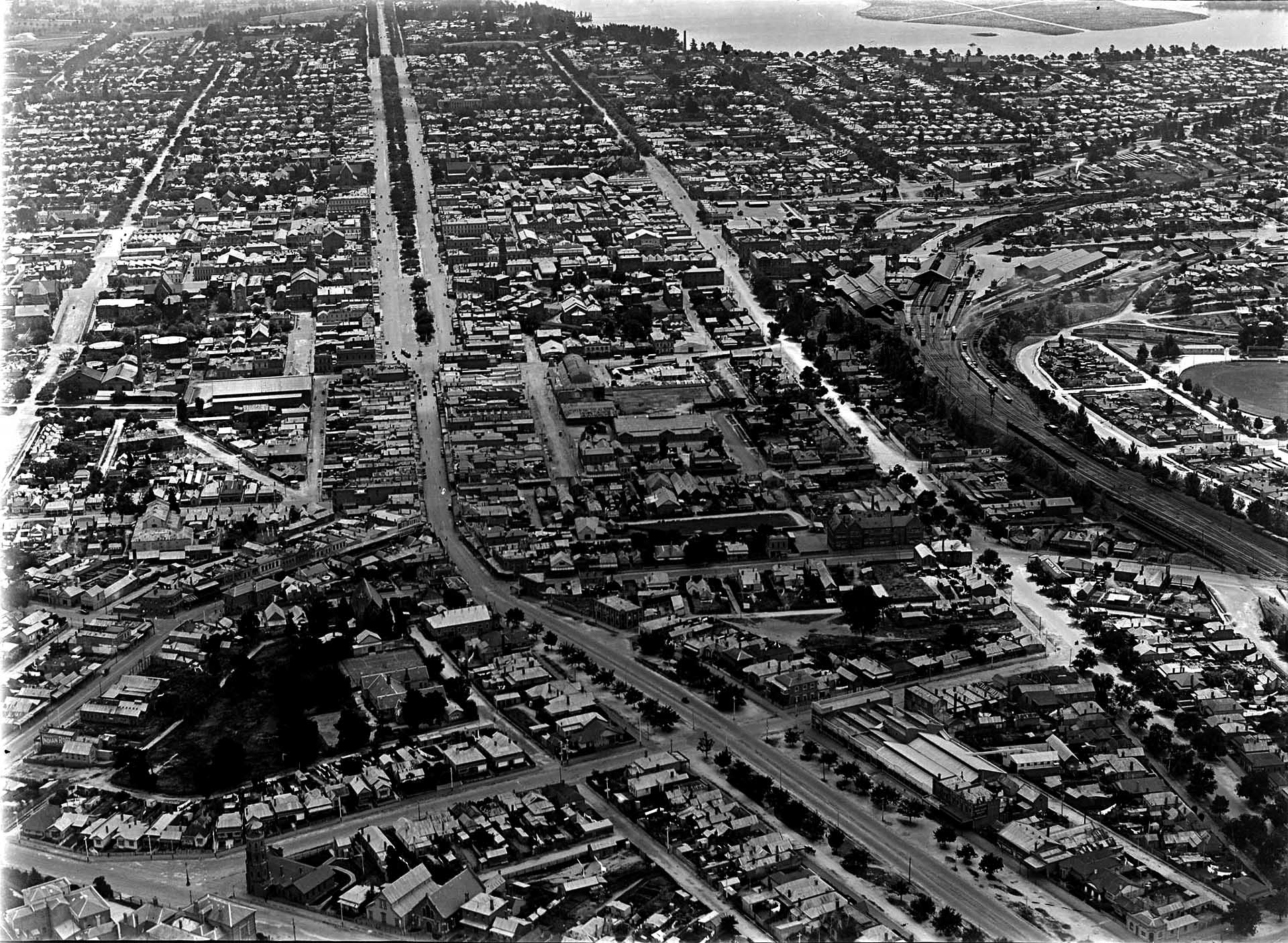

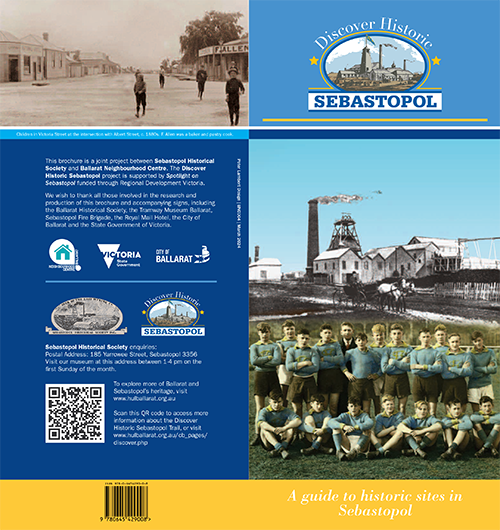
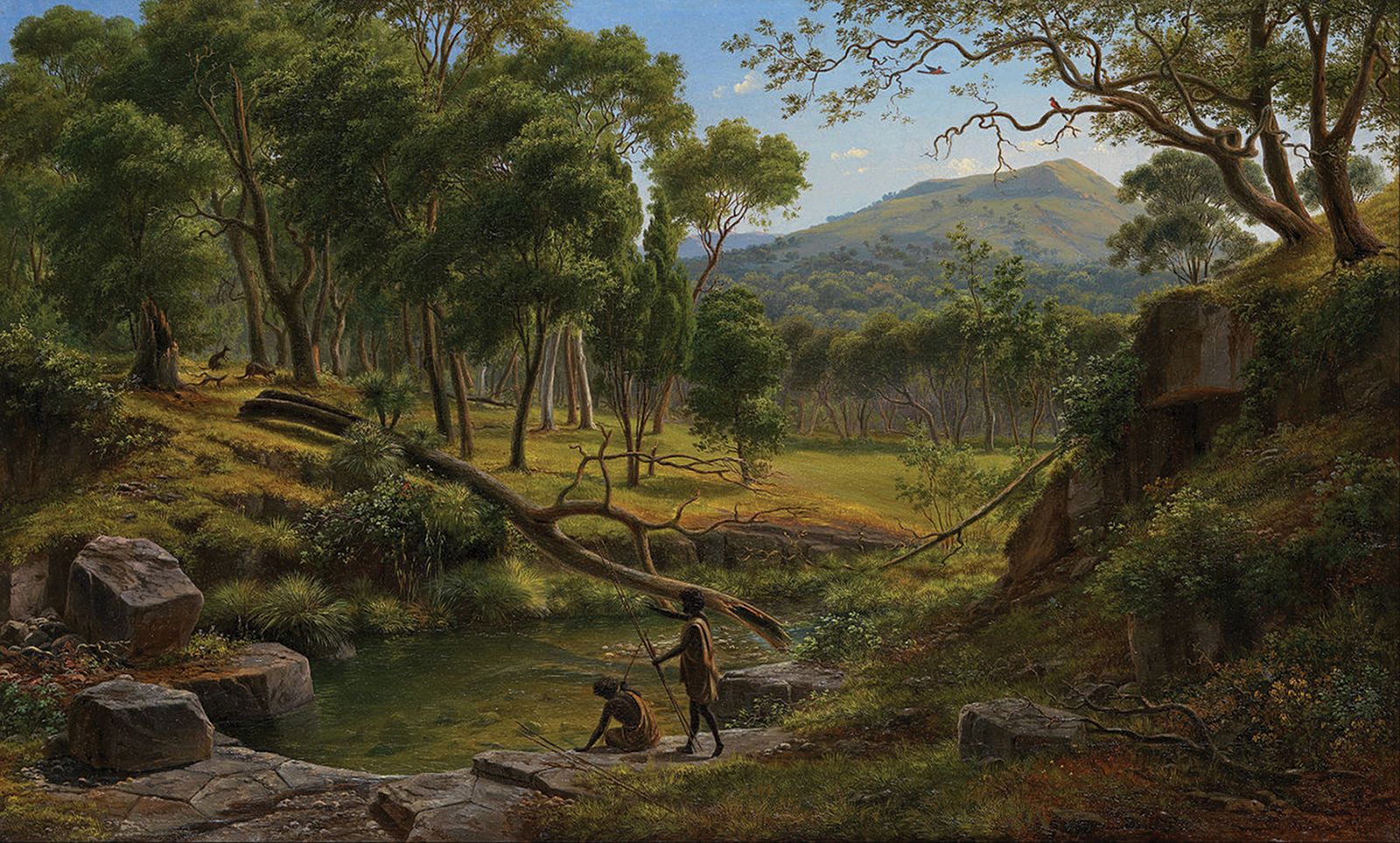
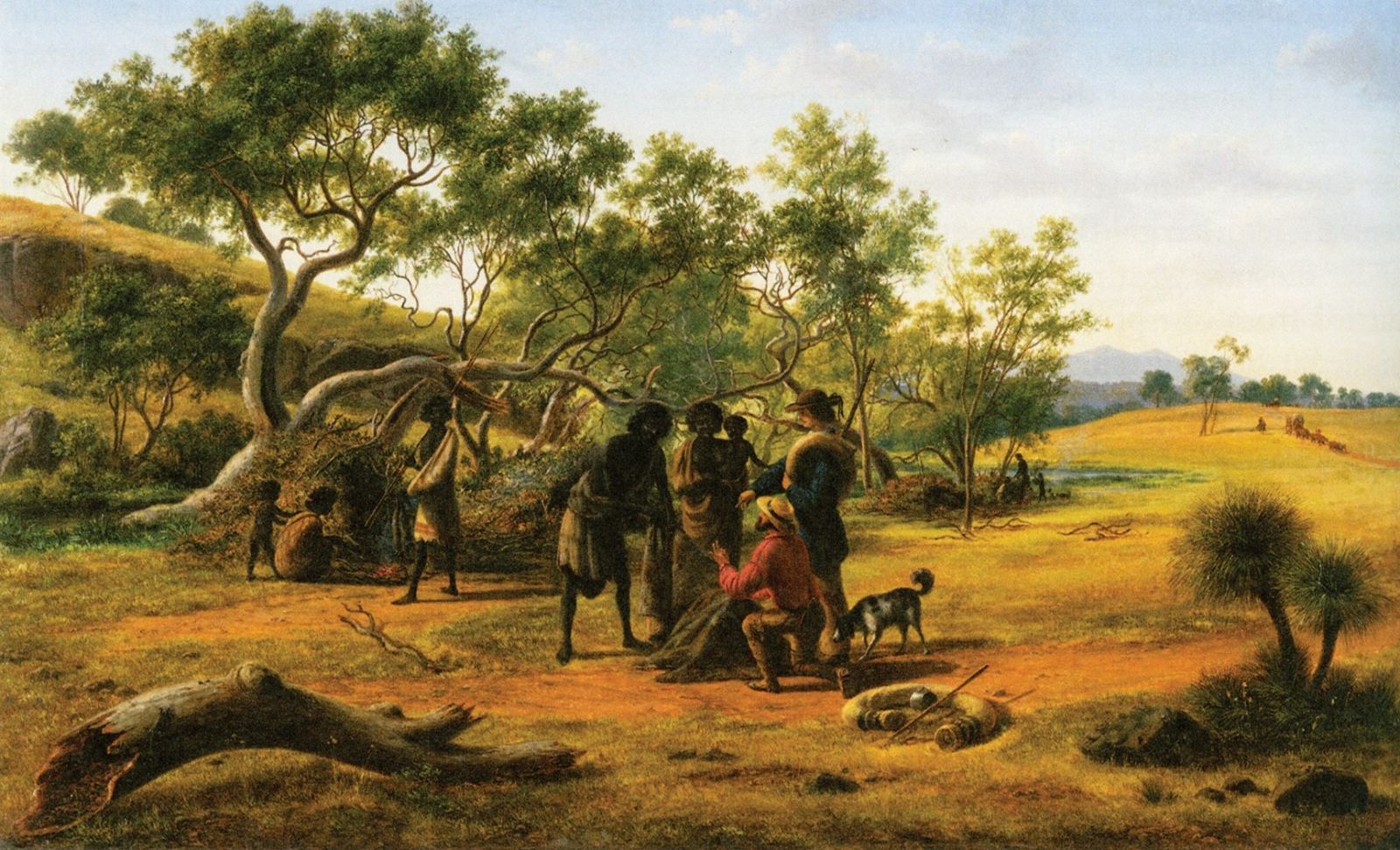
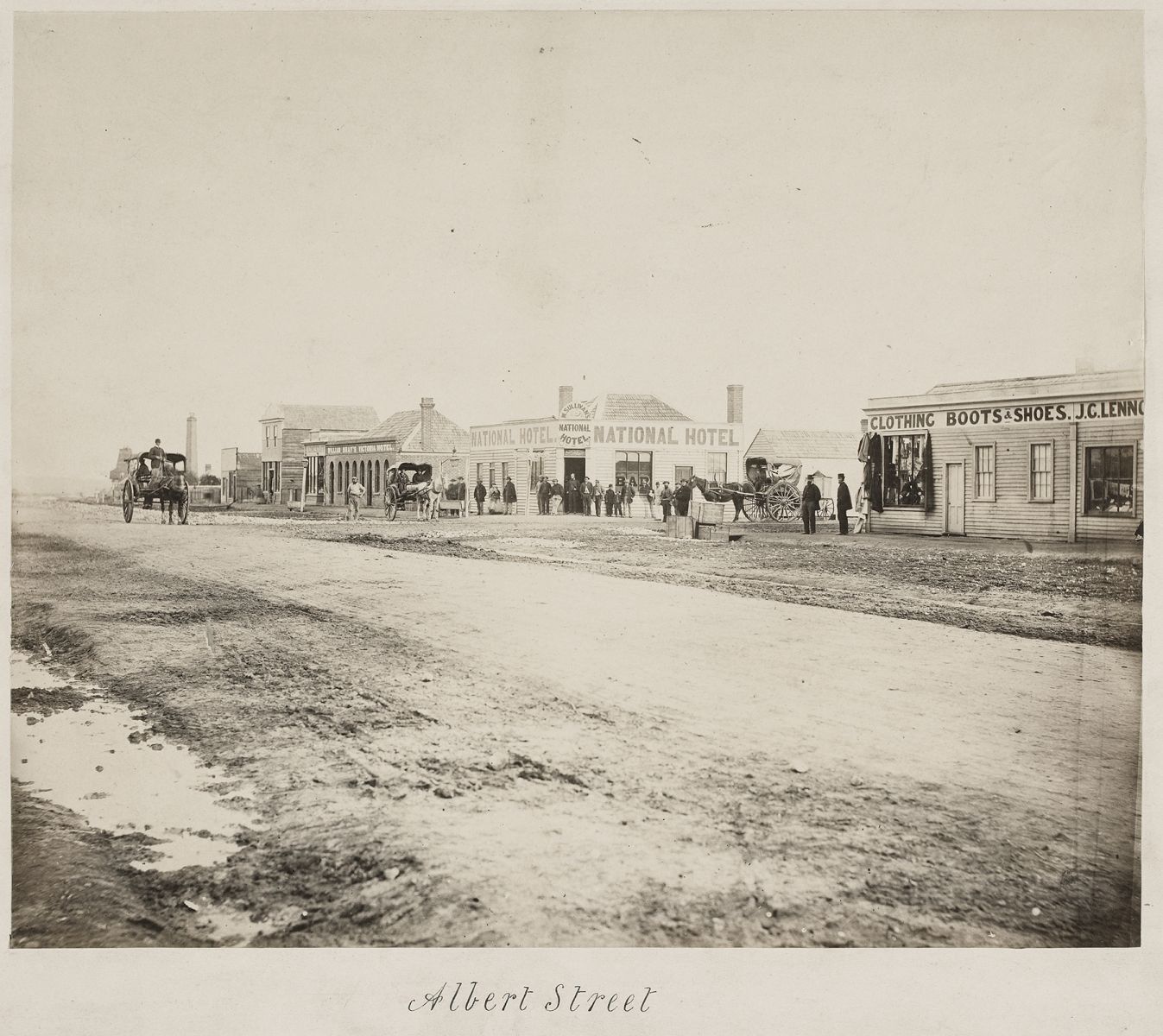
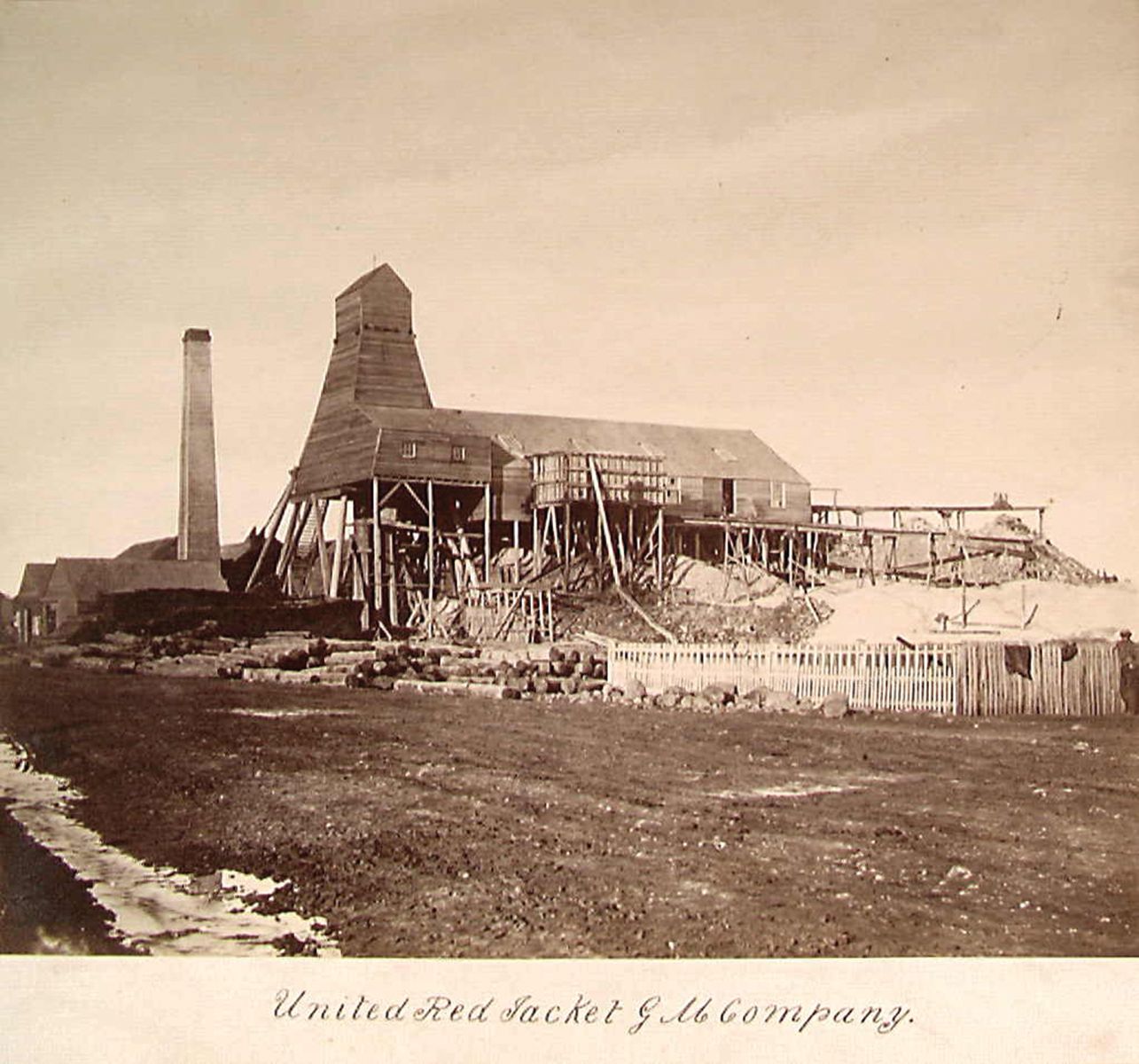
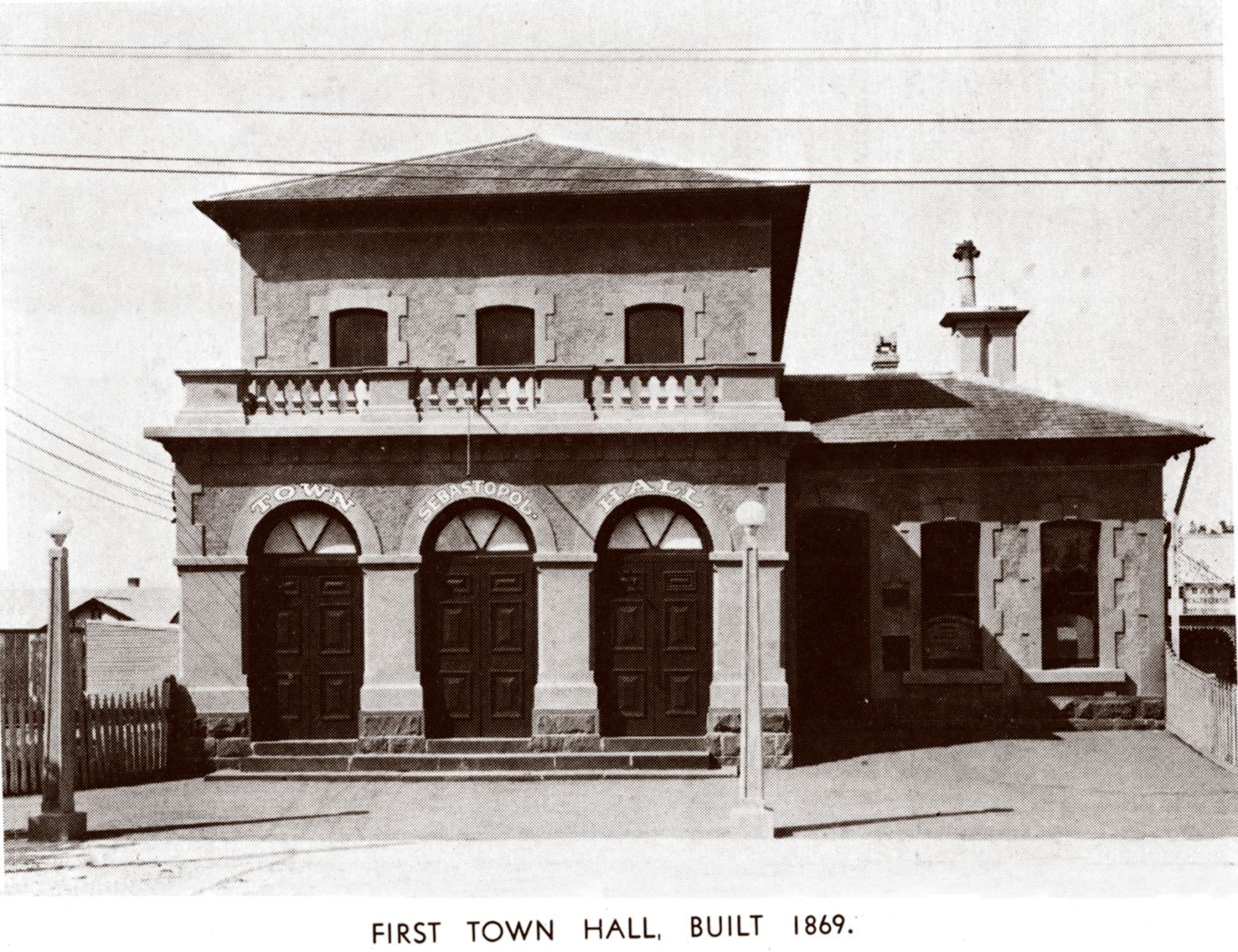
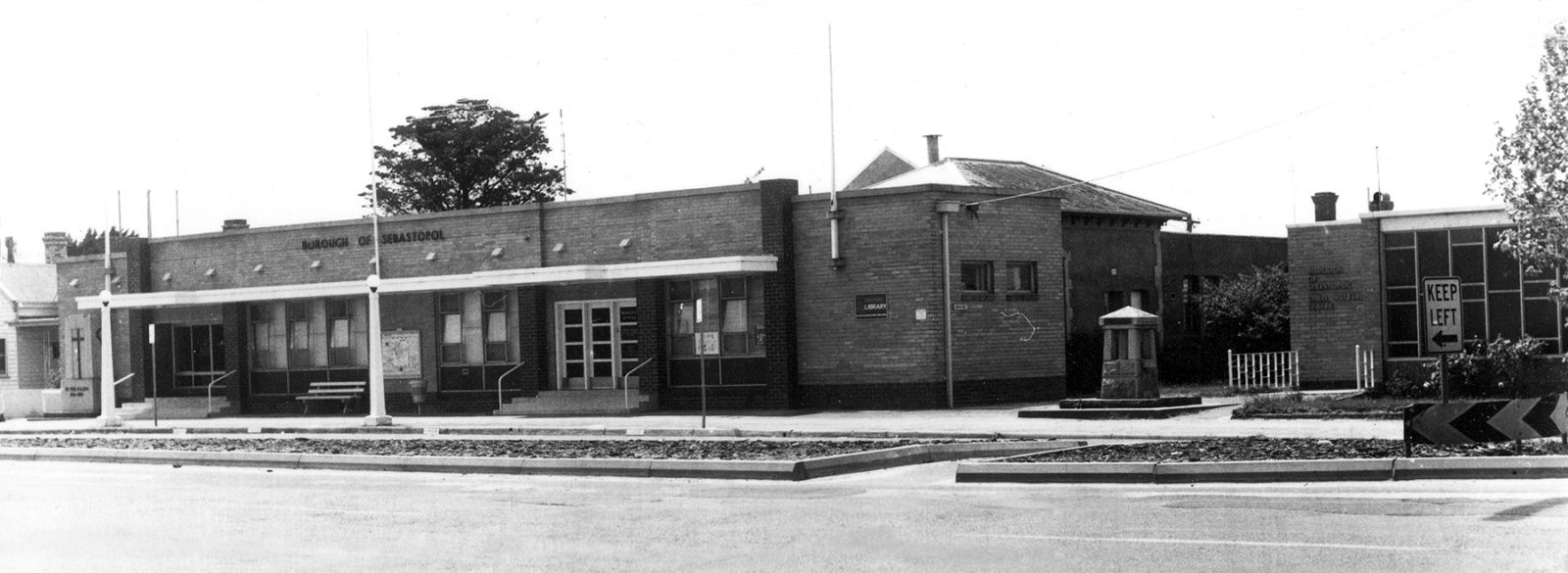
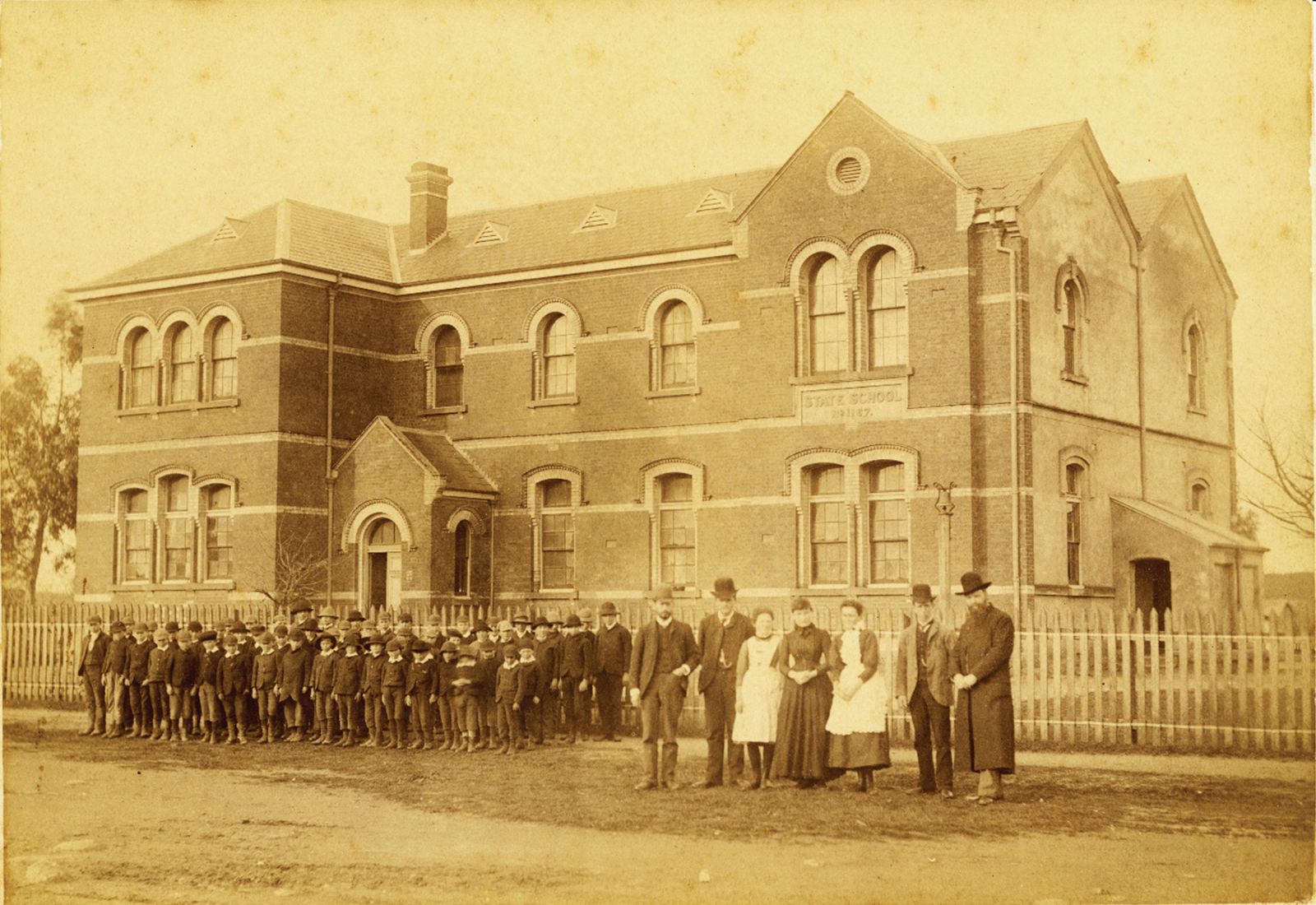
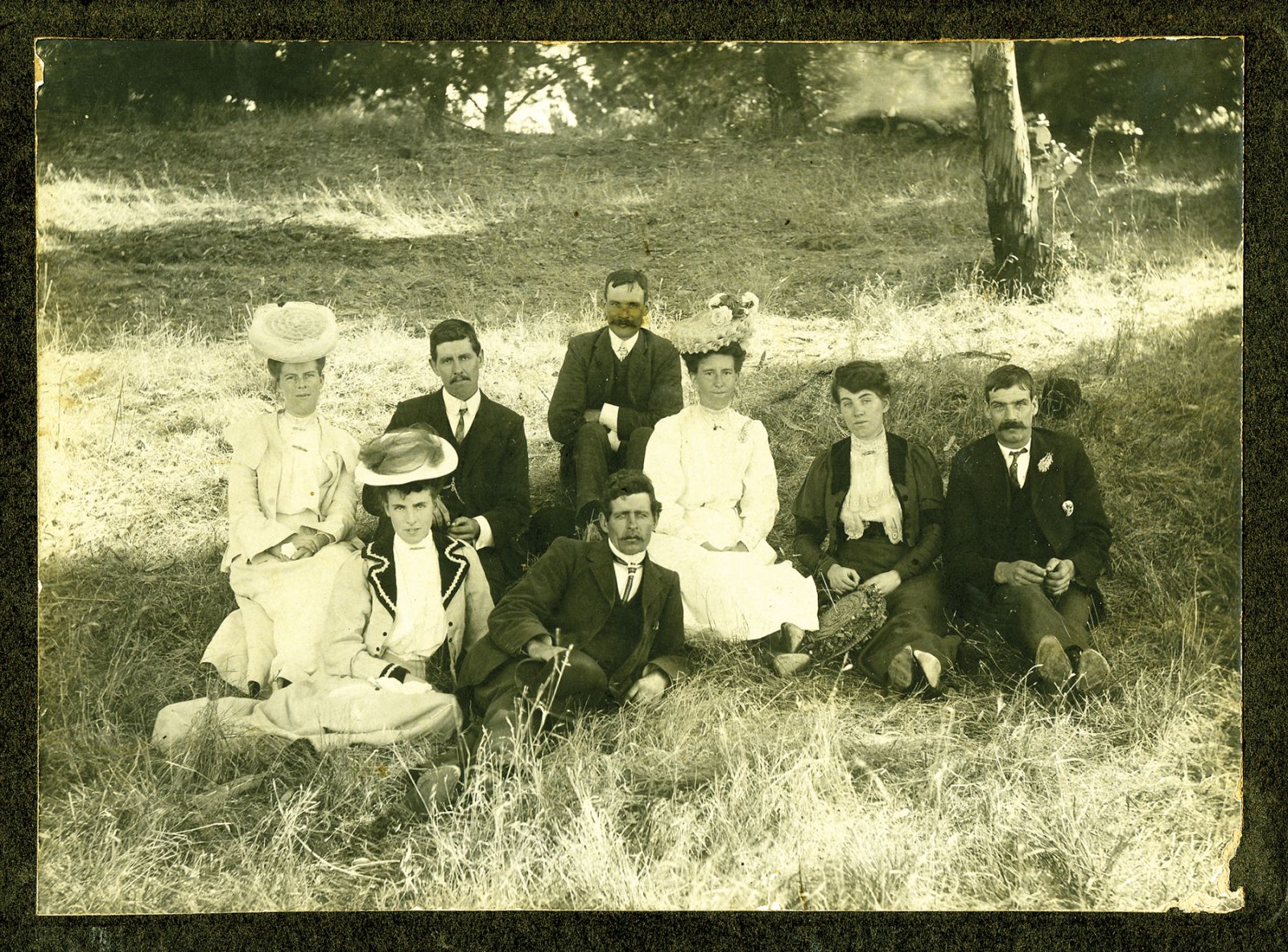
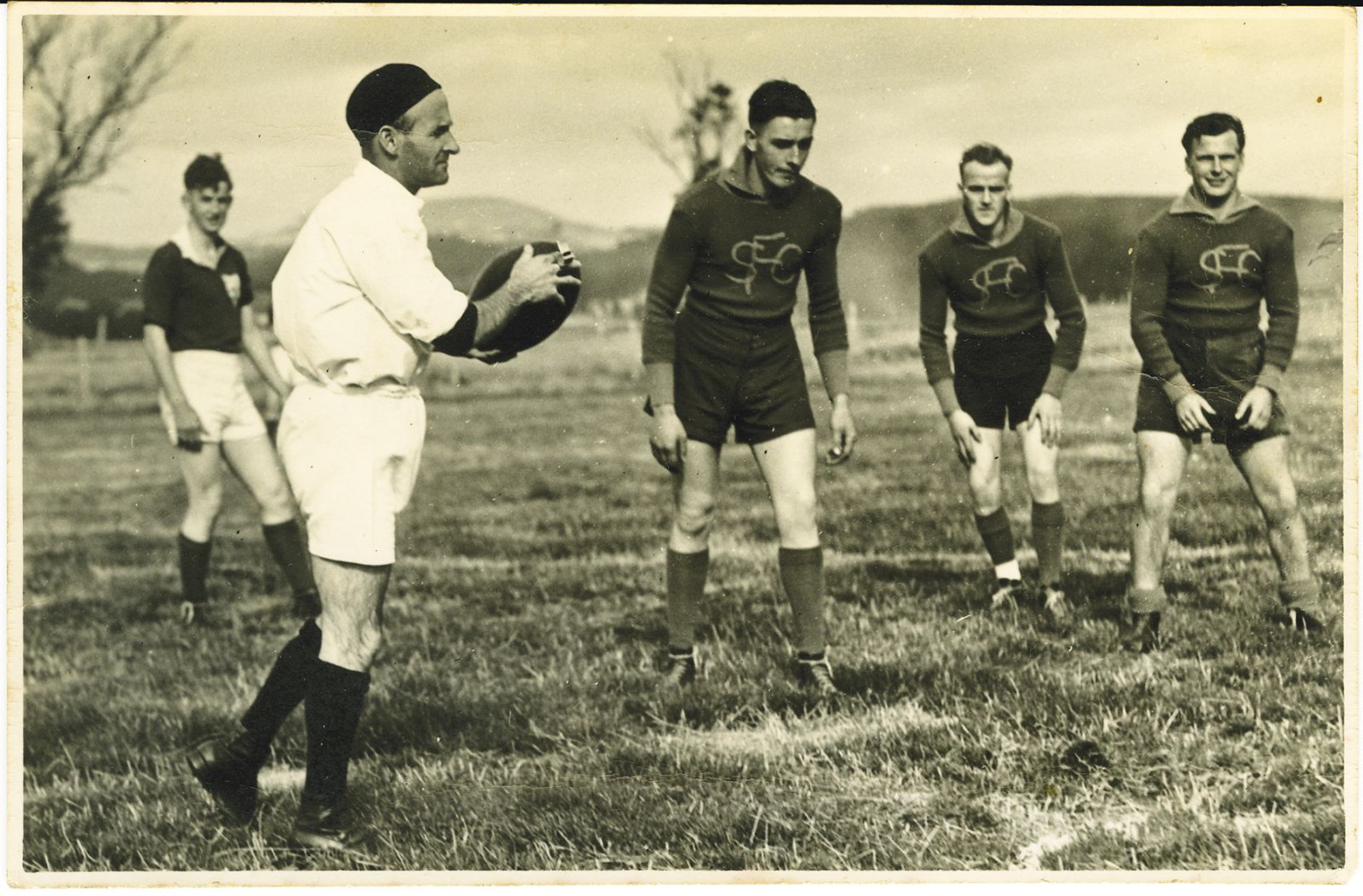
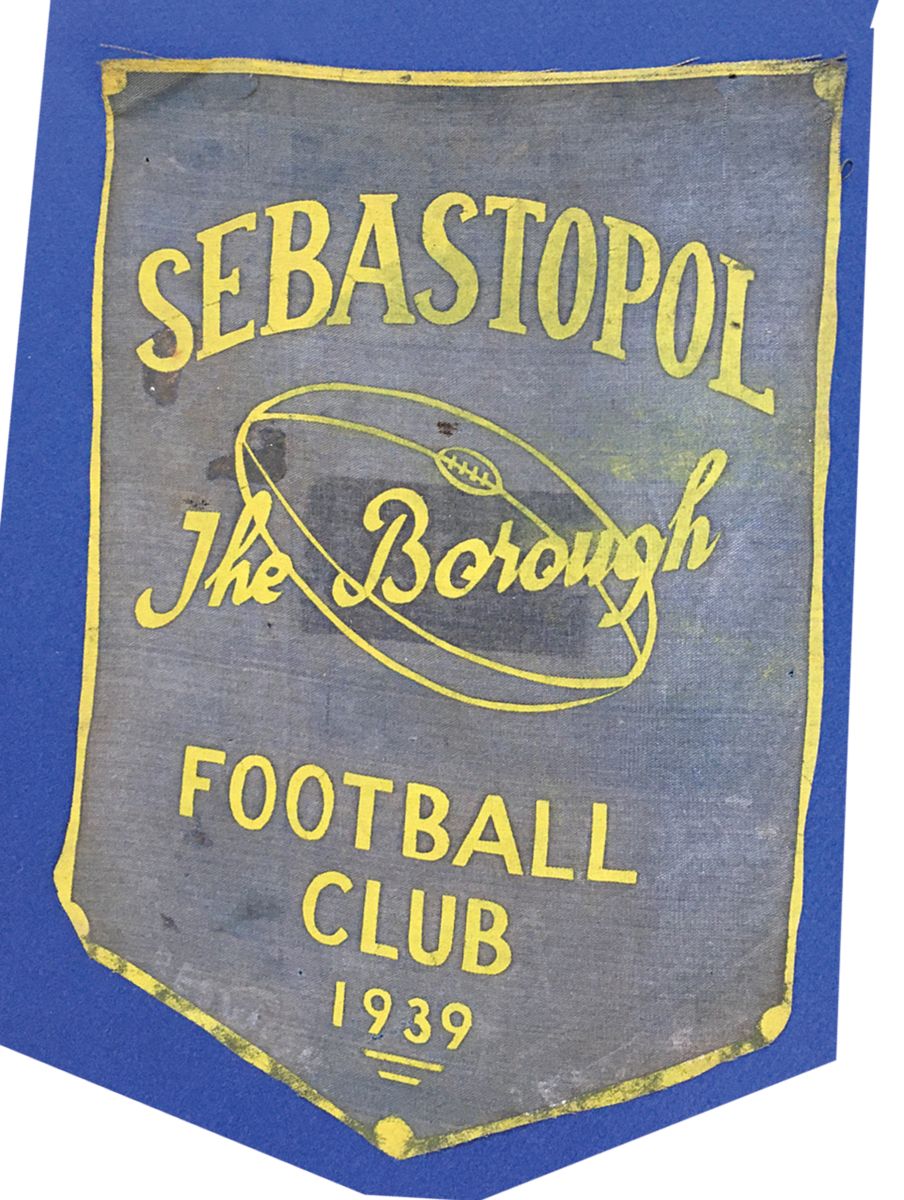
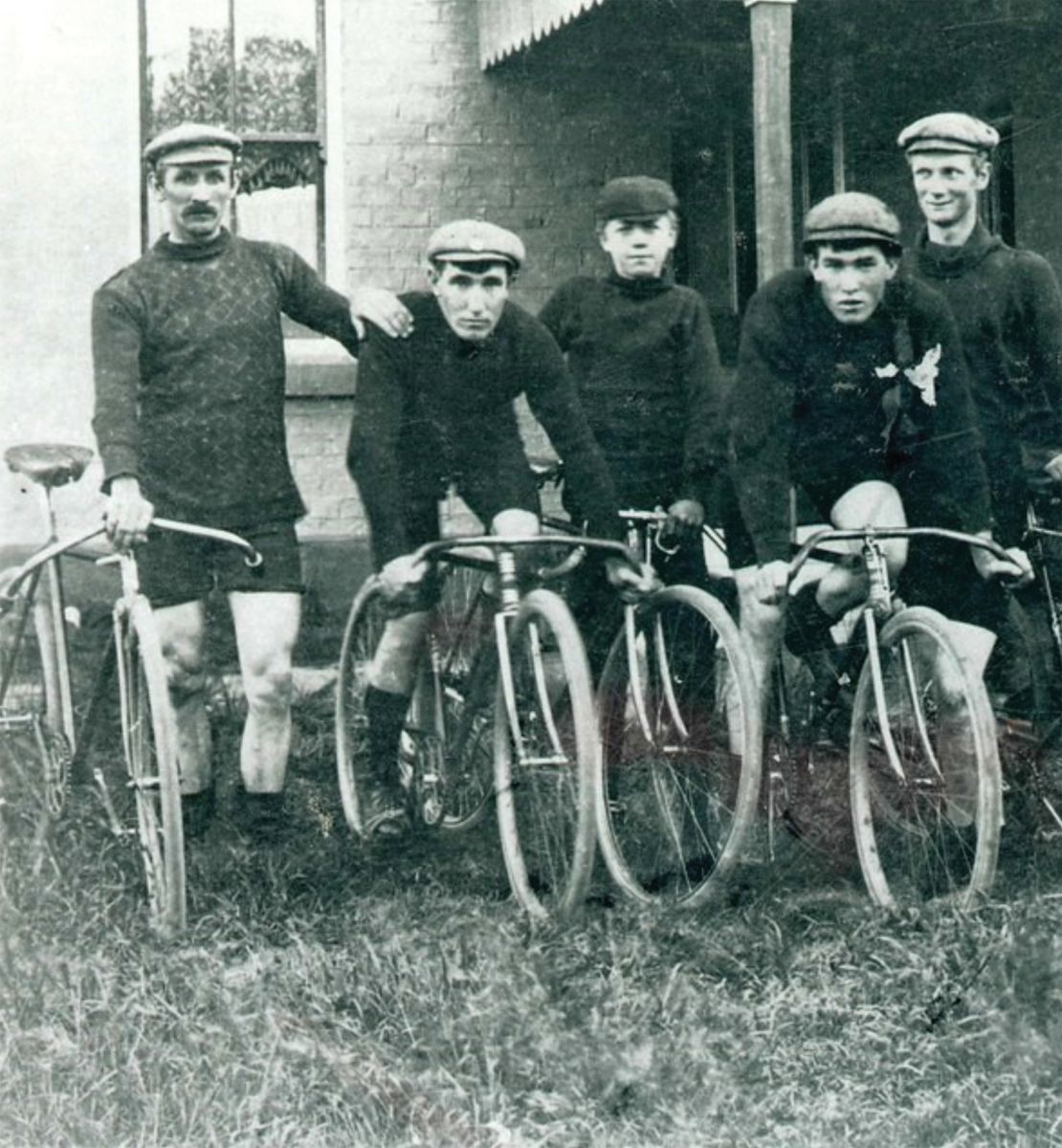
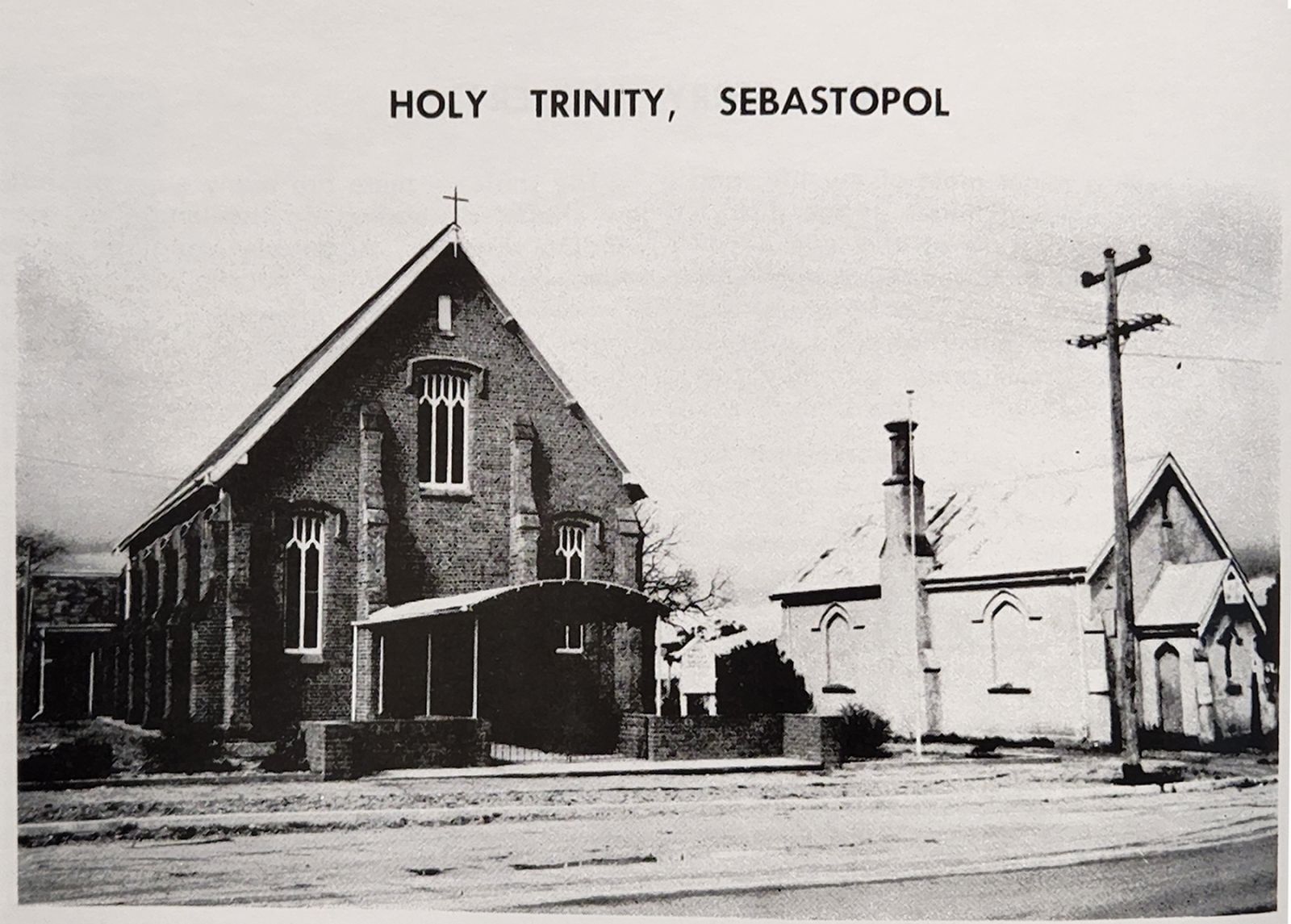
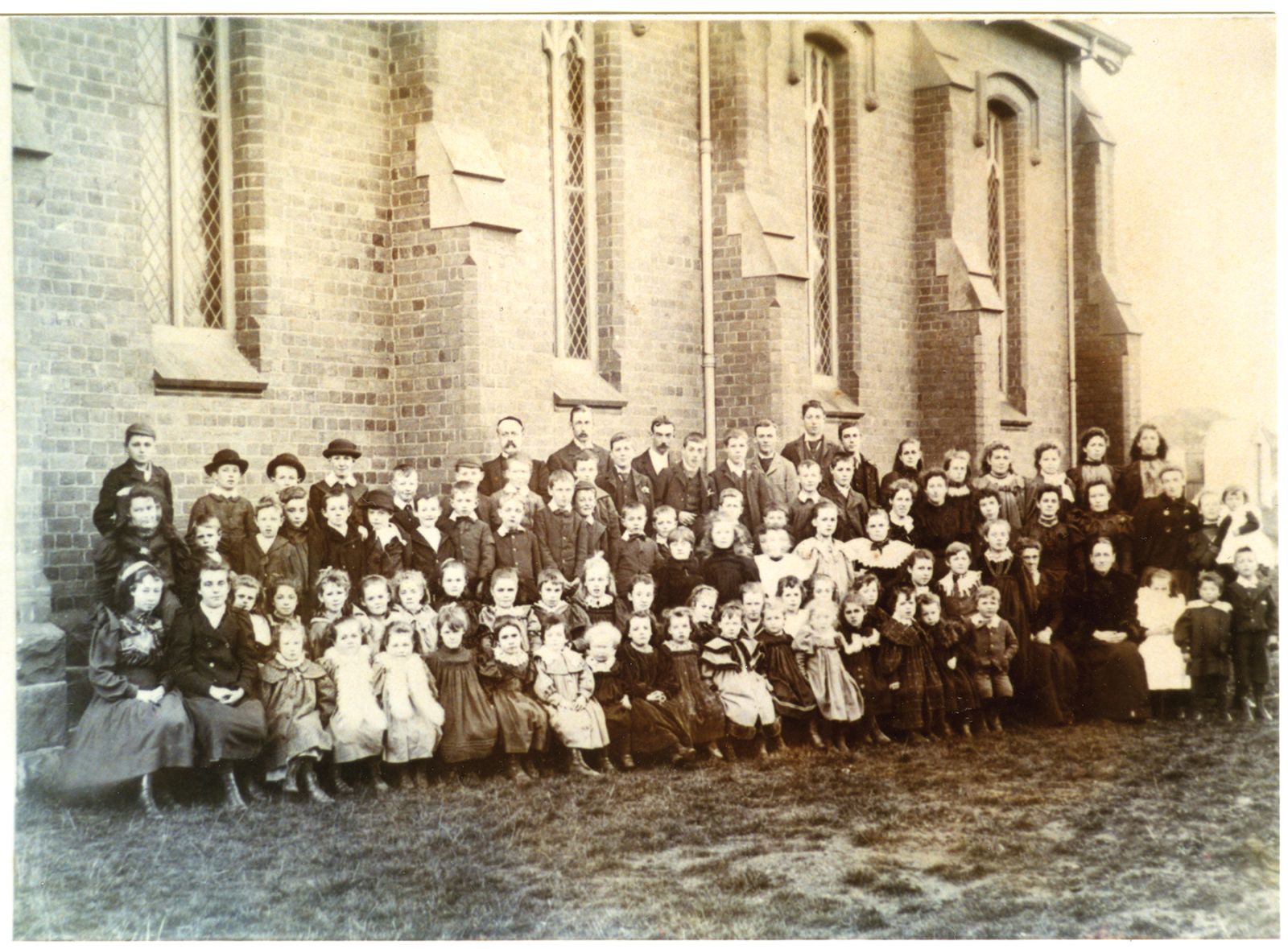
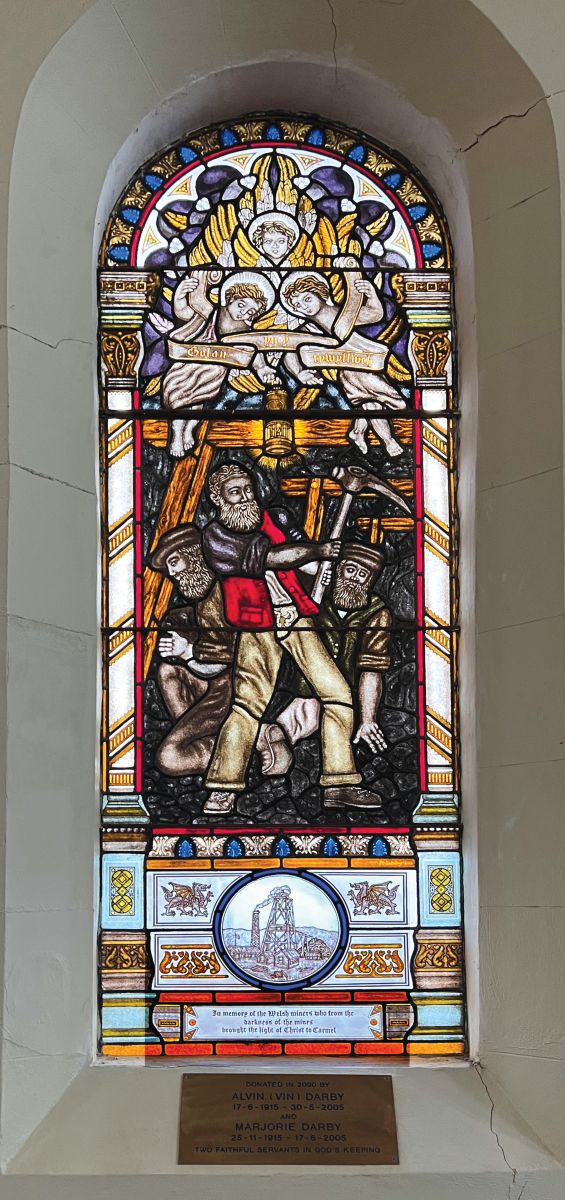
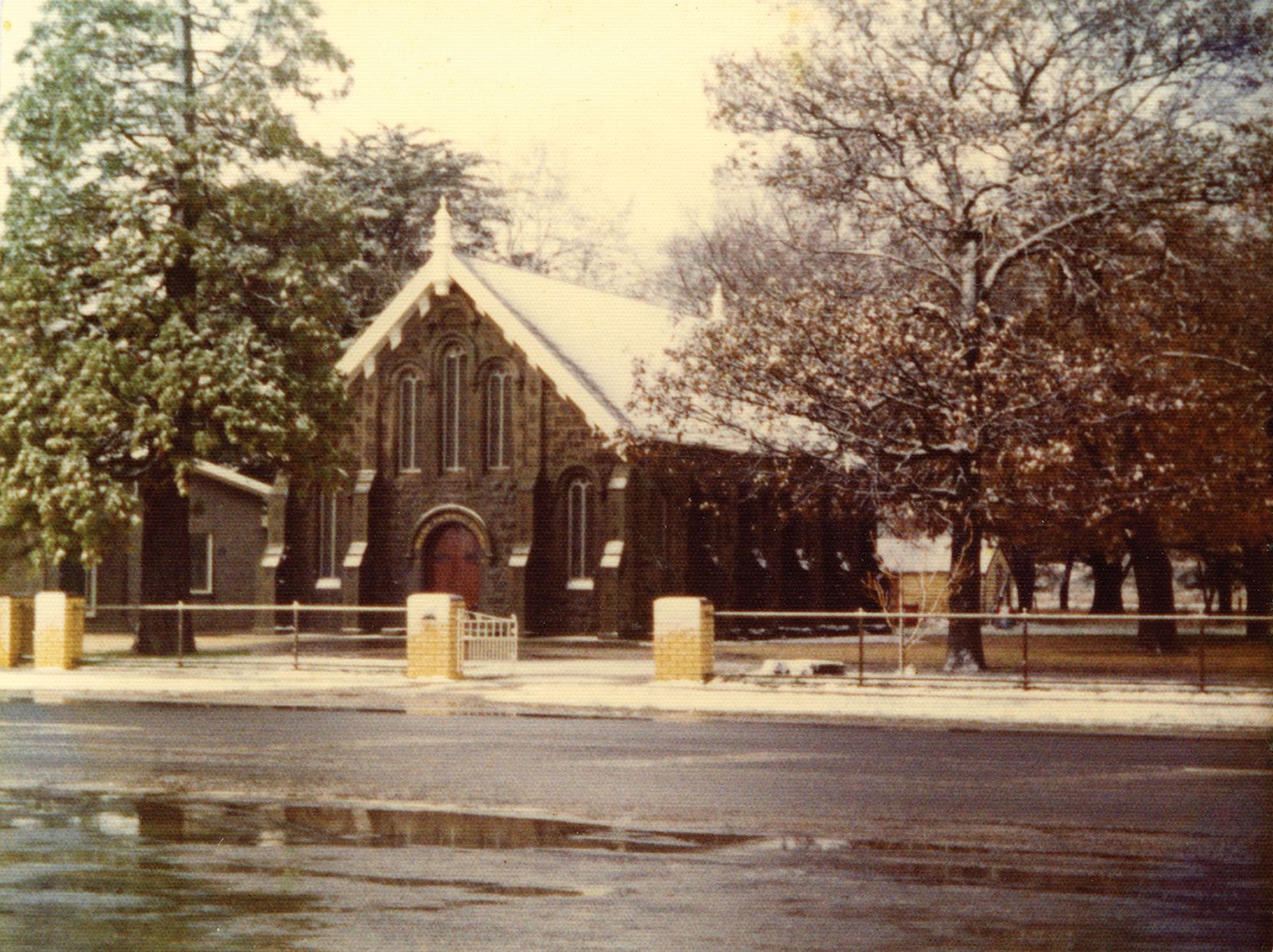
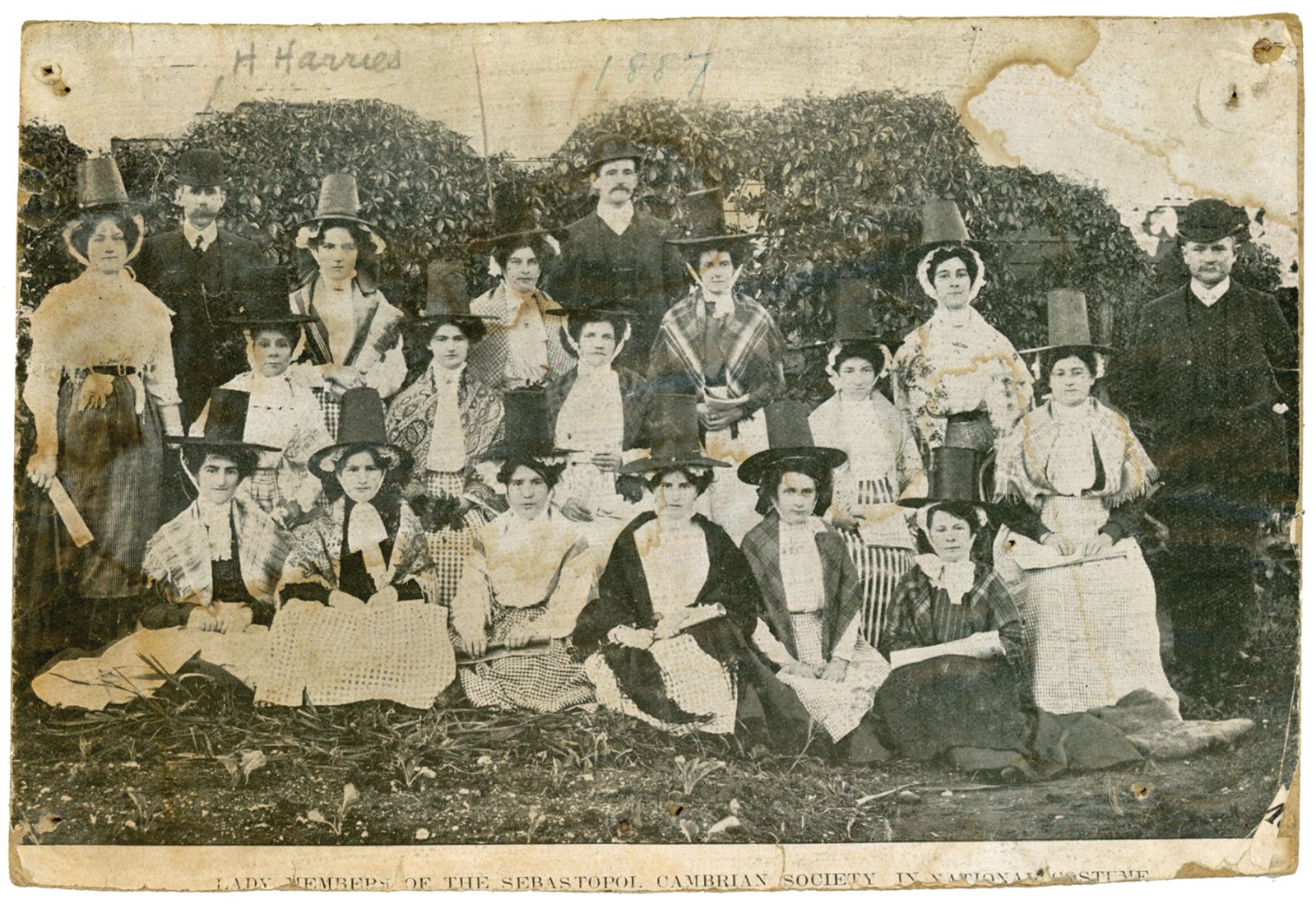
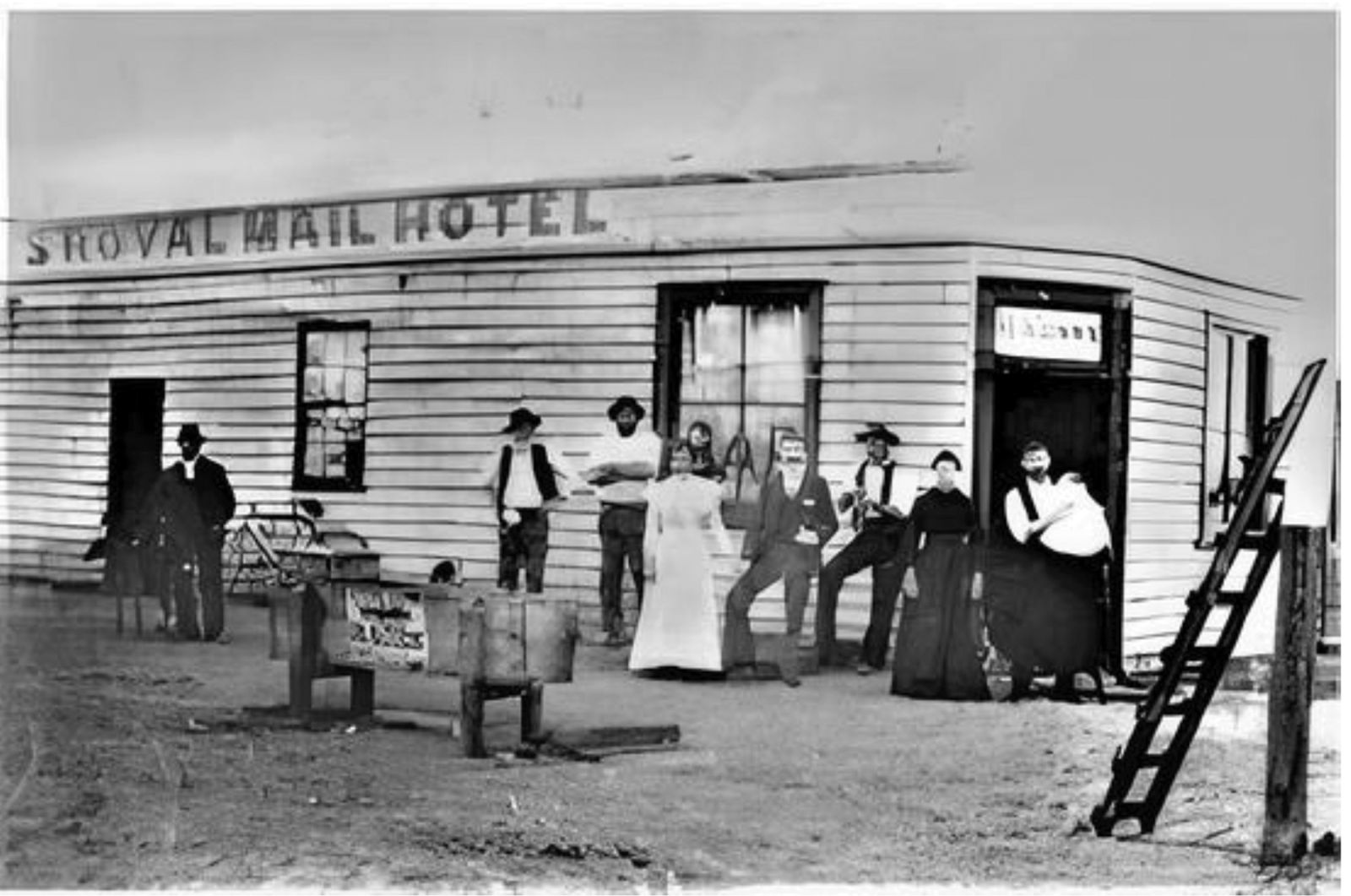
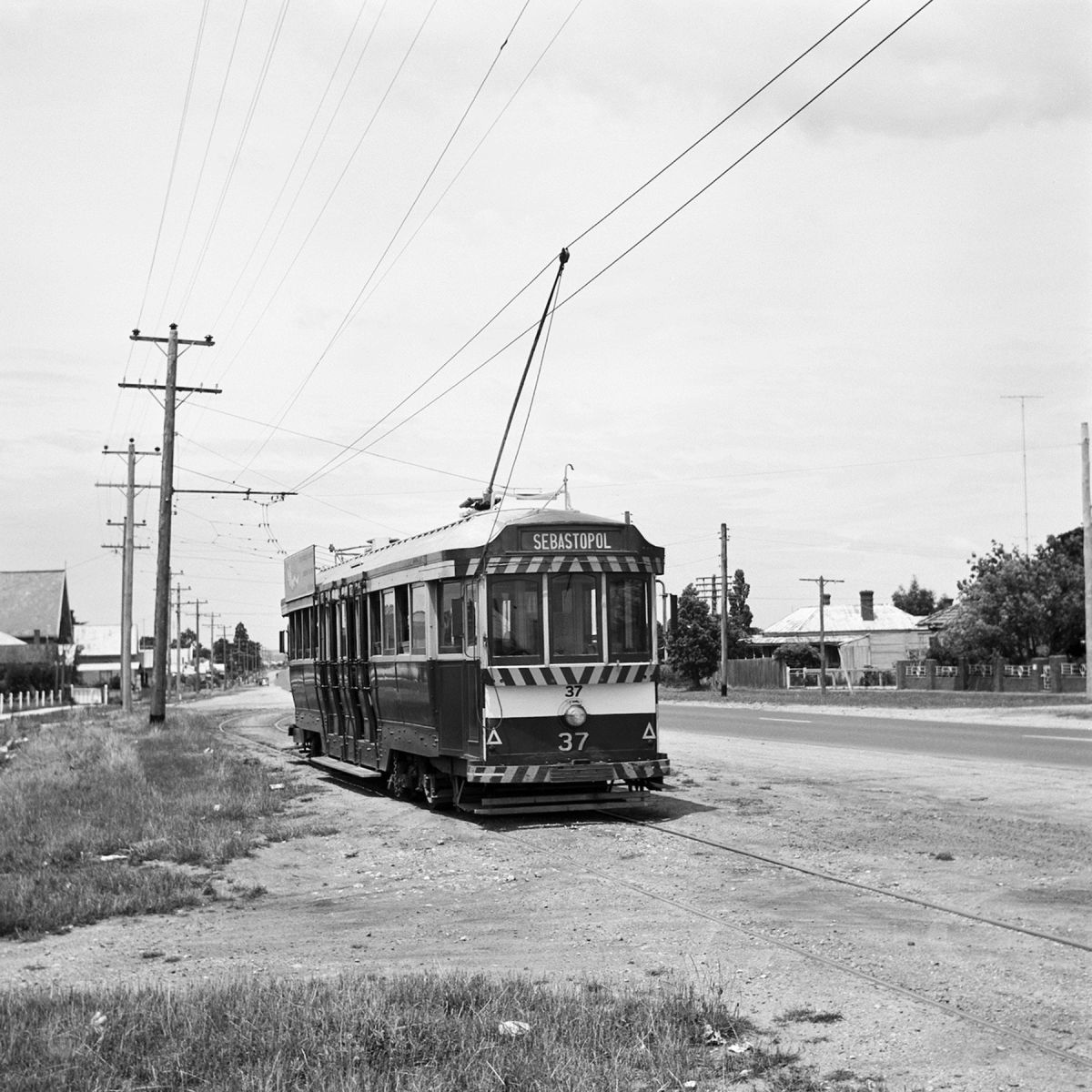
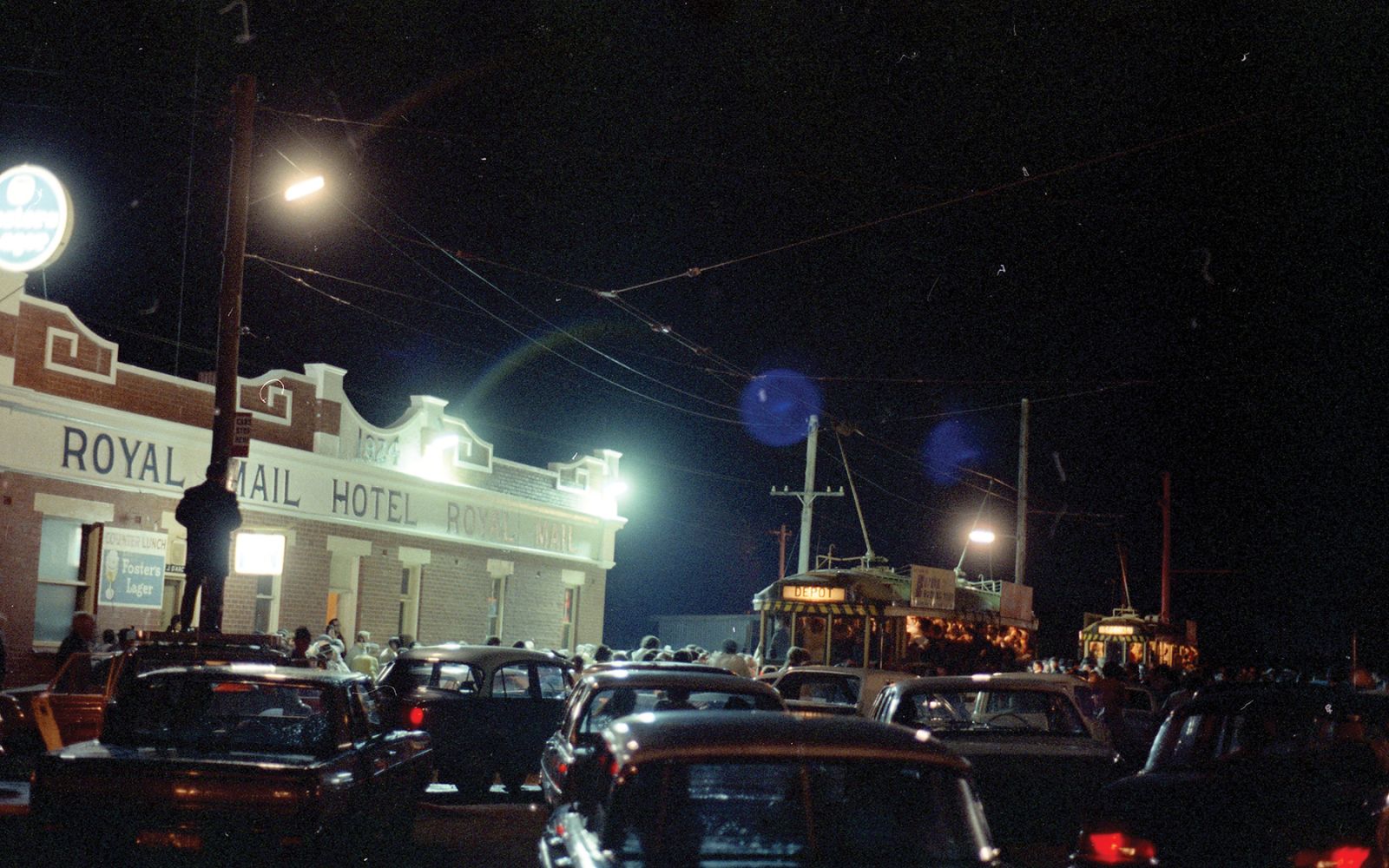
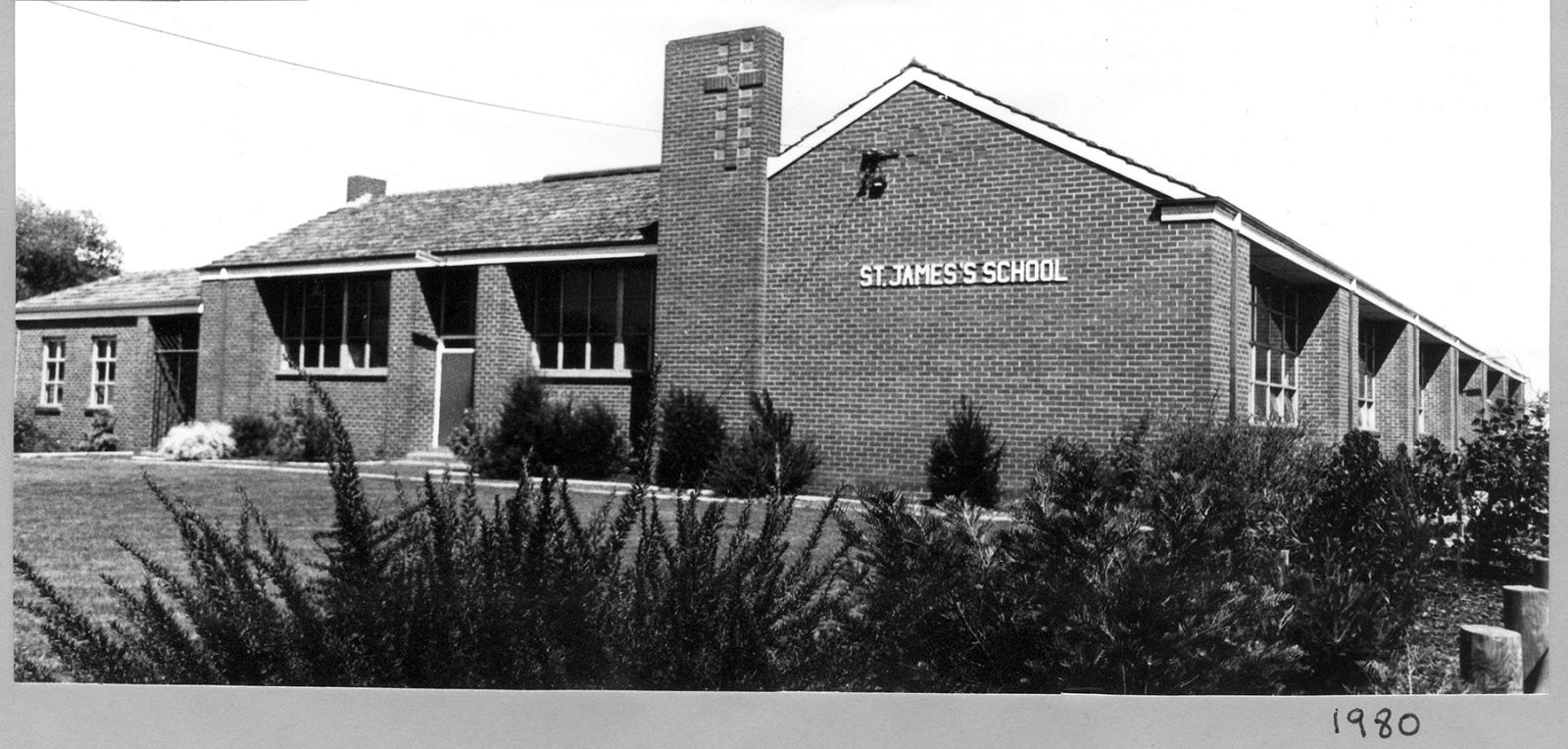
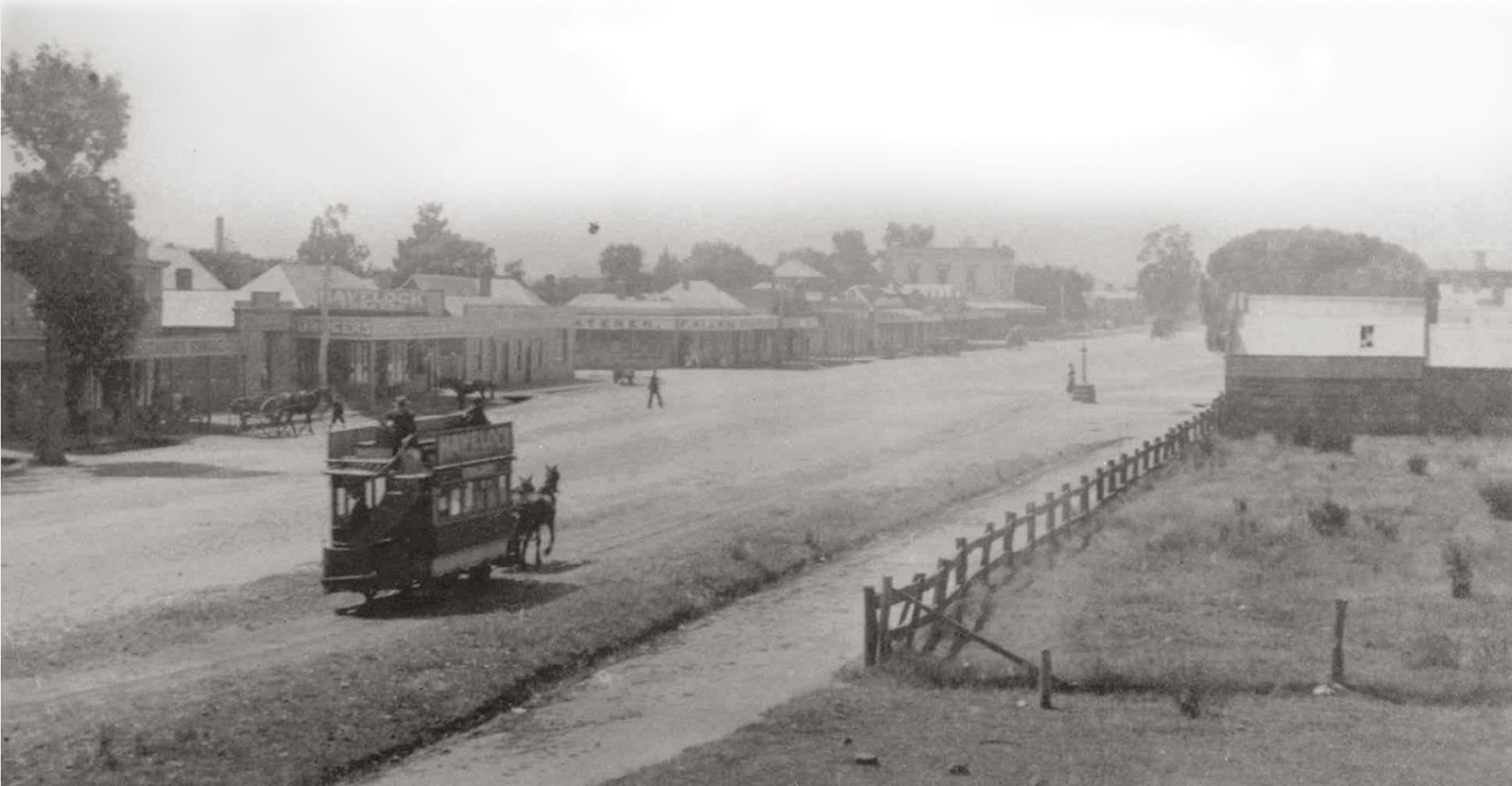
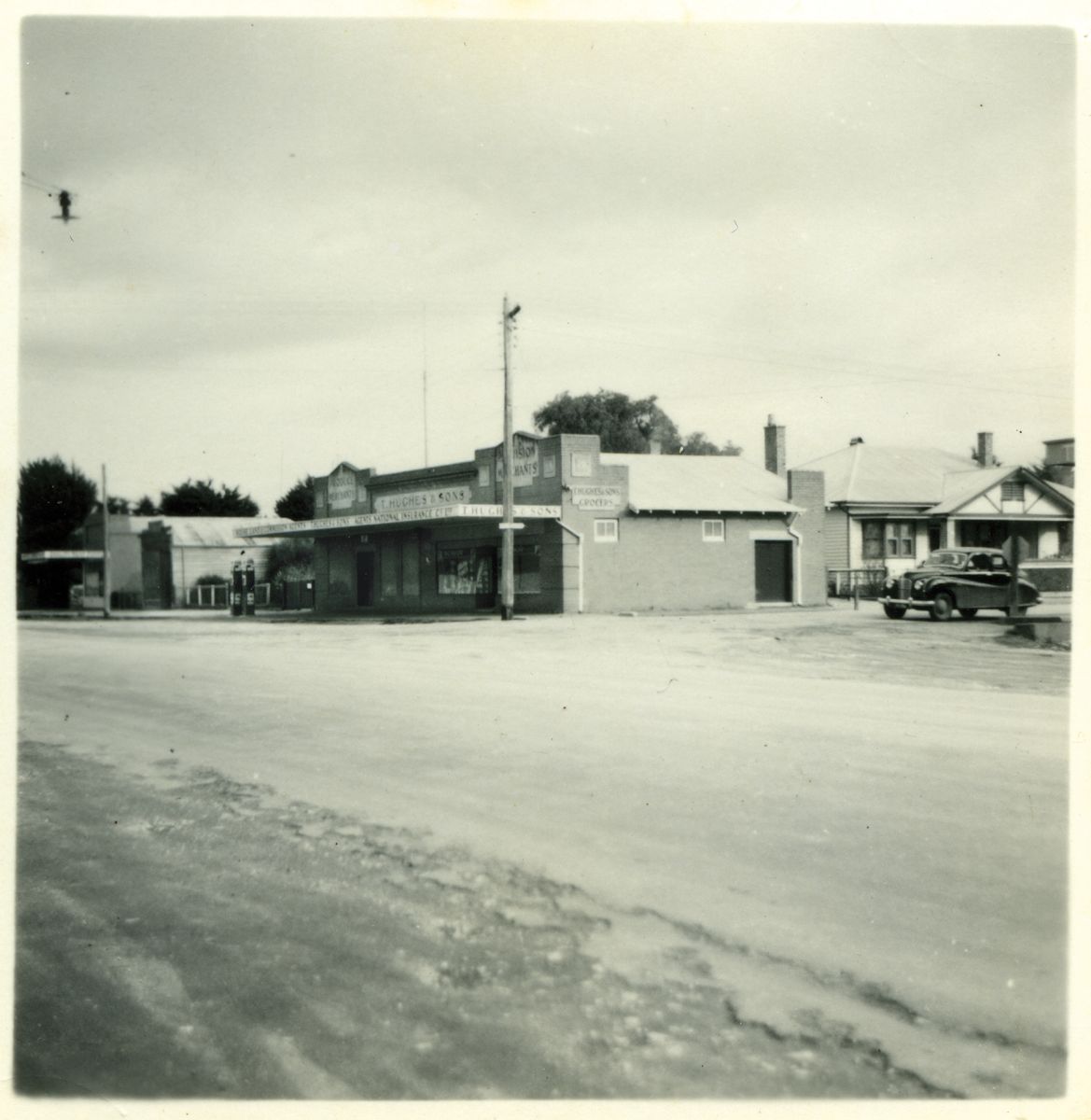
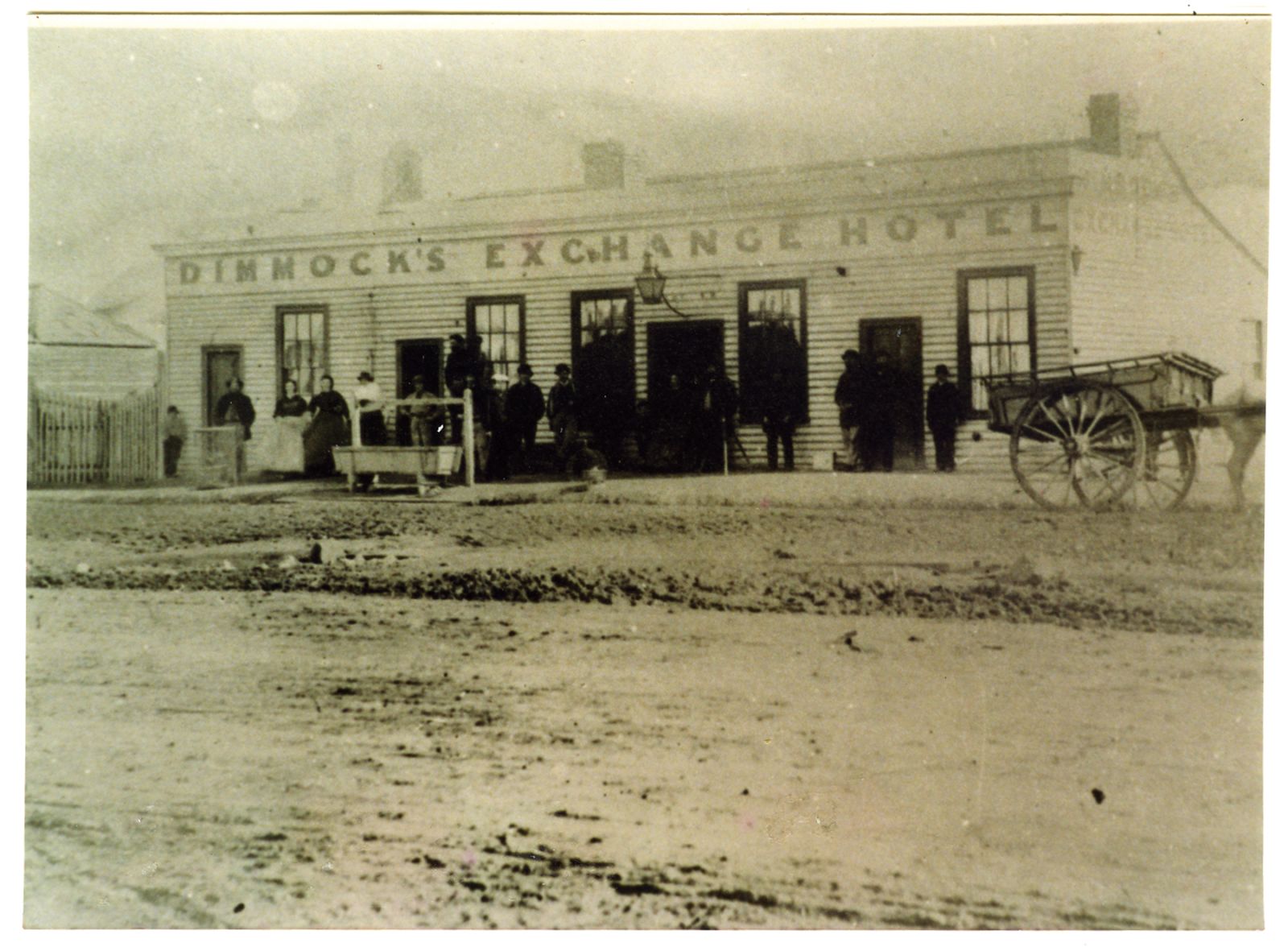
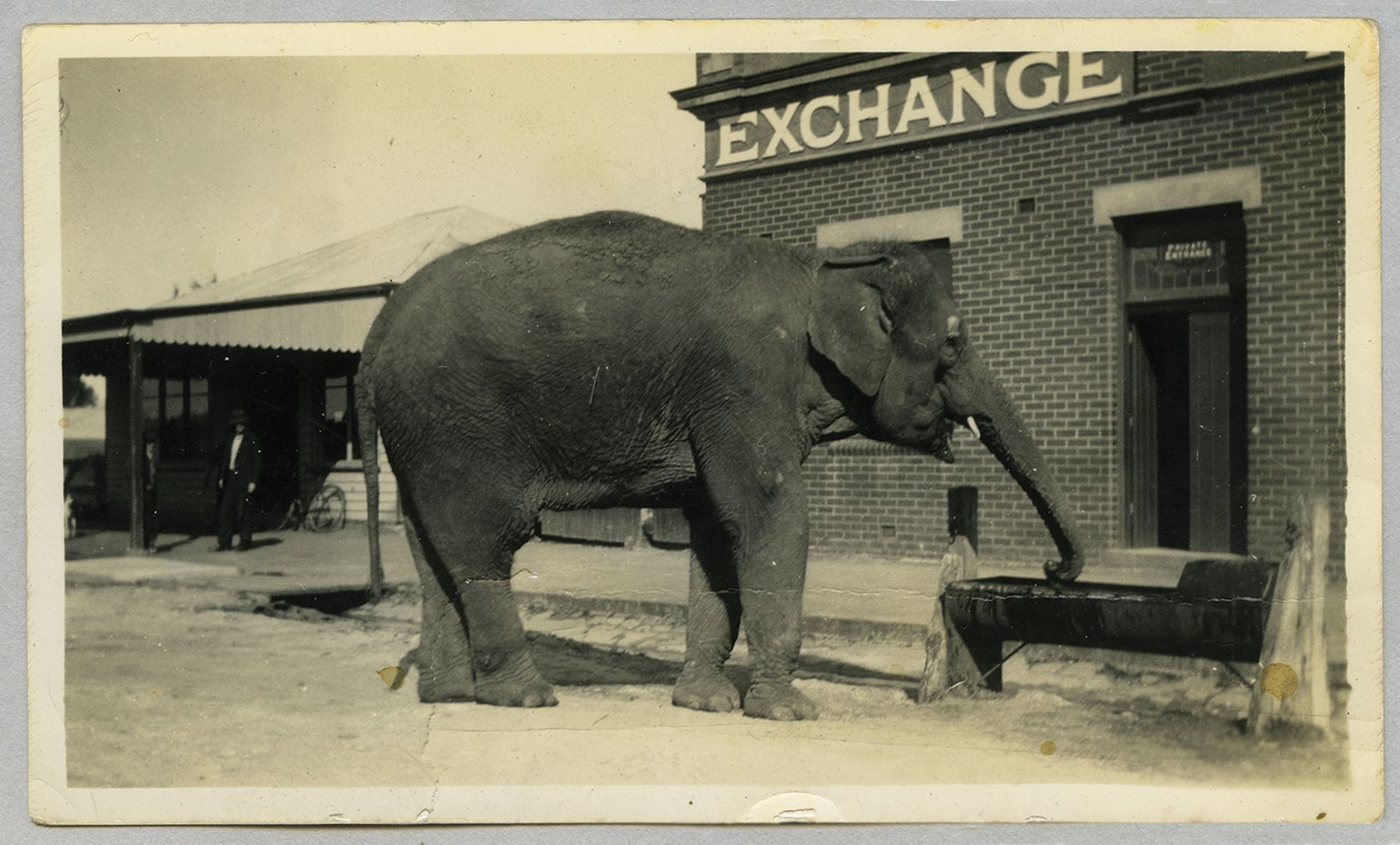
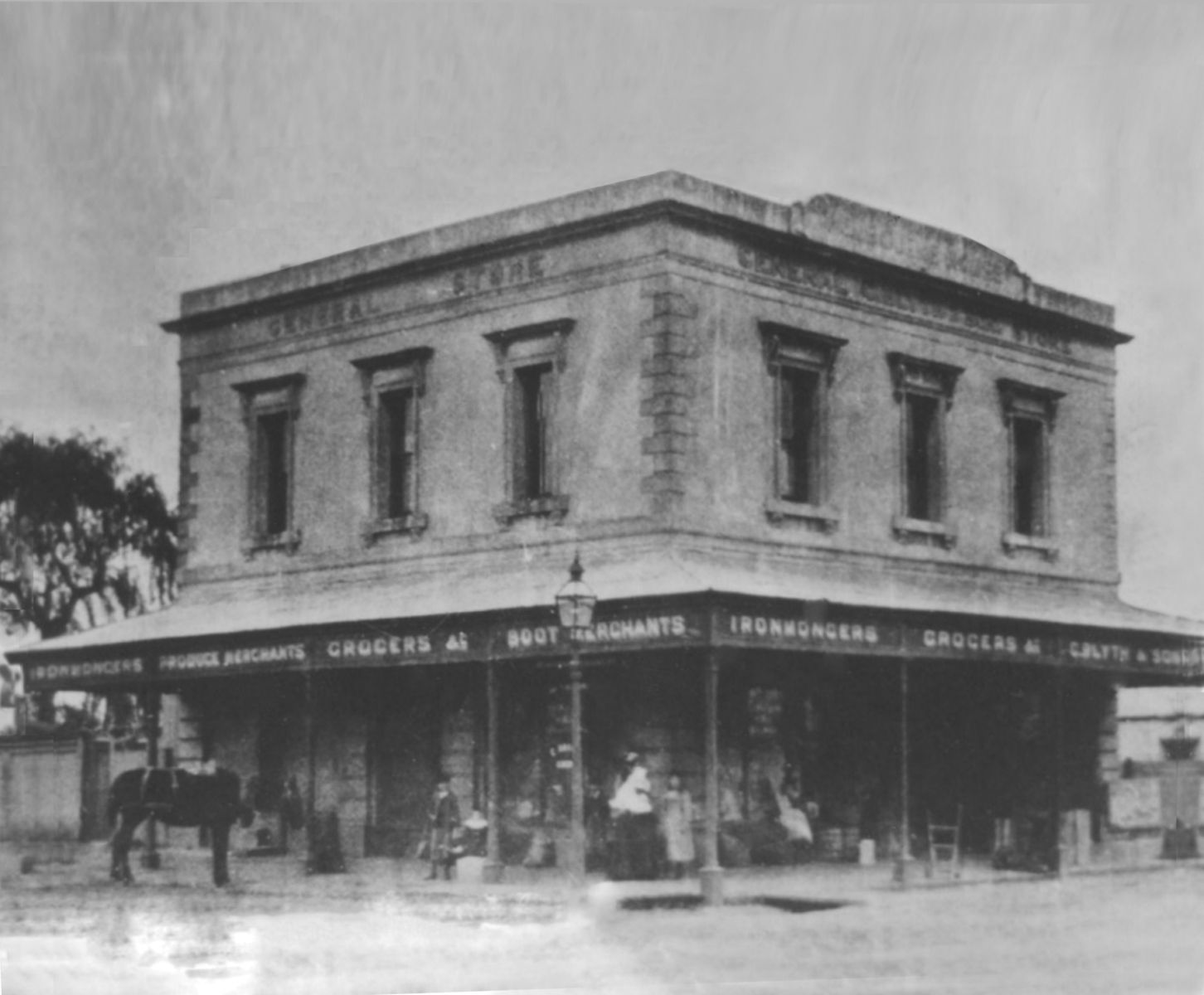
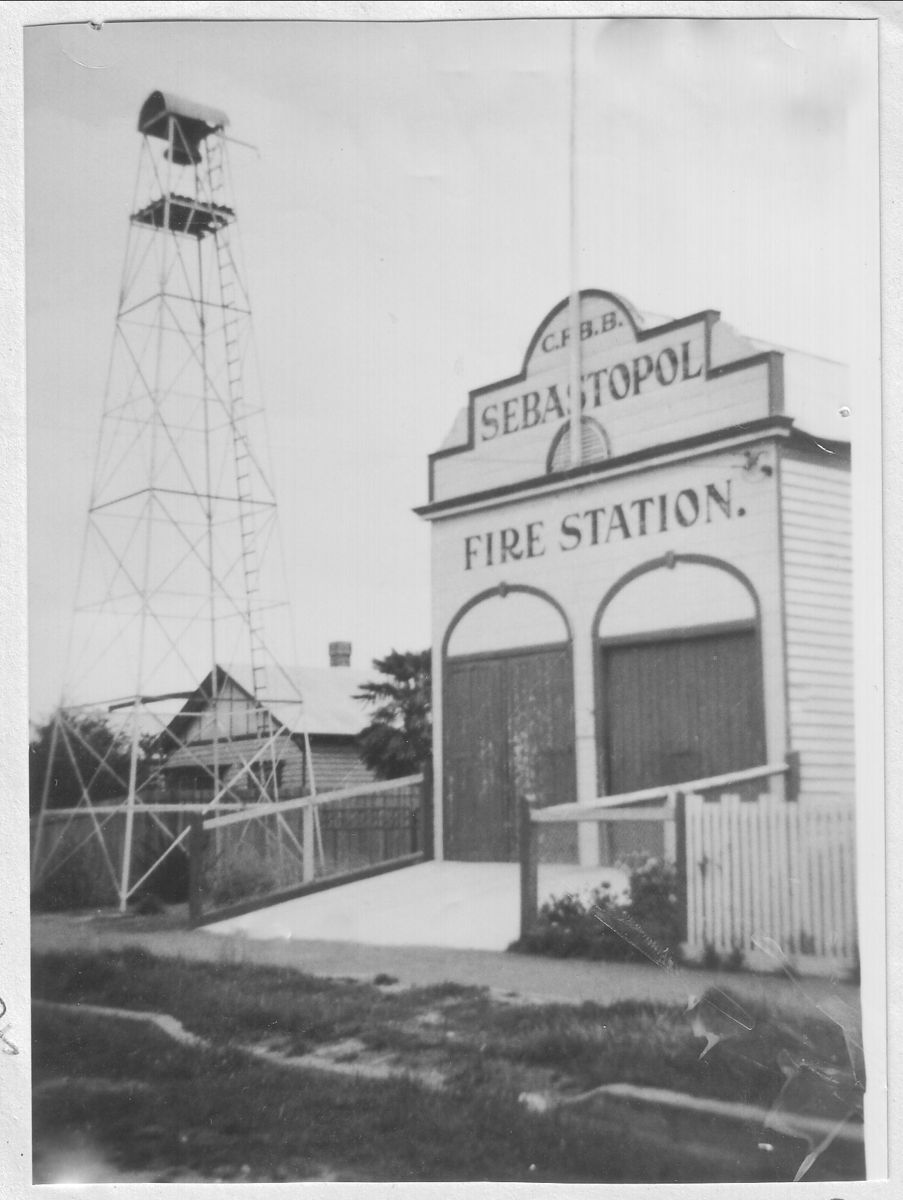
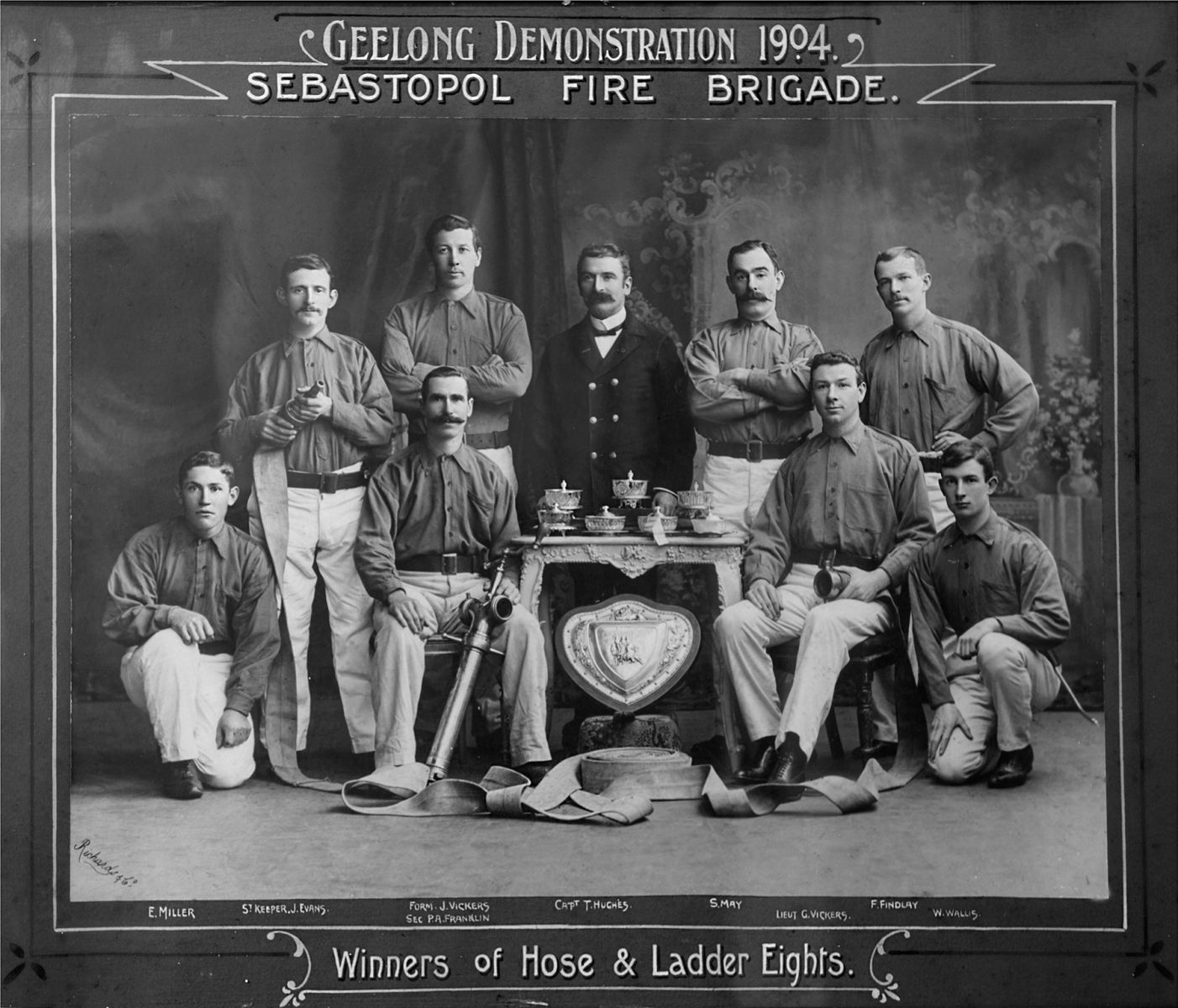
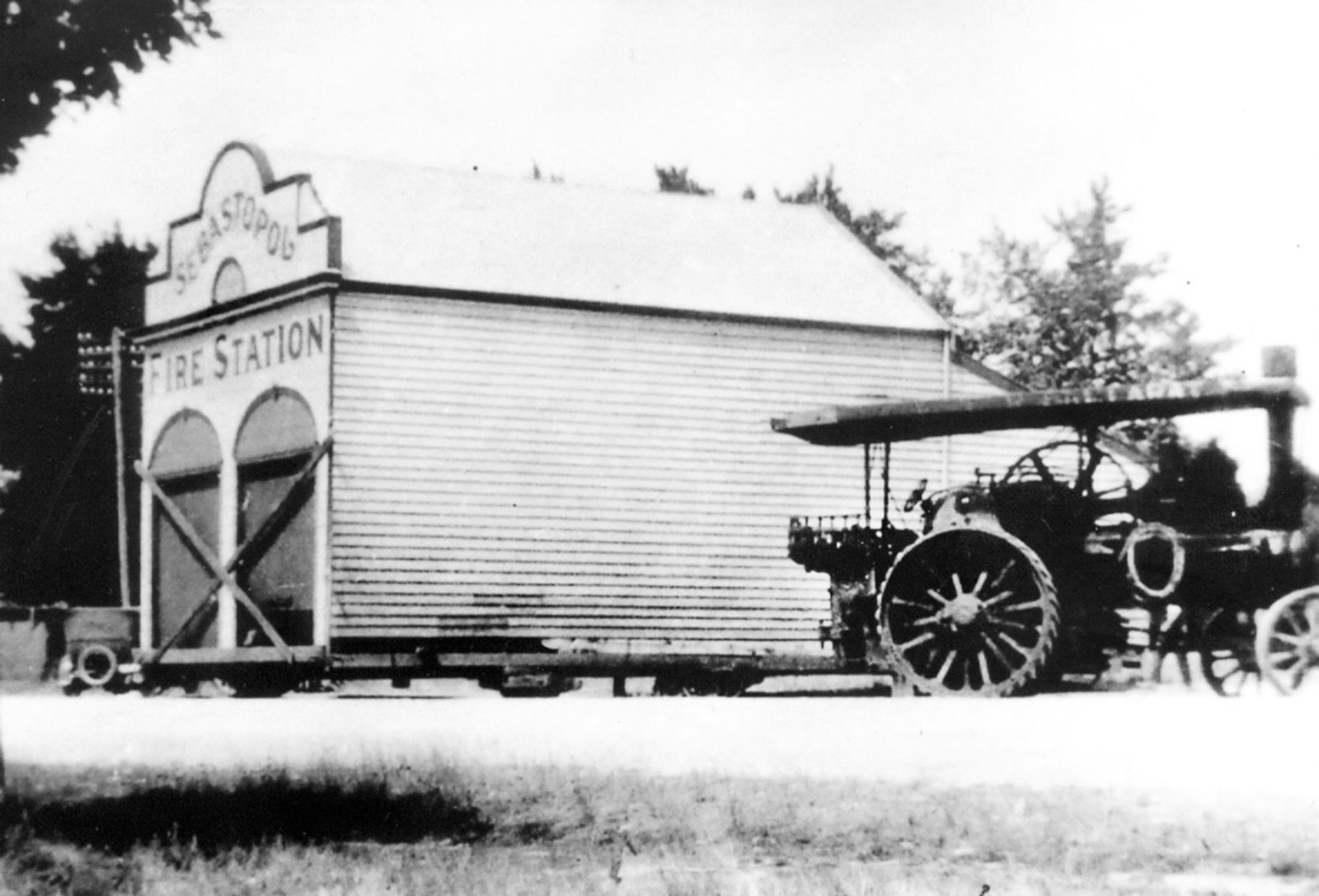
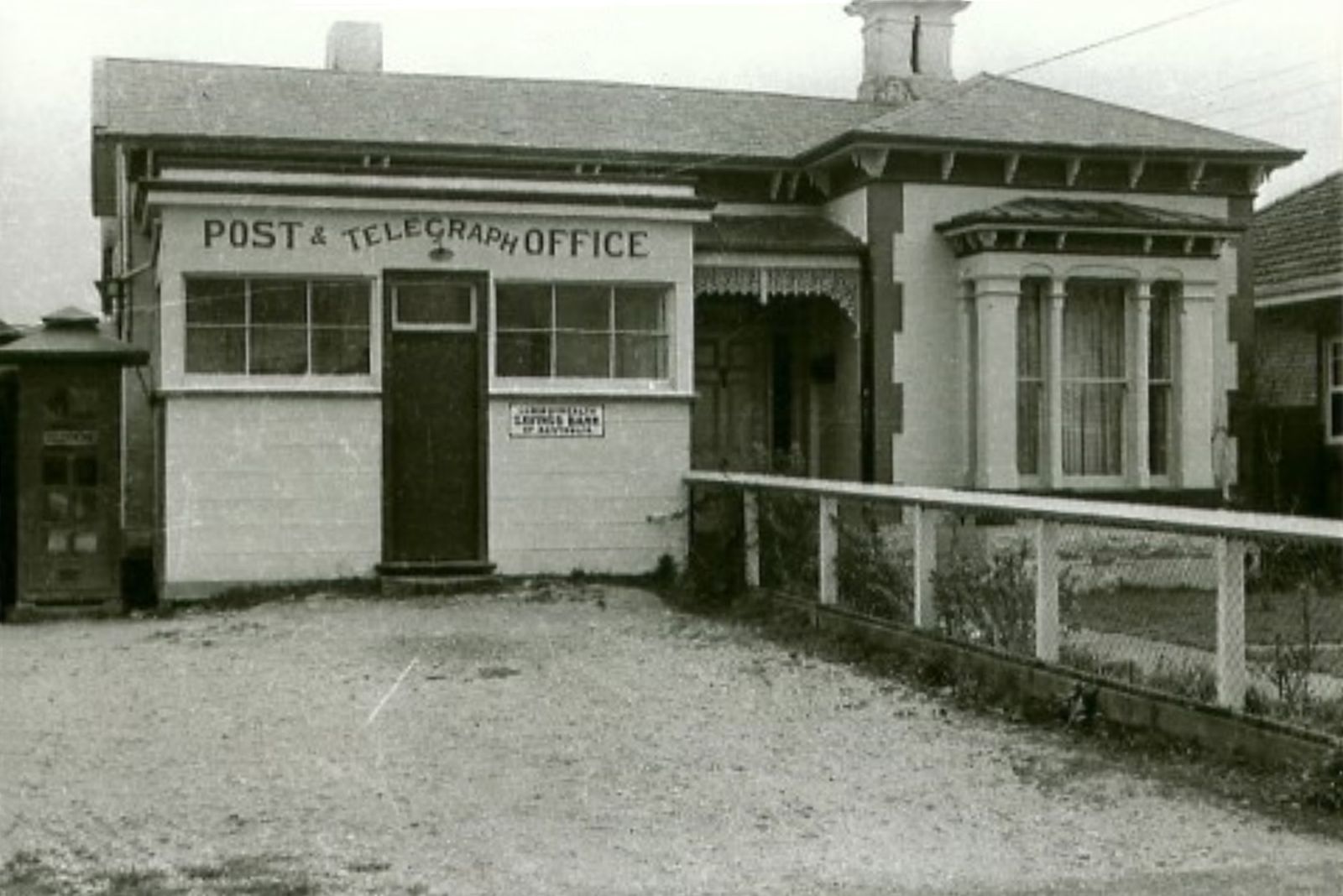
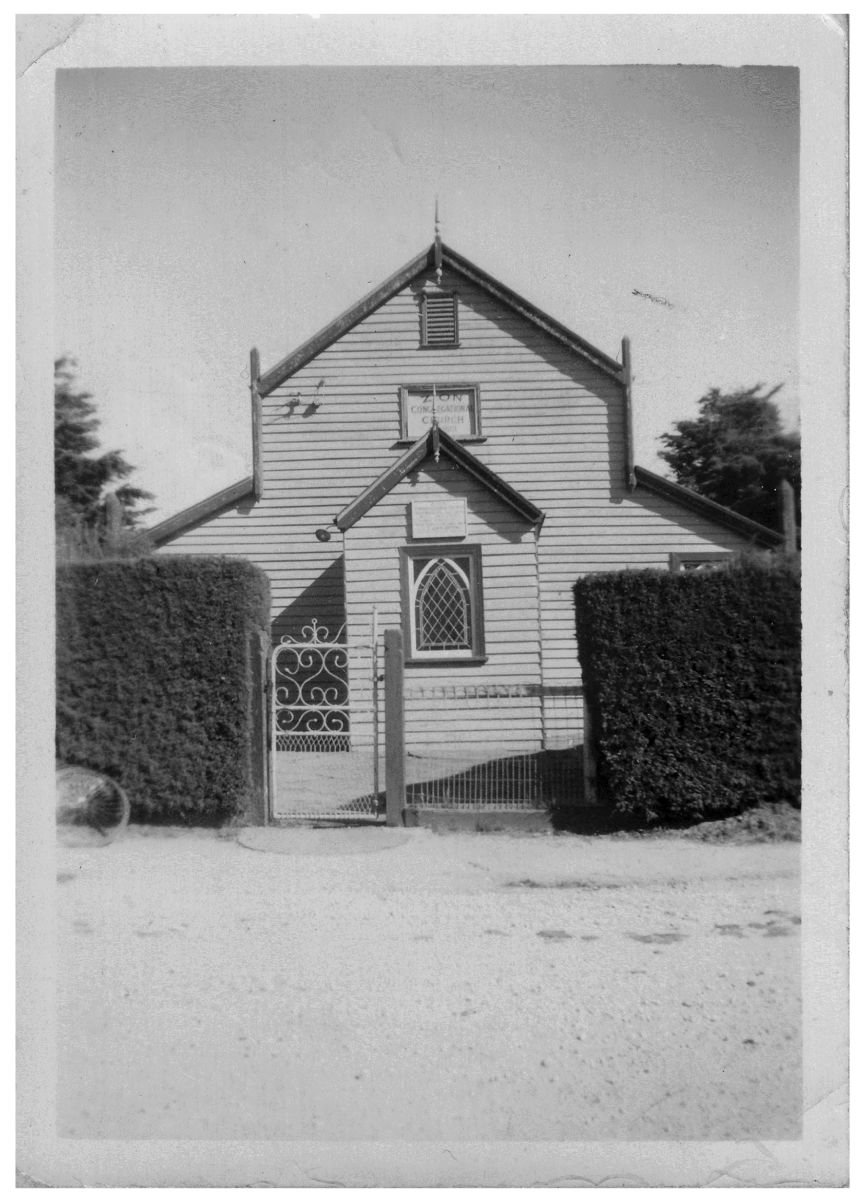
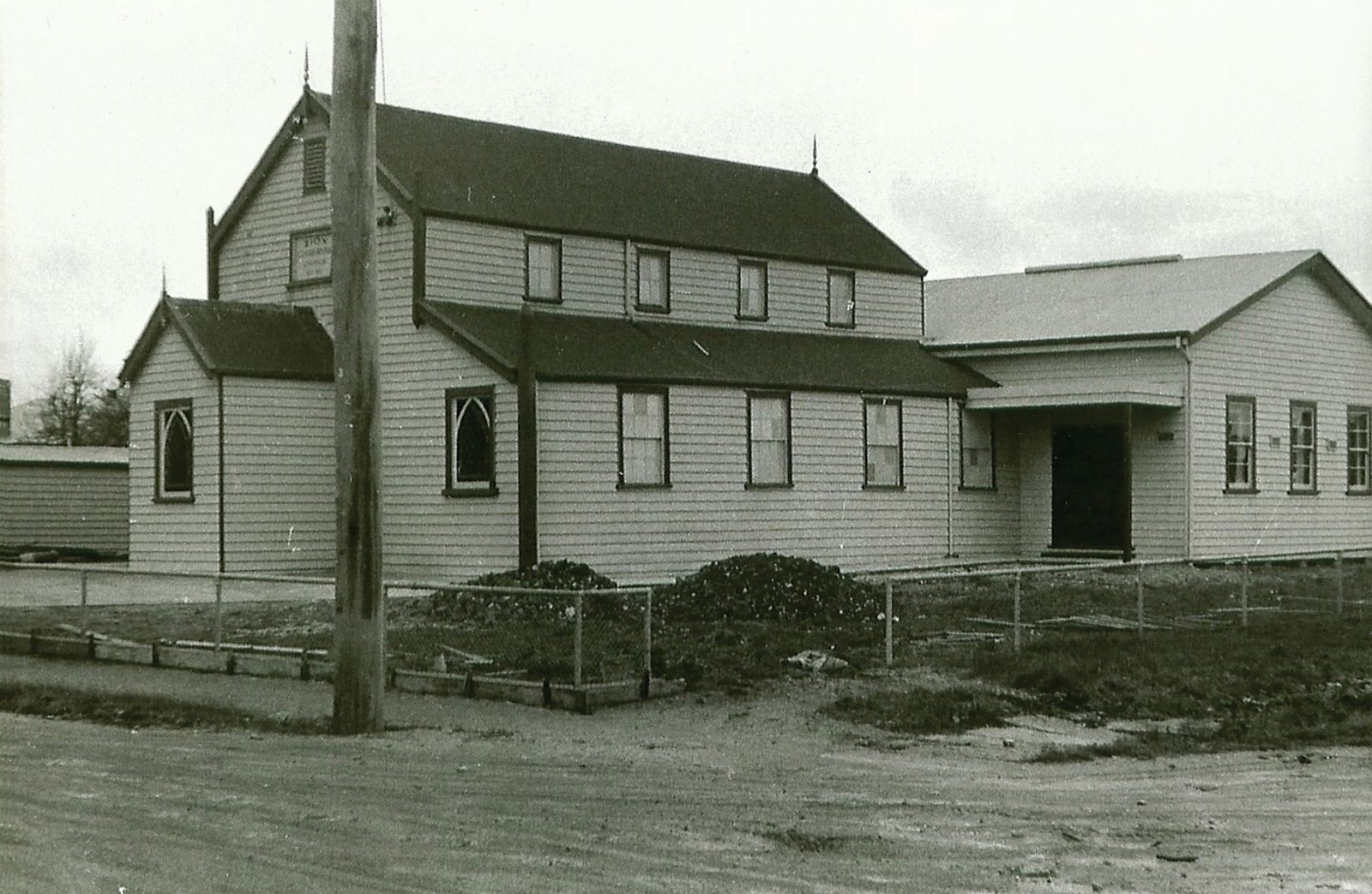
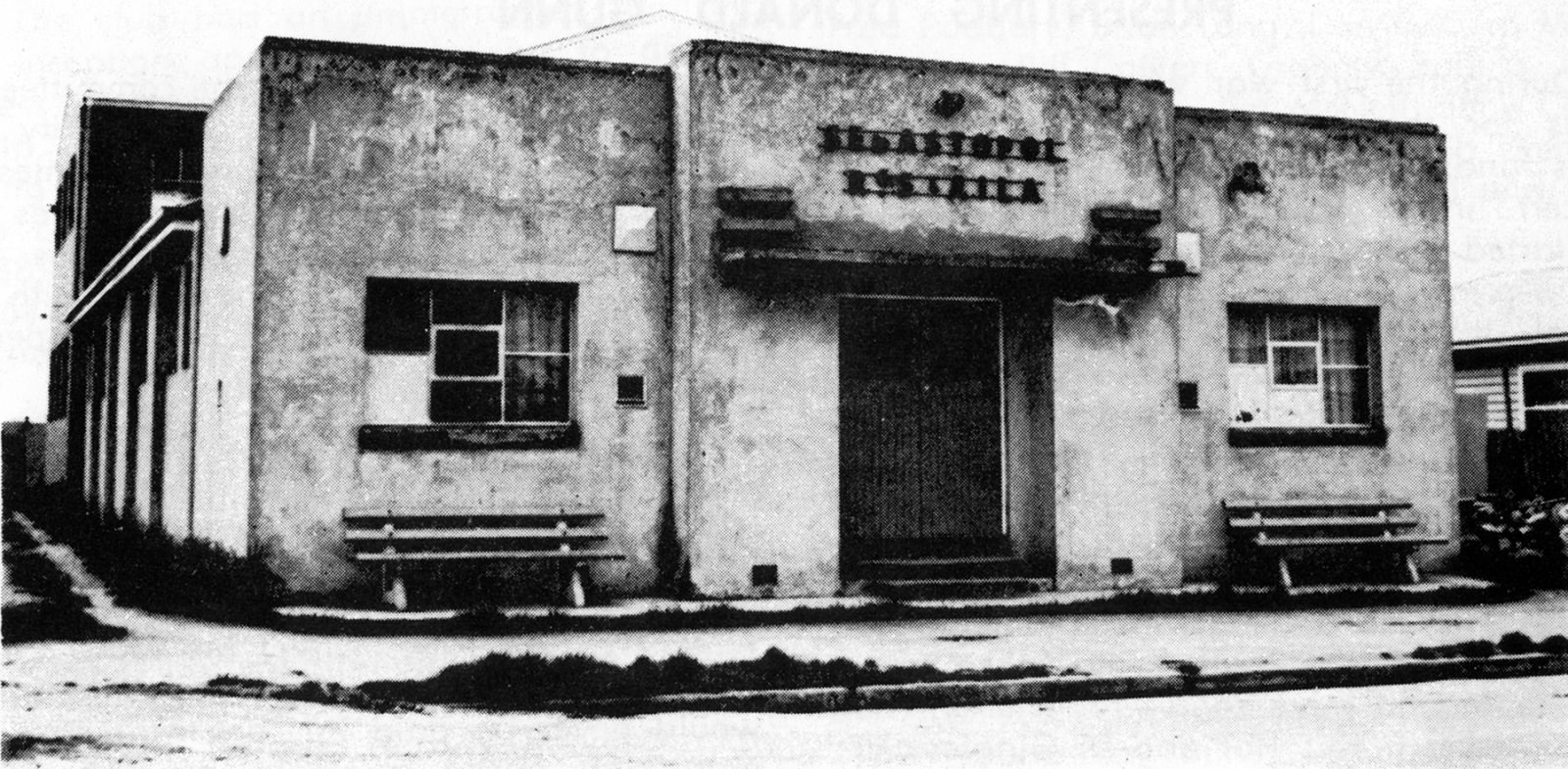
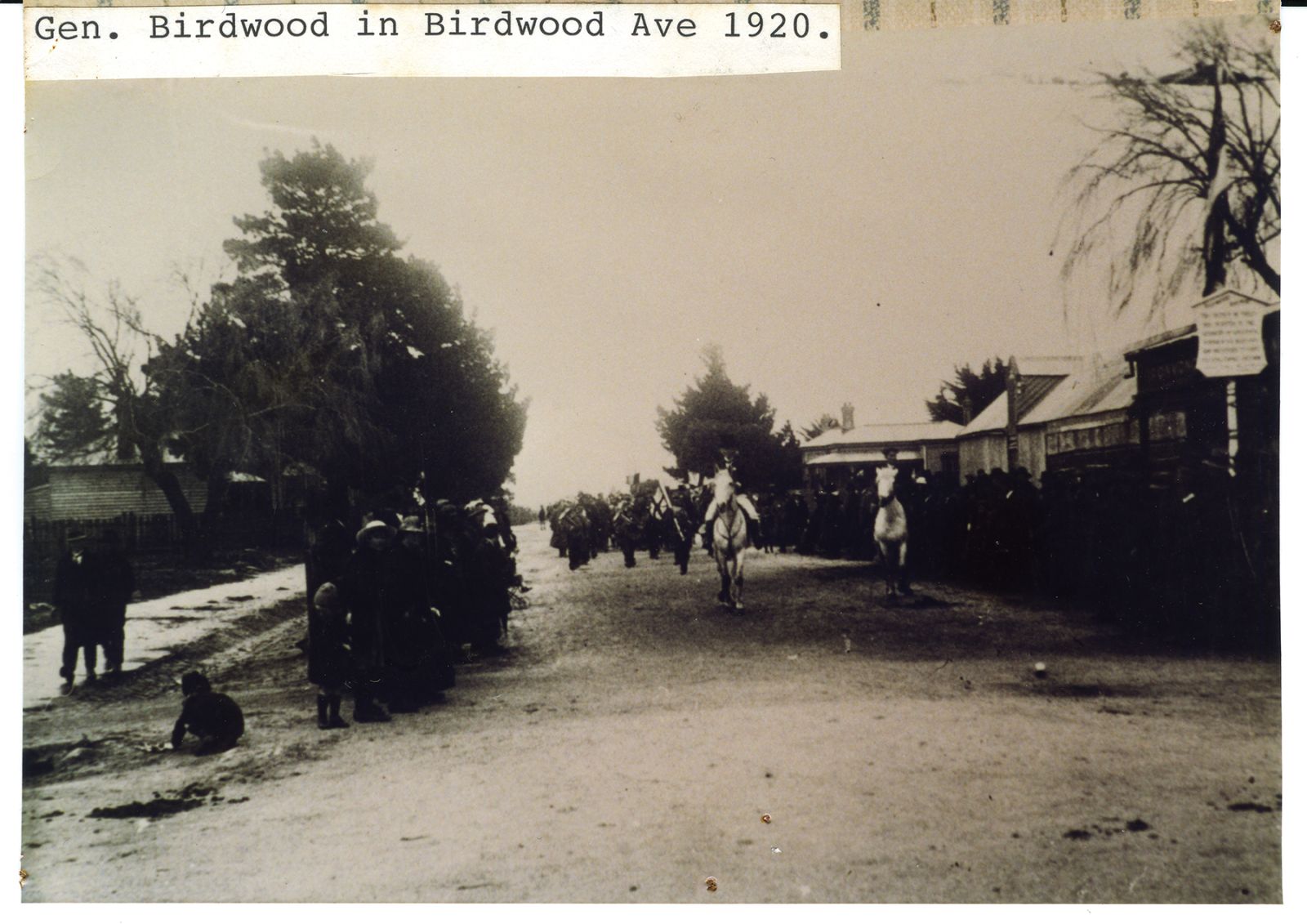
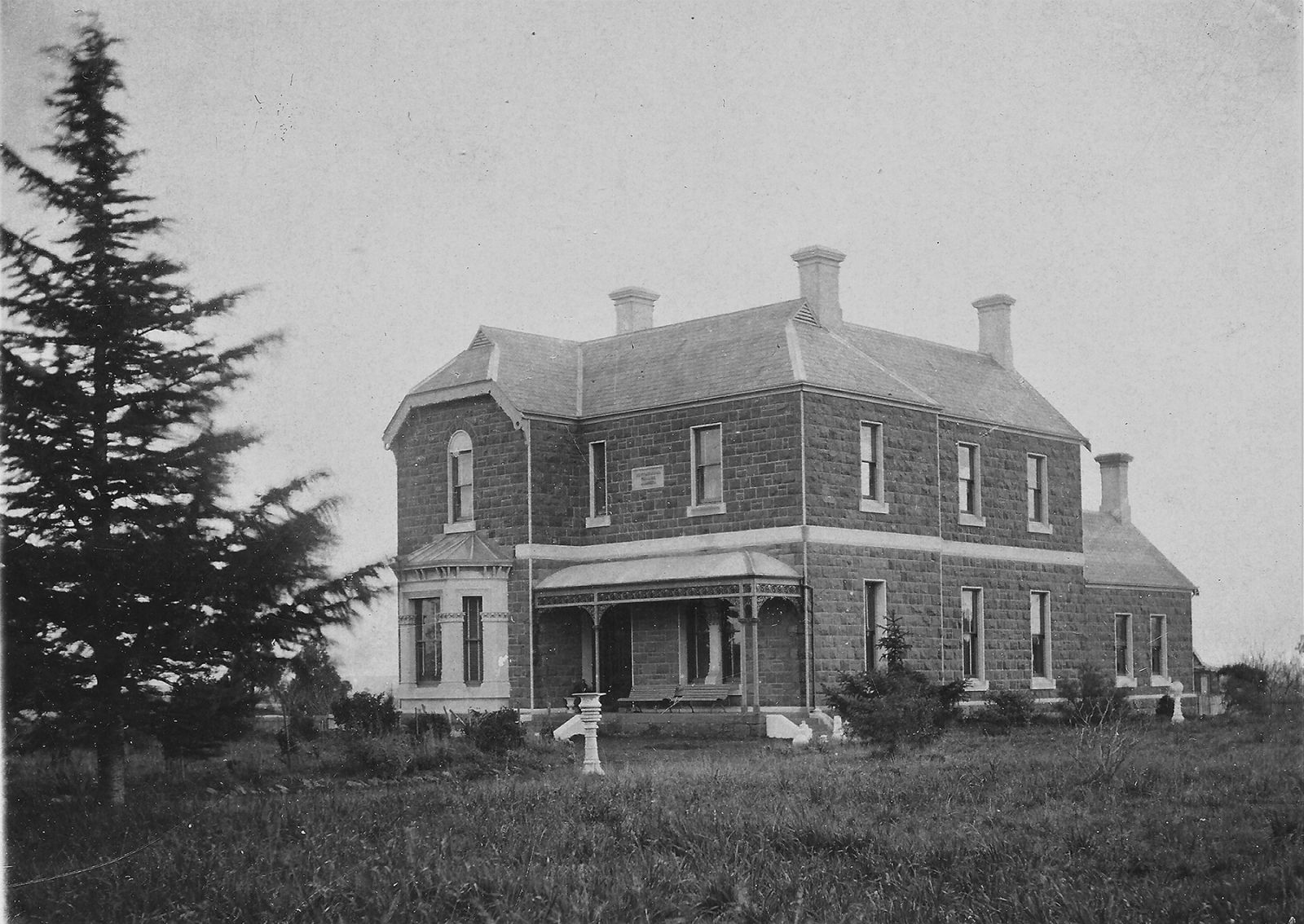
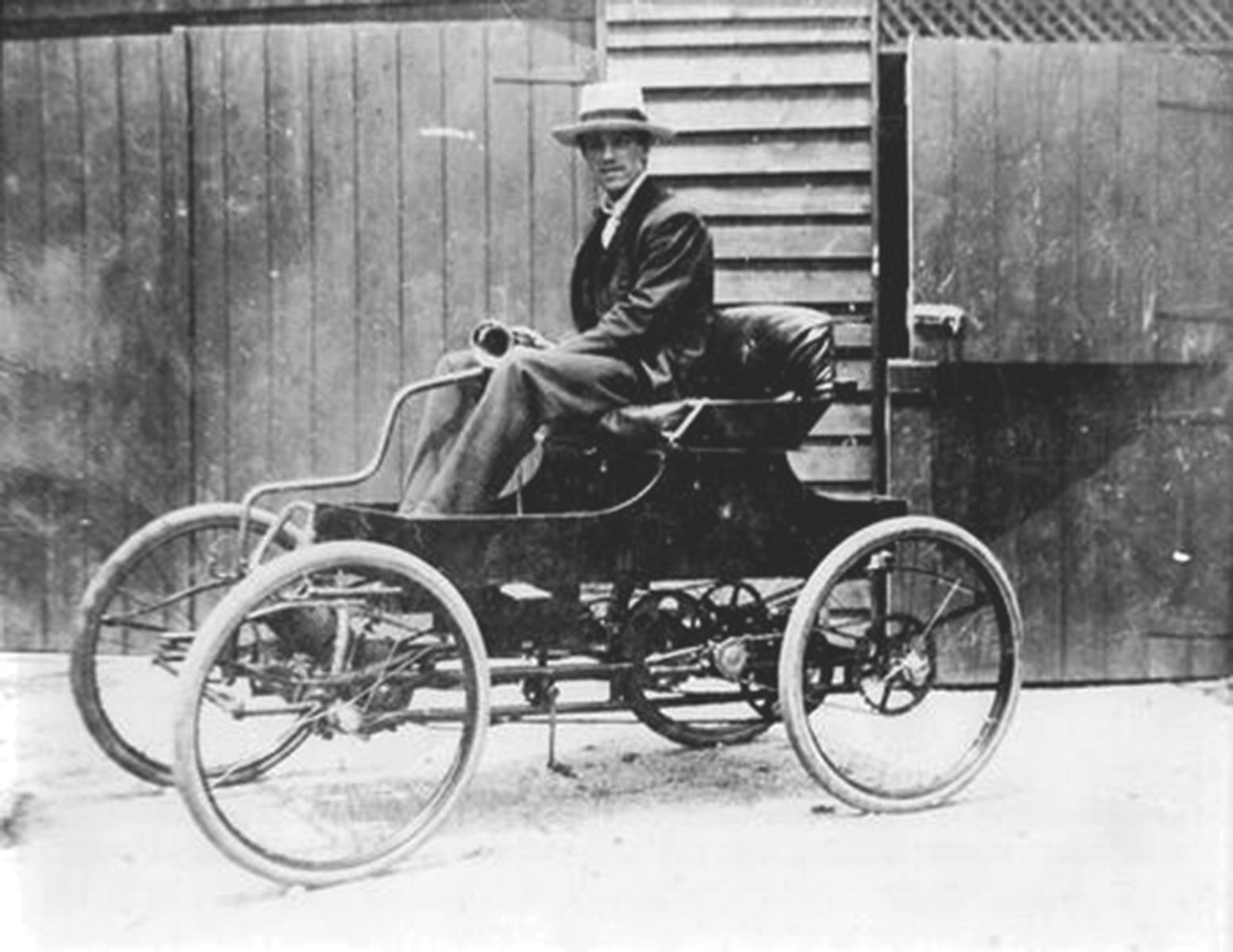
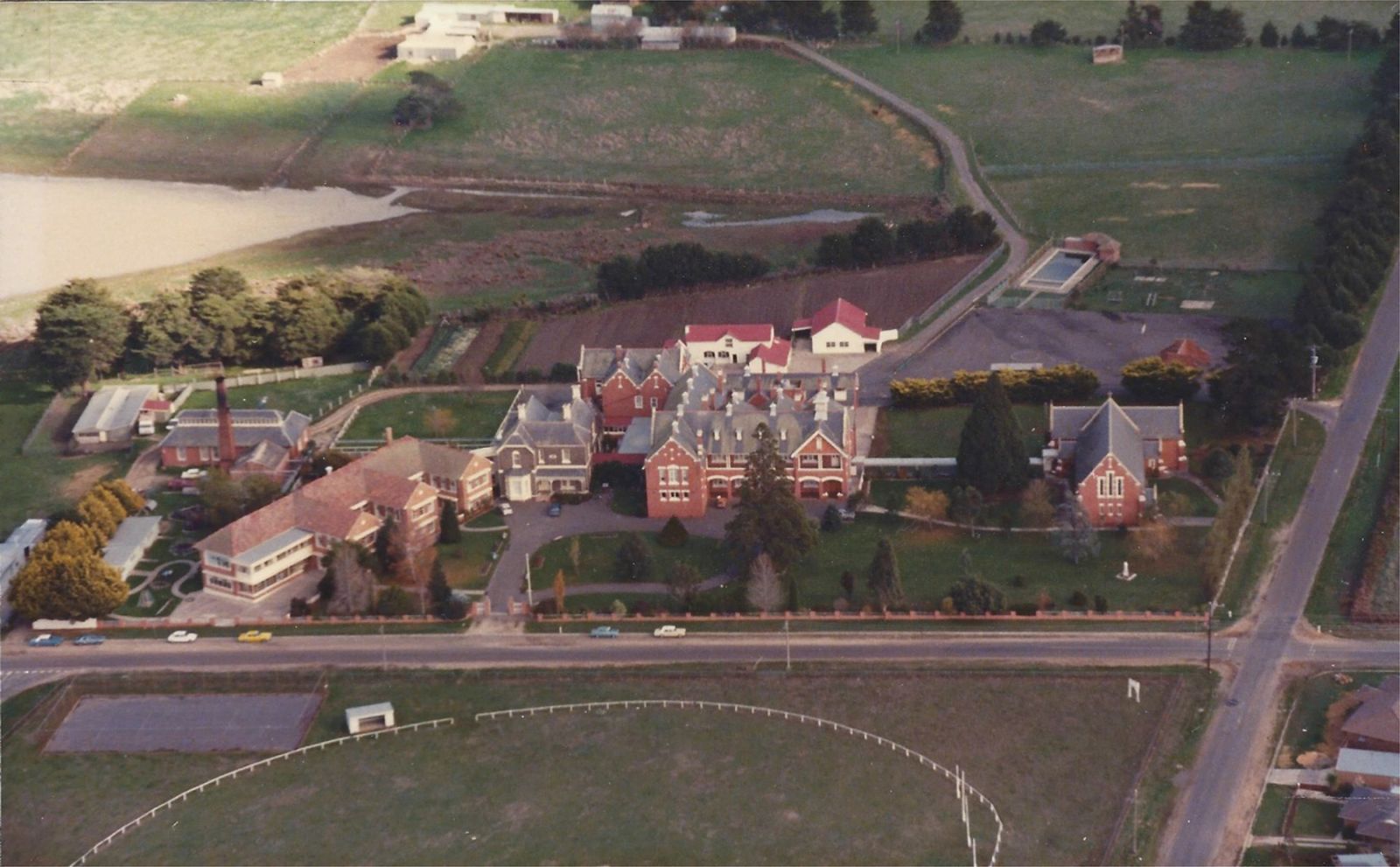
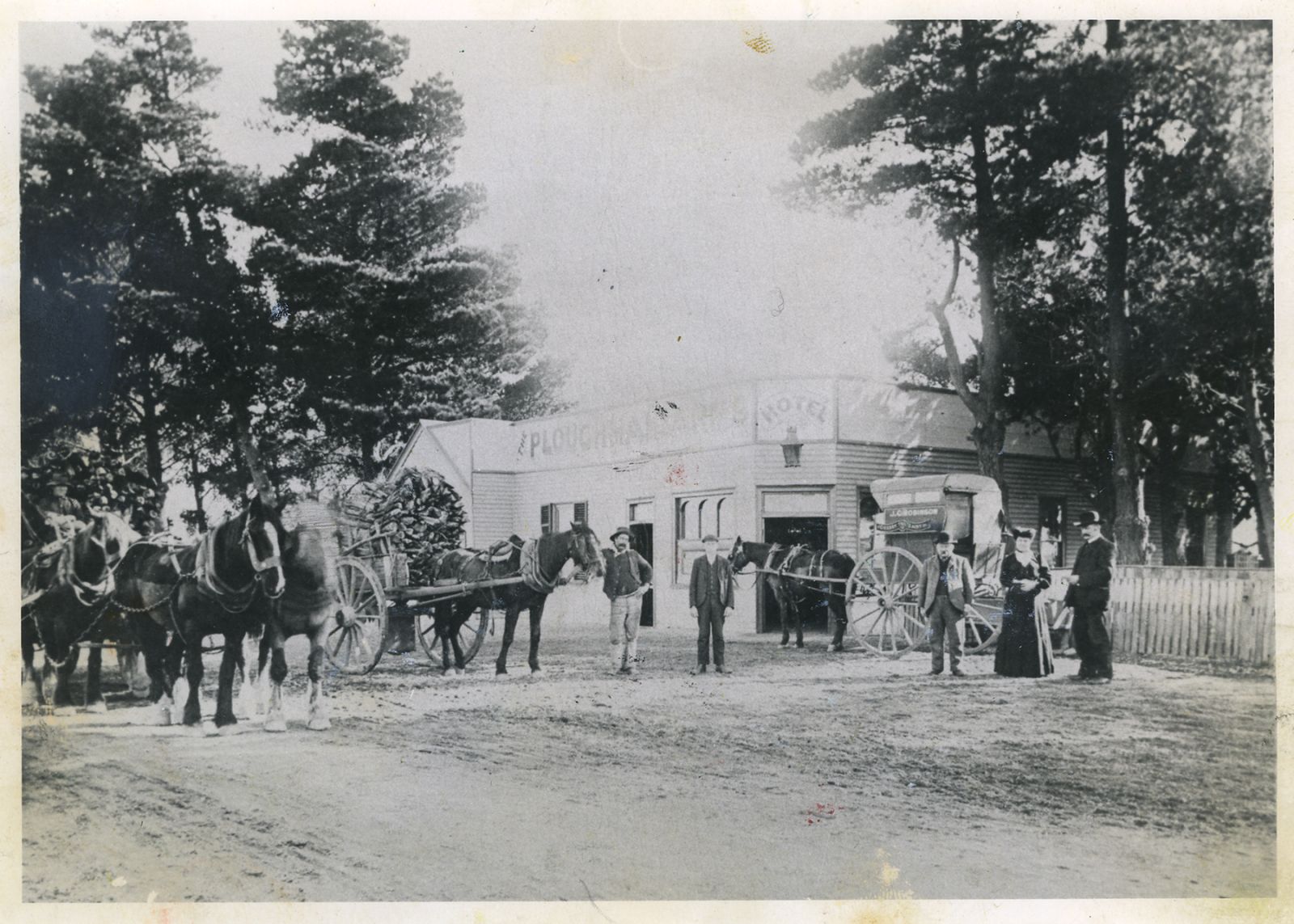
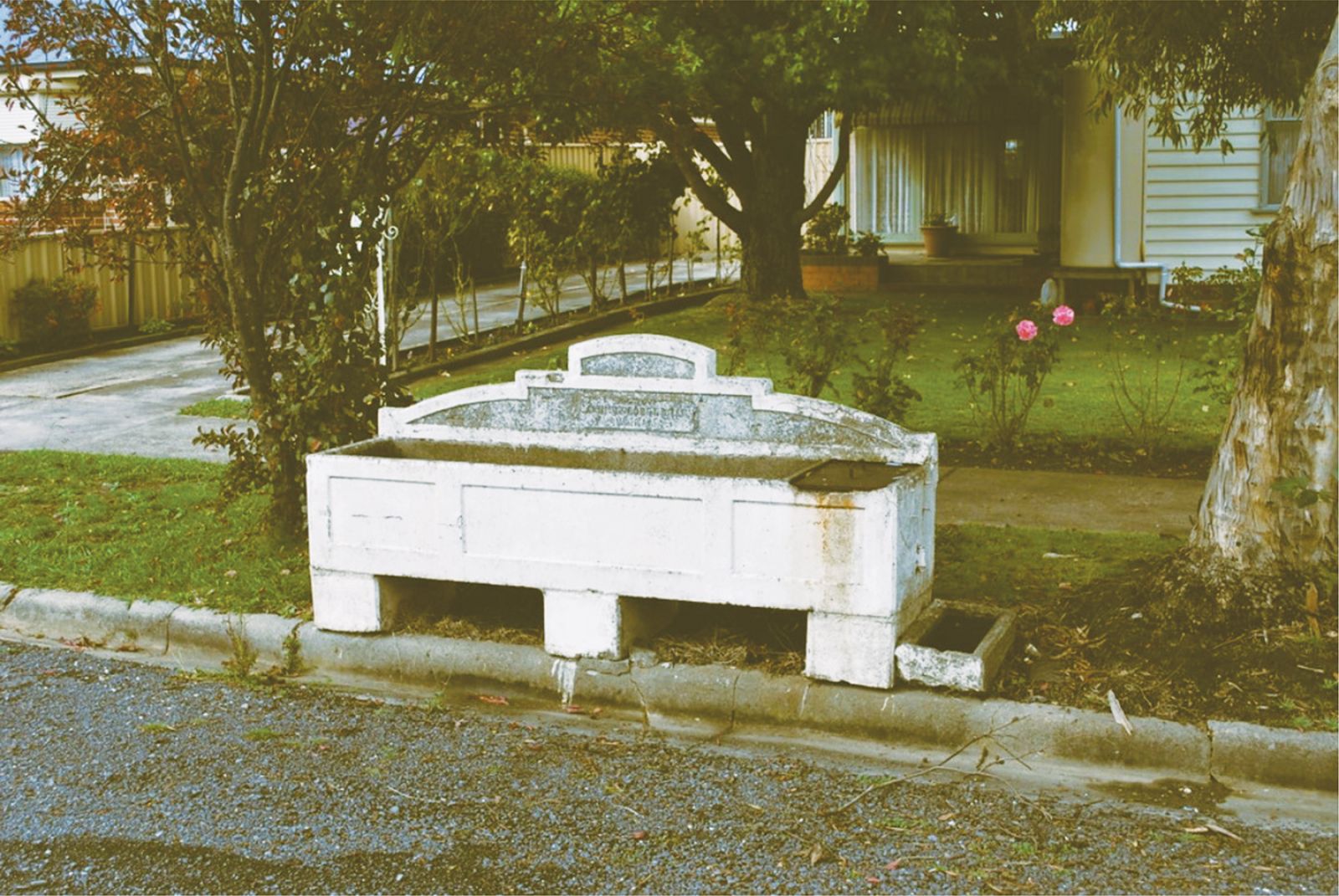
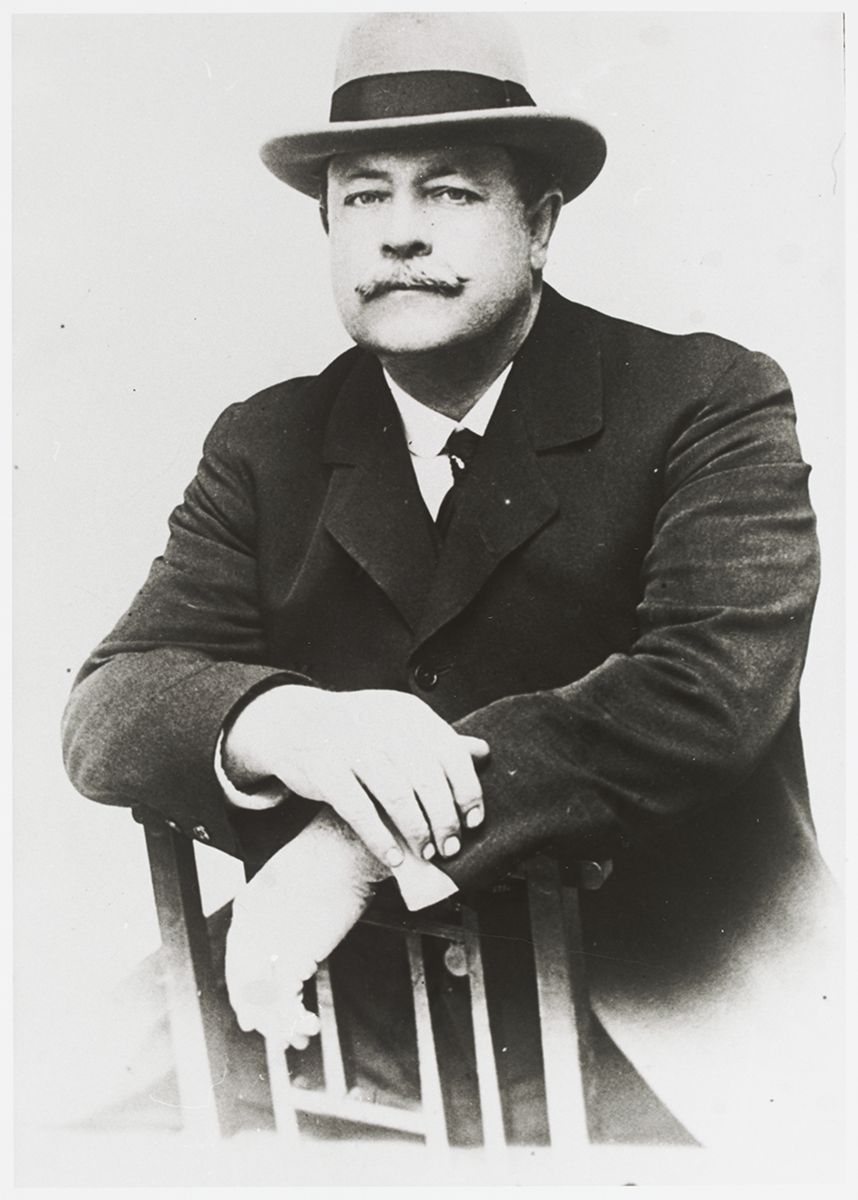
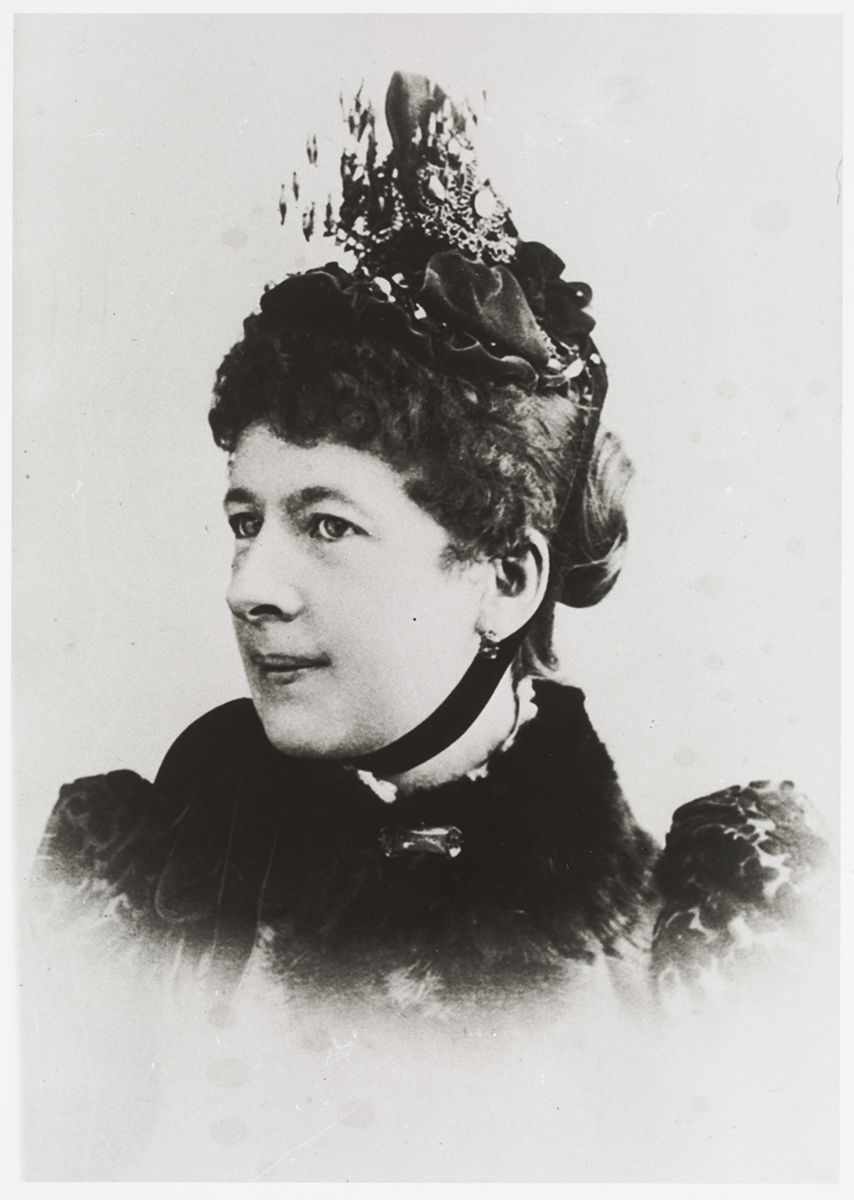
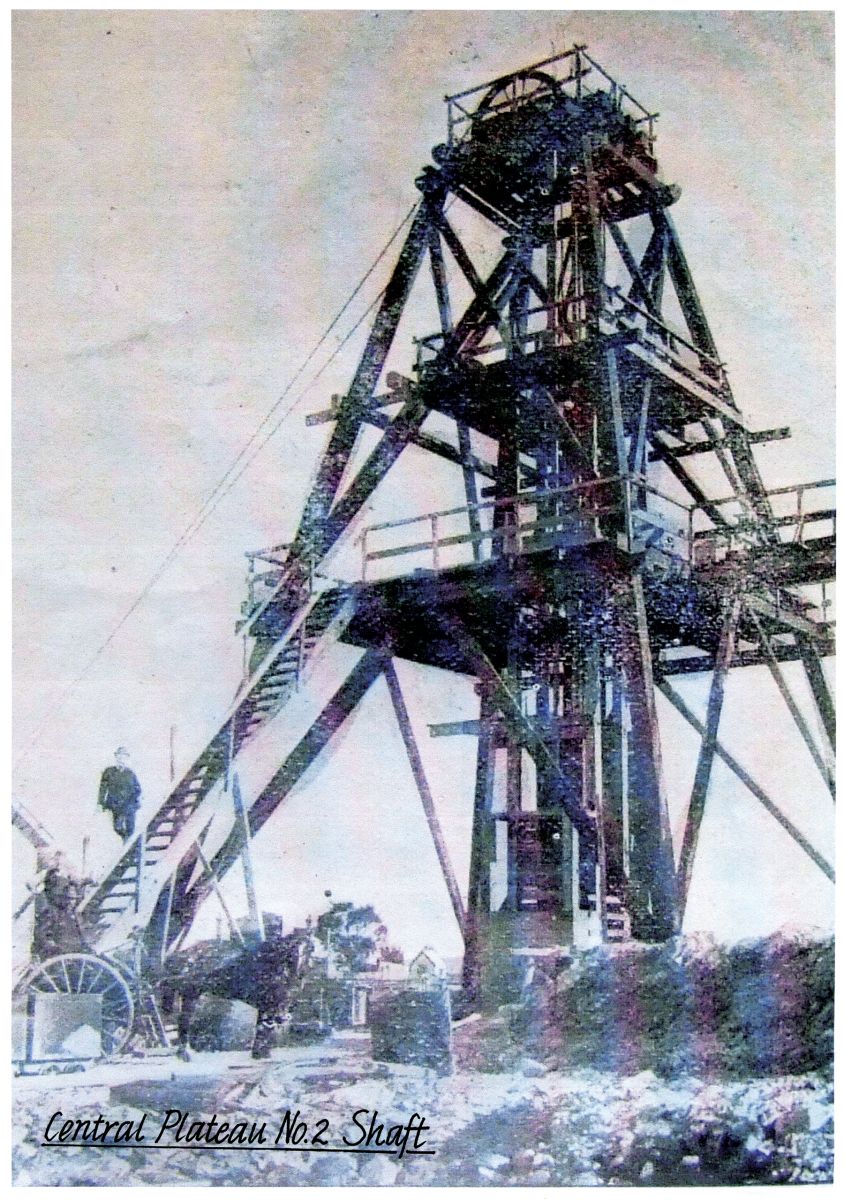
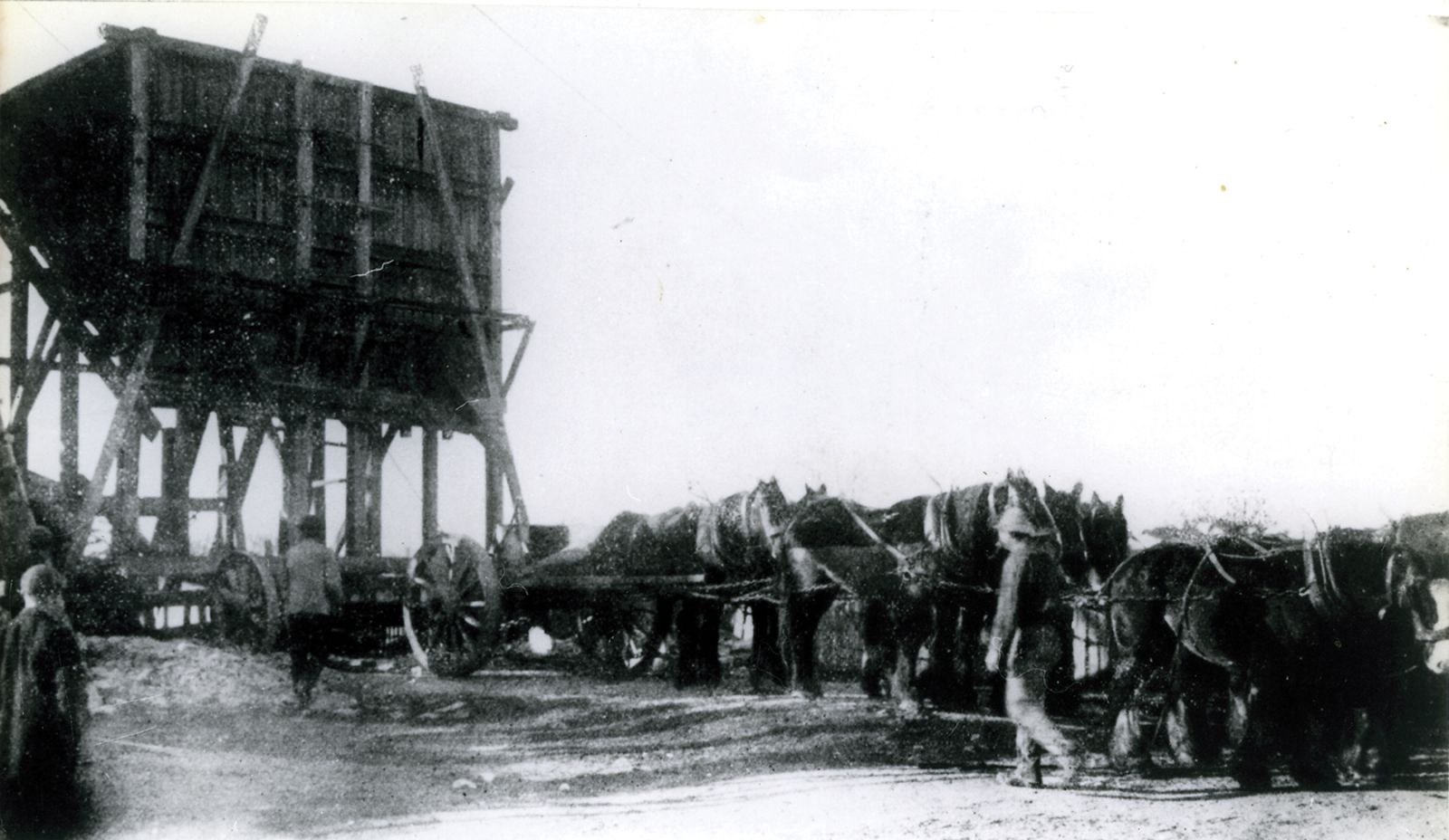
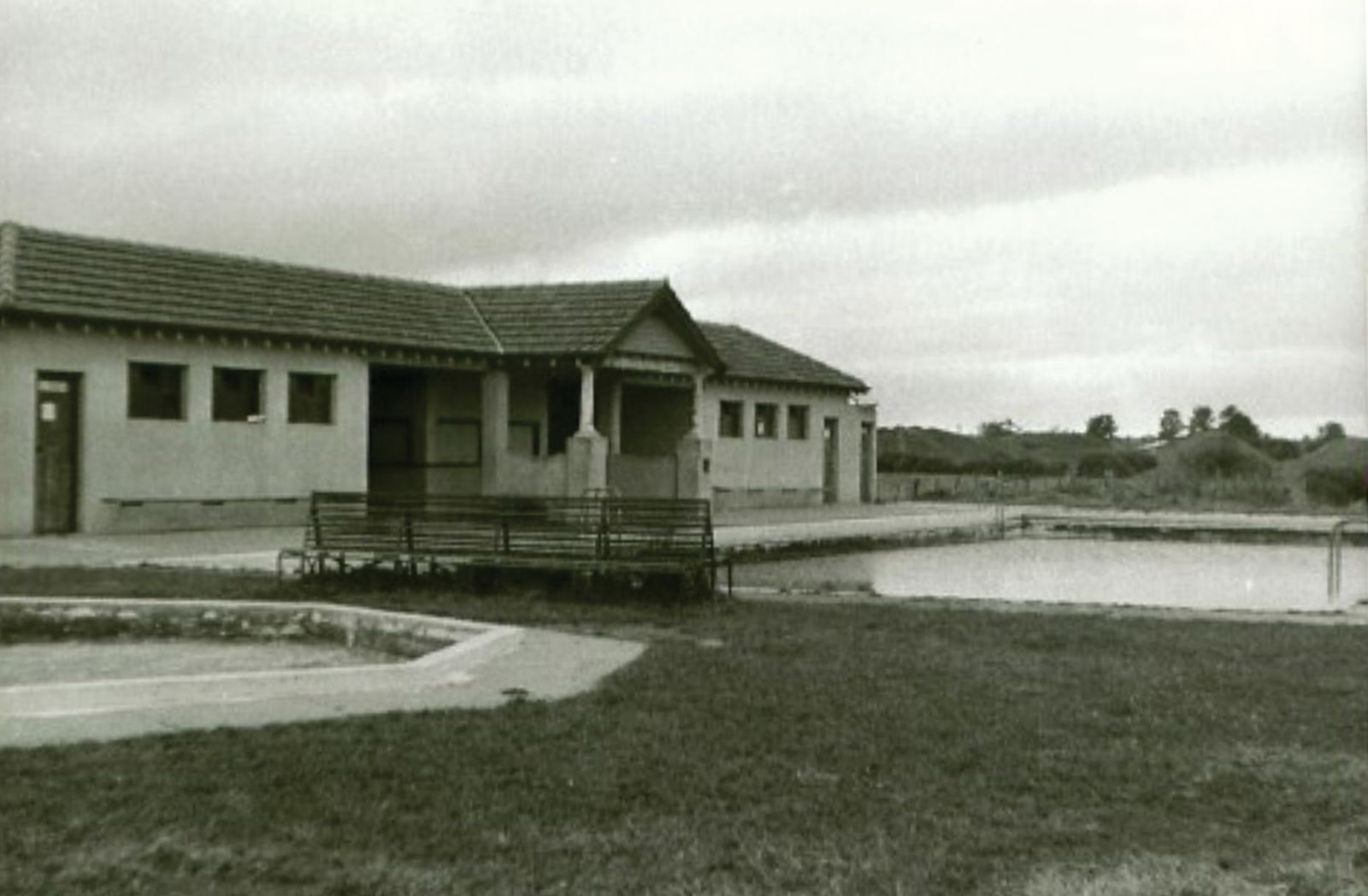
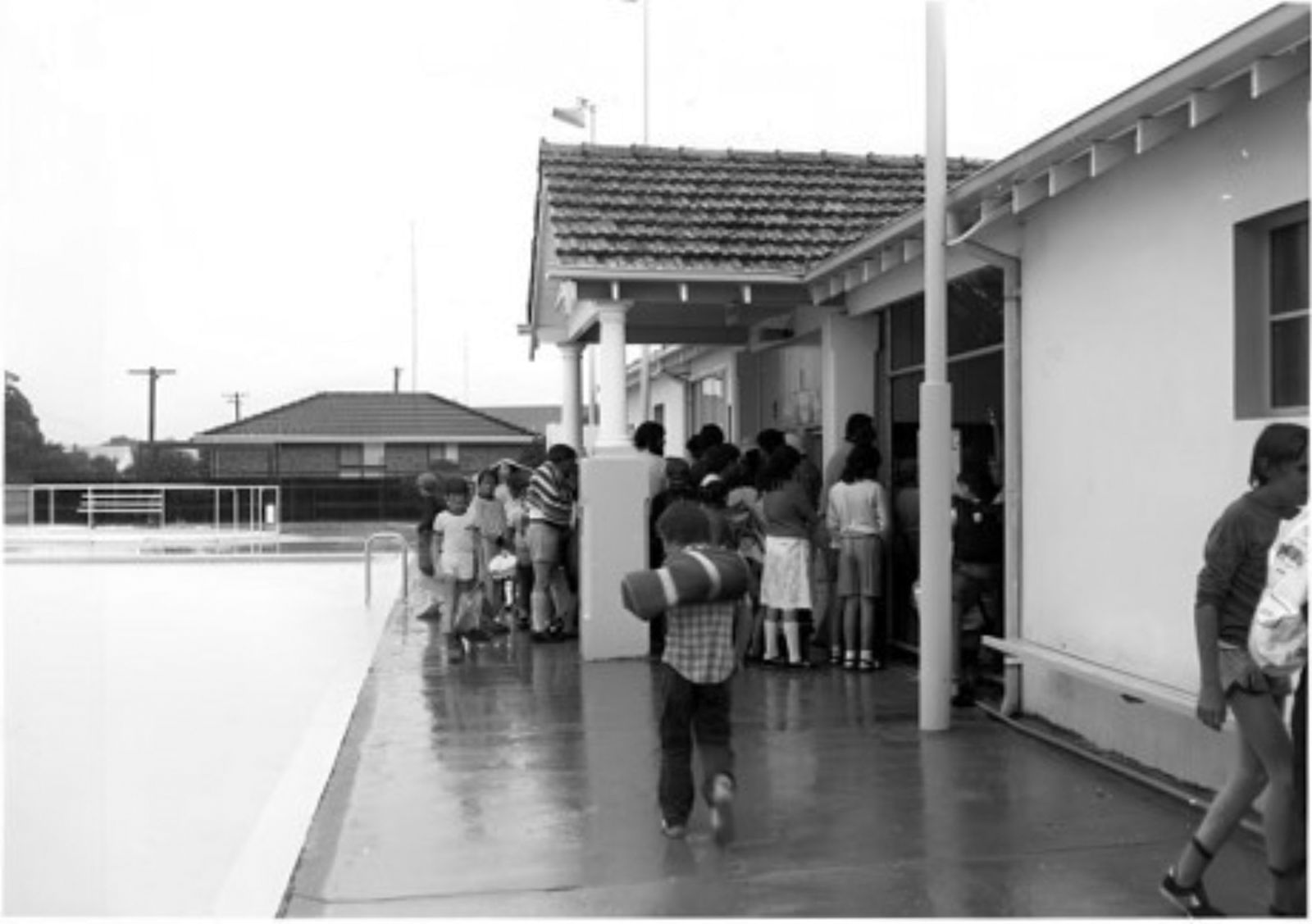
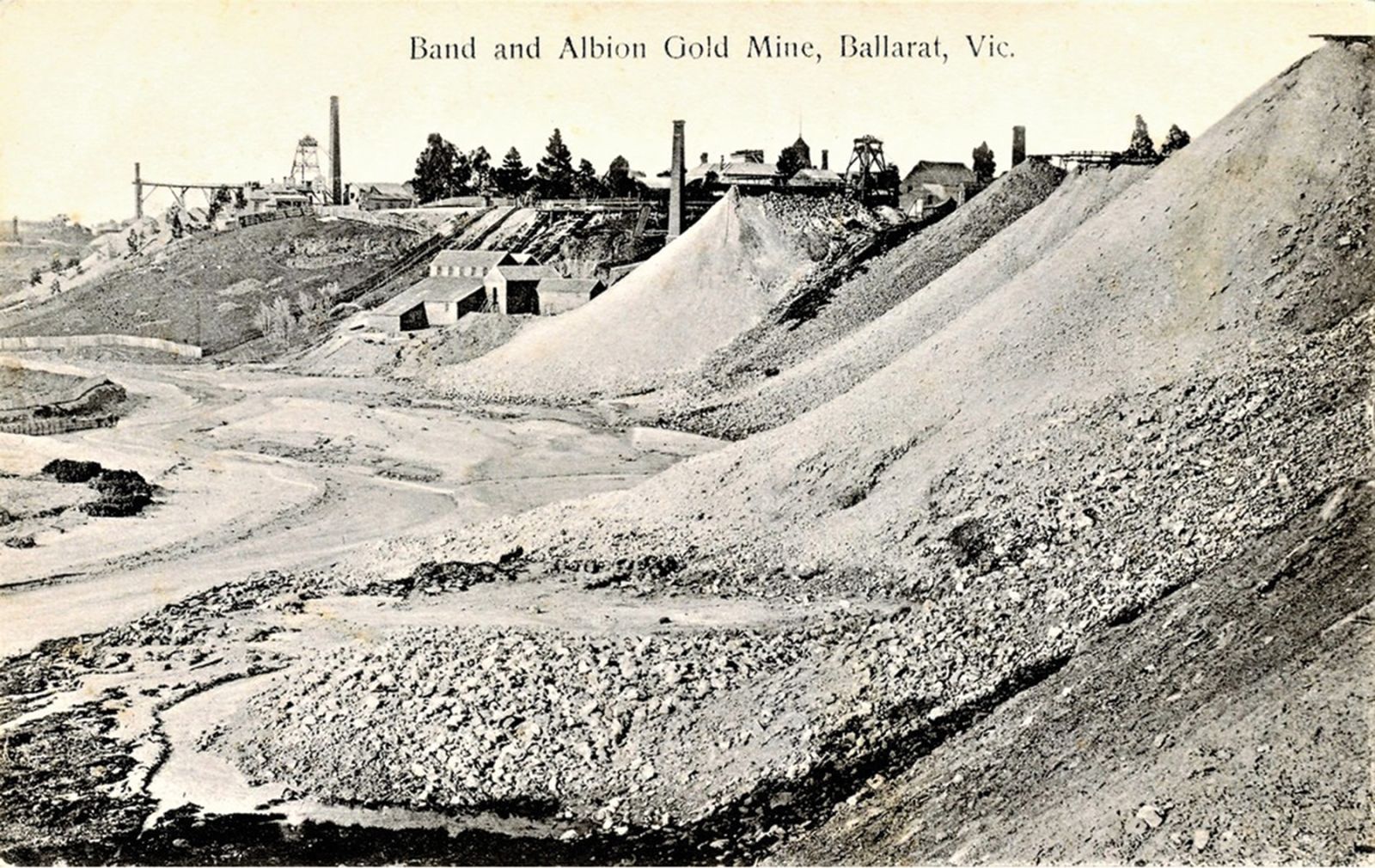
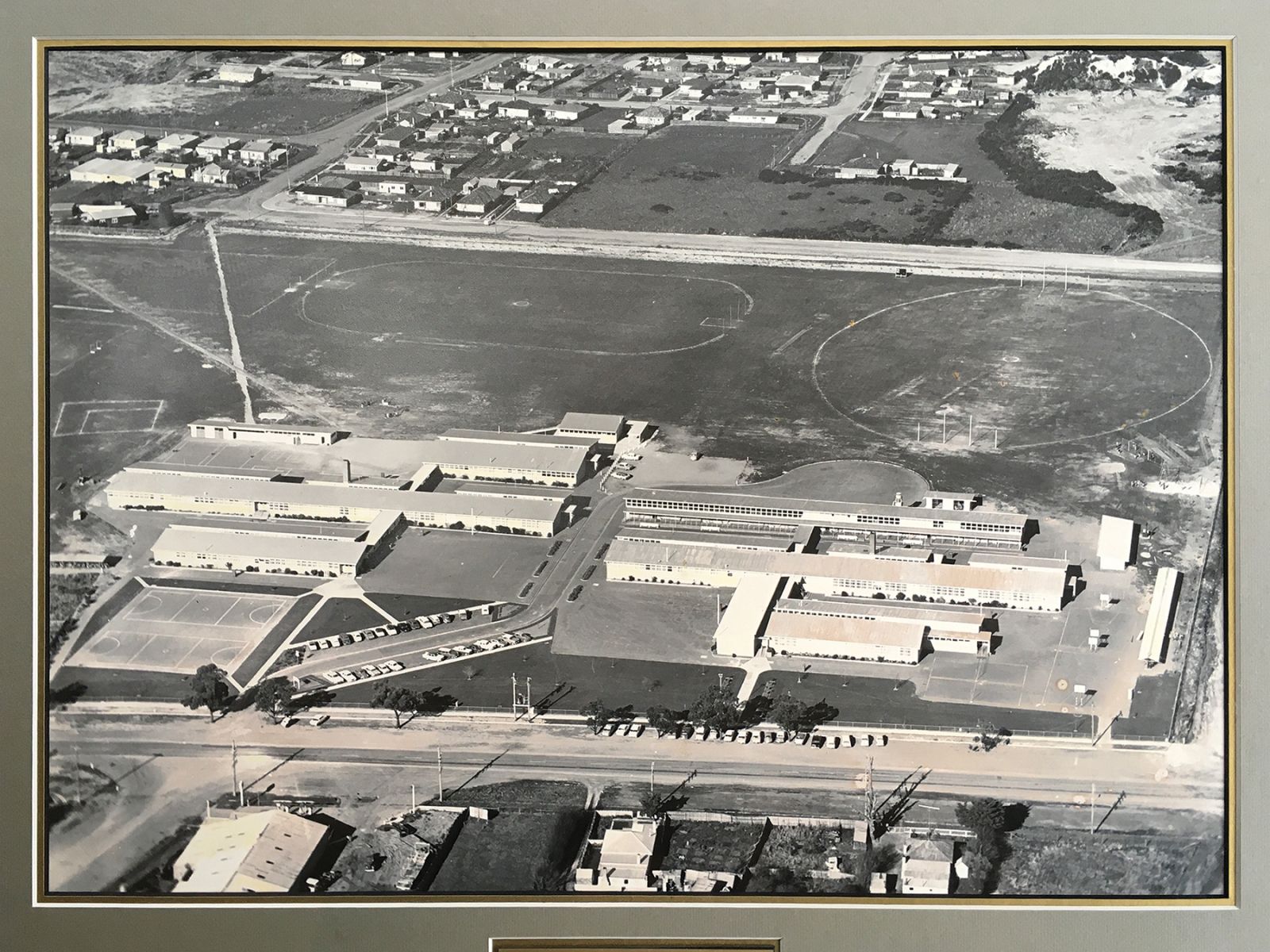
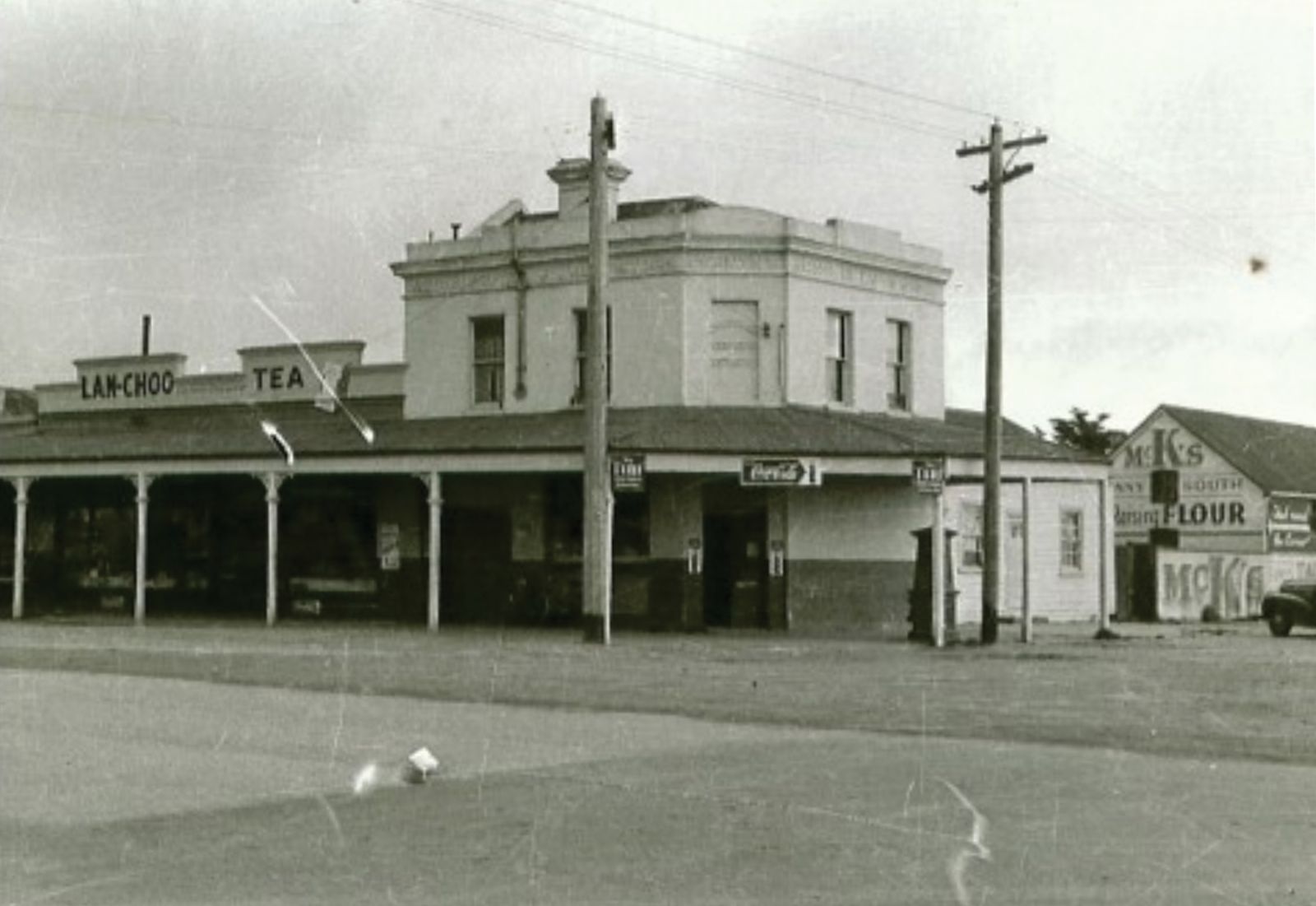
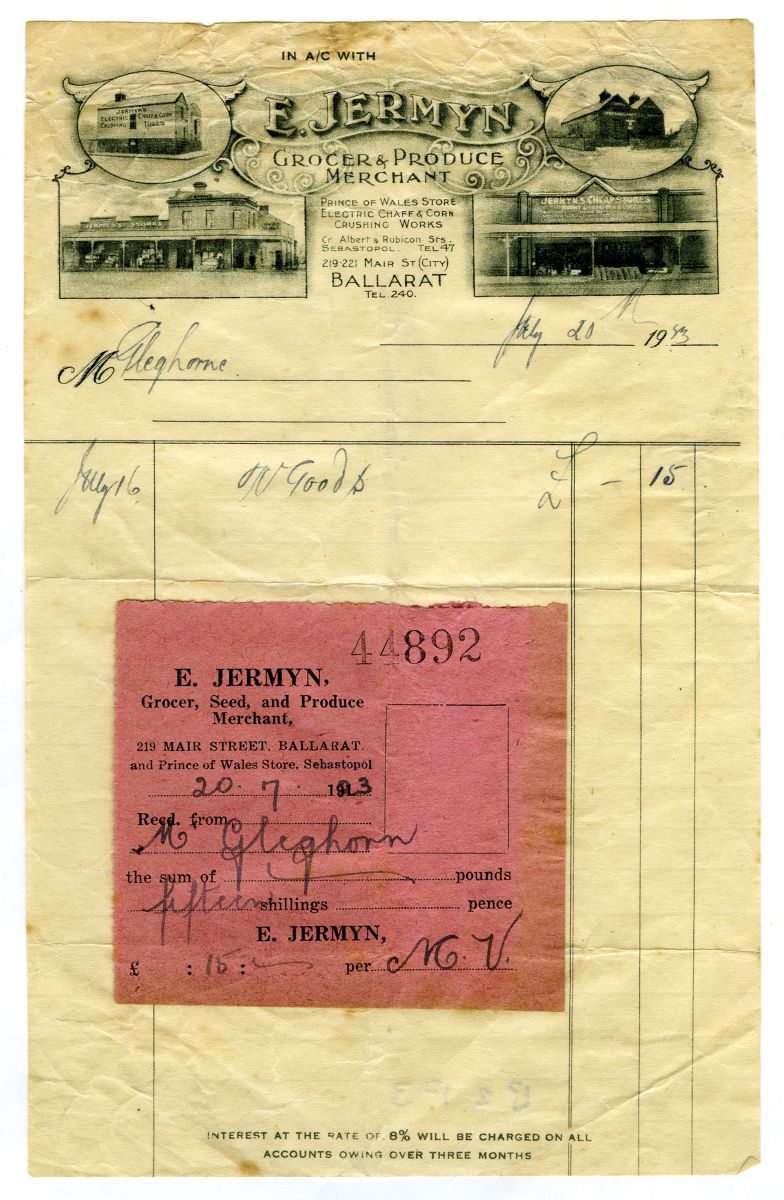
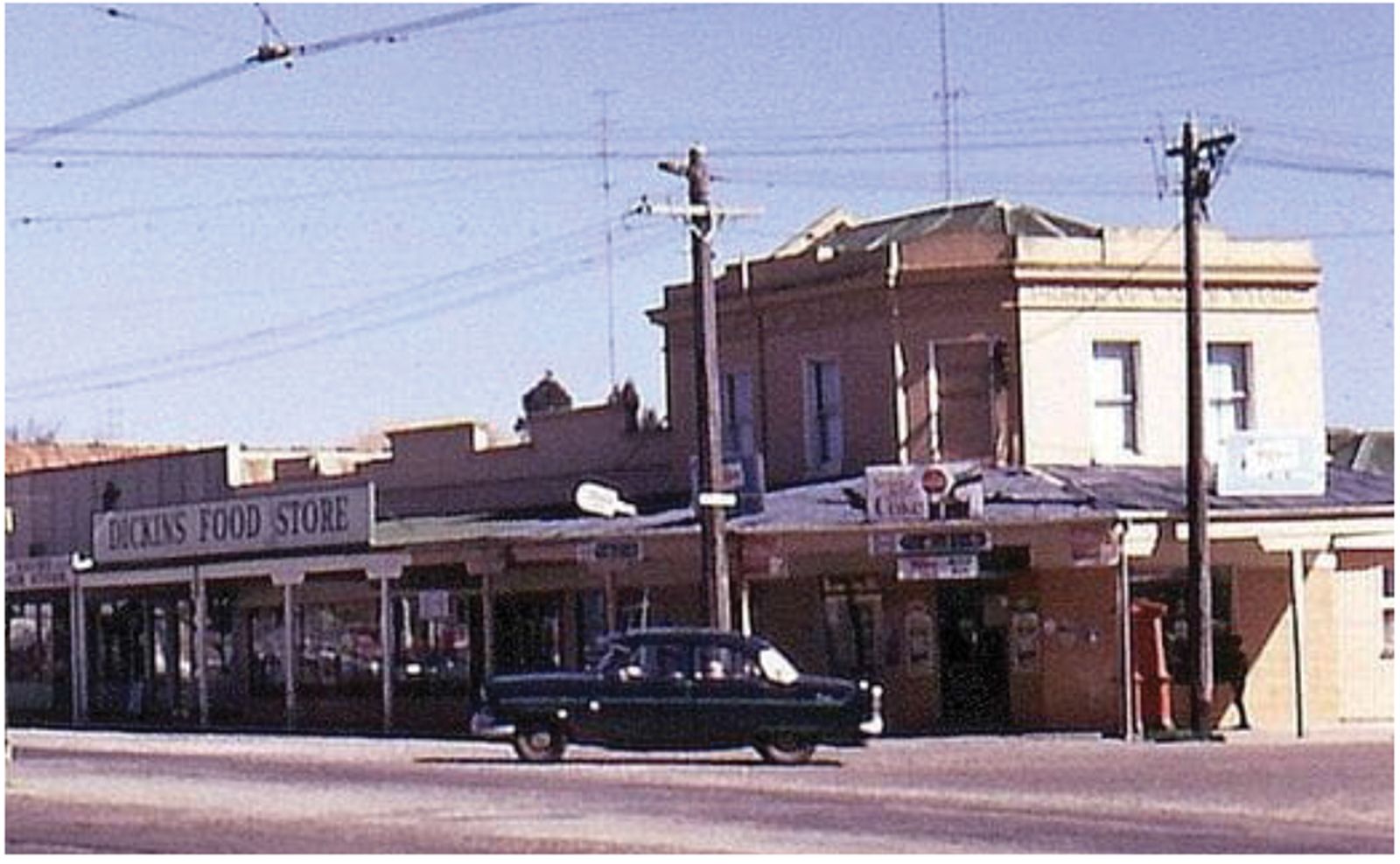
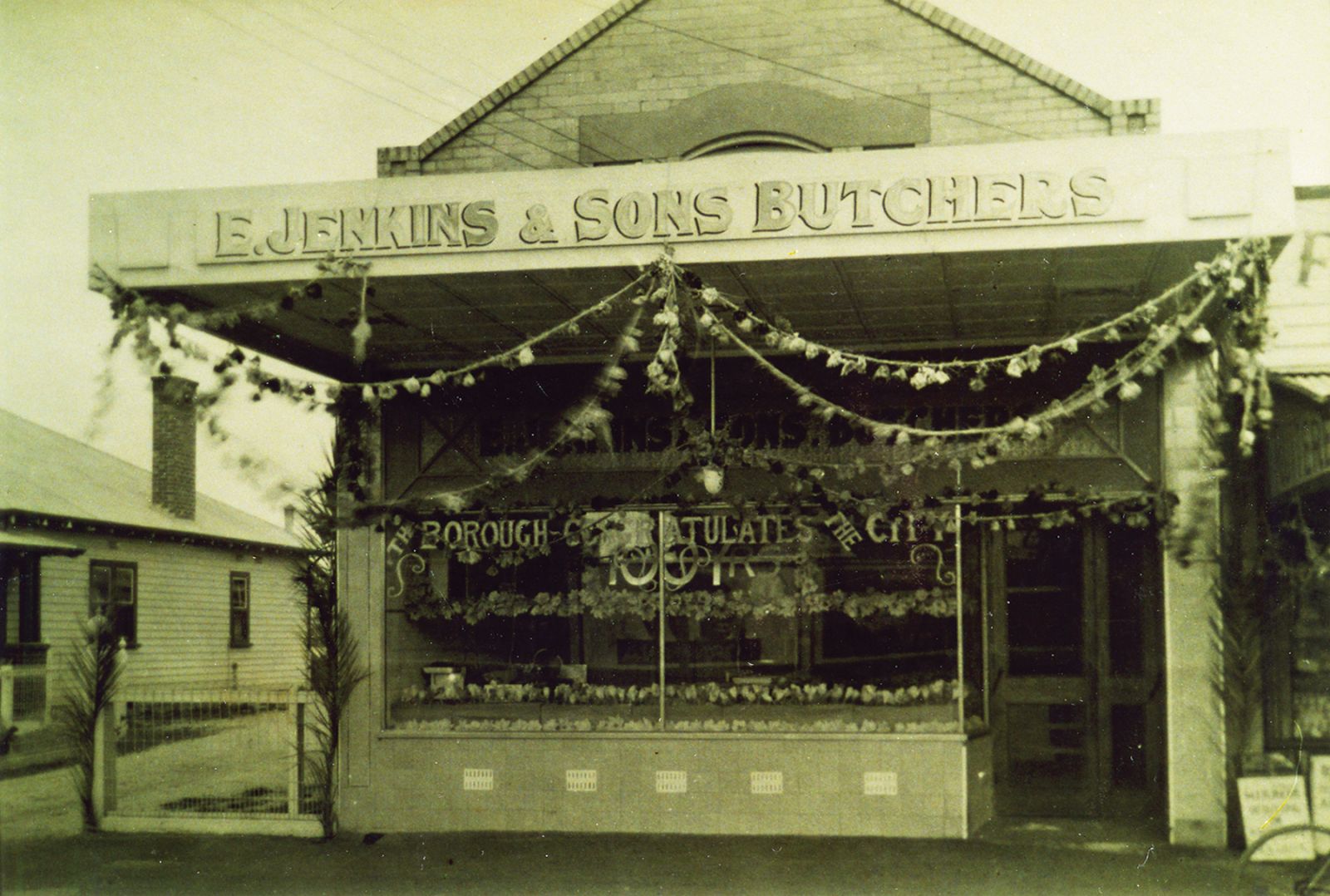
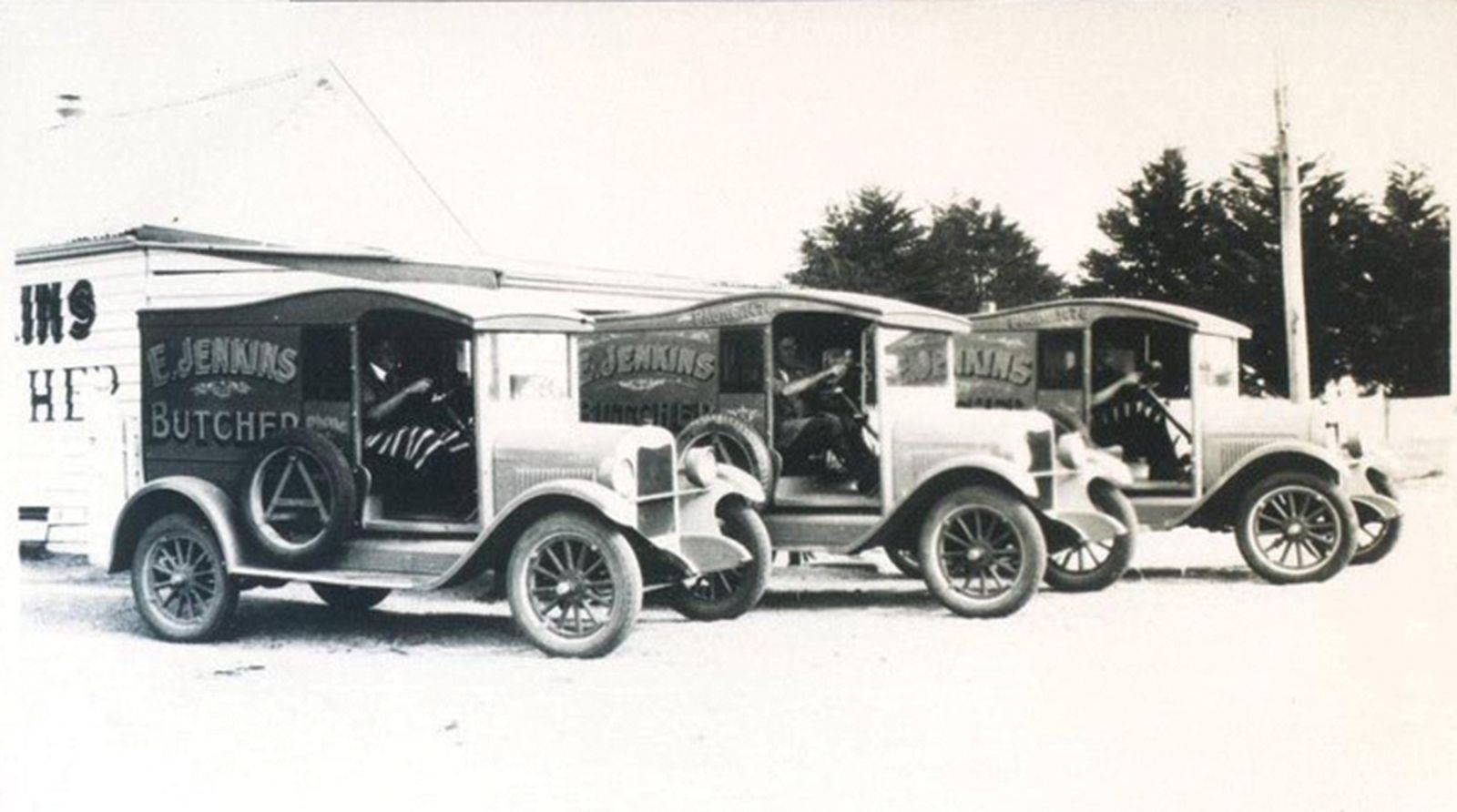
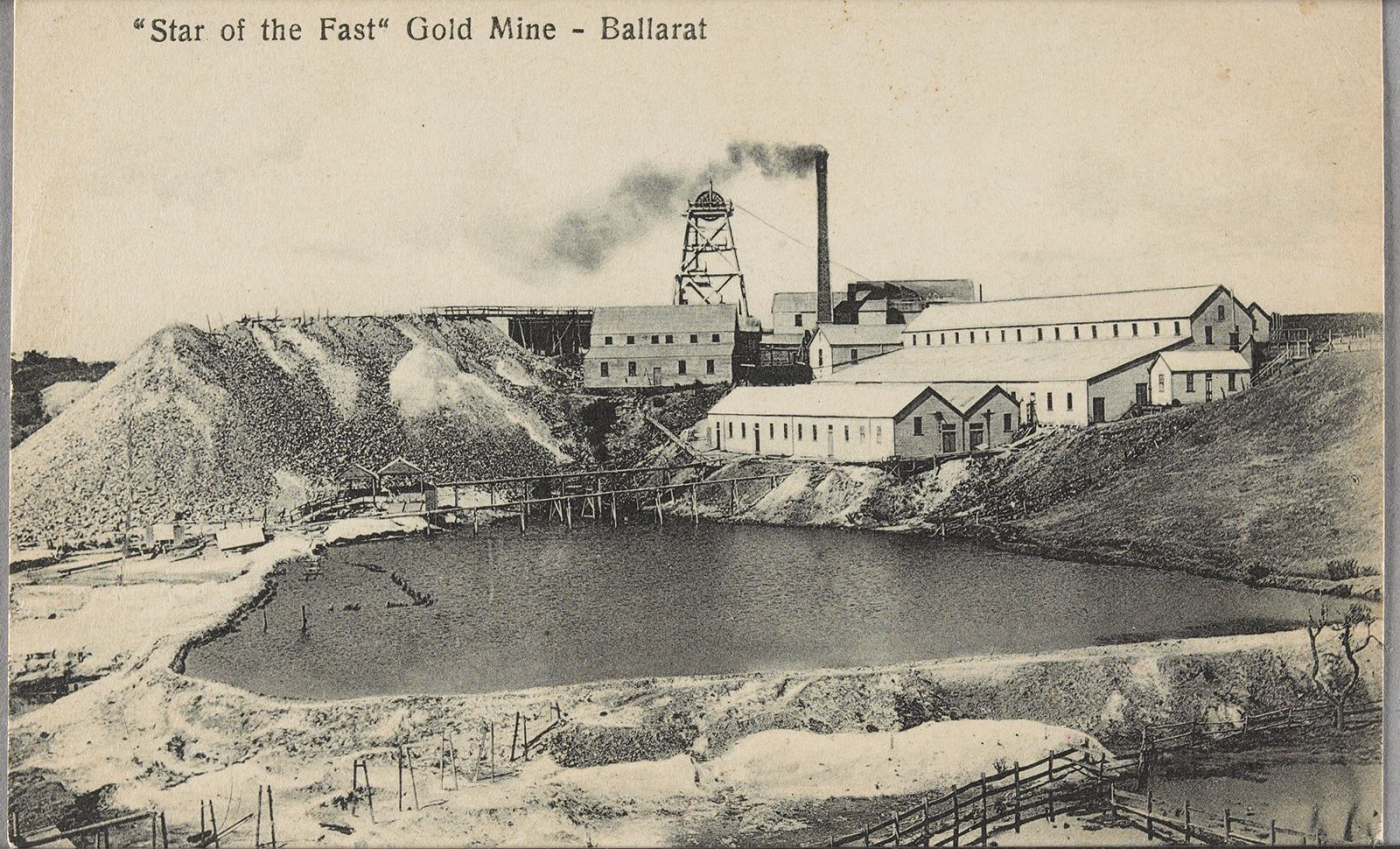
![Battery house, Star of the East, Ballarat, J.H. Harvey, photographer, [between 1875 and 1938], lantern slide. (Source: State Library of Victoria)](https://www.hulballarat.org.au/cb_pages/images/Discover%20Historic%20Sebastopol/Photo%2053_%20Battery%20house%2C%20Star%20of%20the%20East%2C%20Ballarat.jpg)
